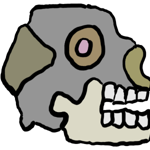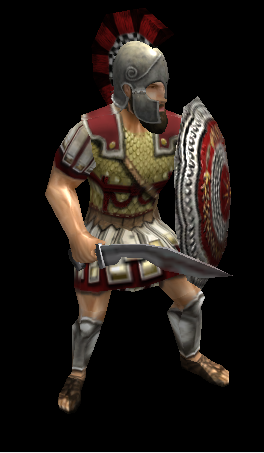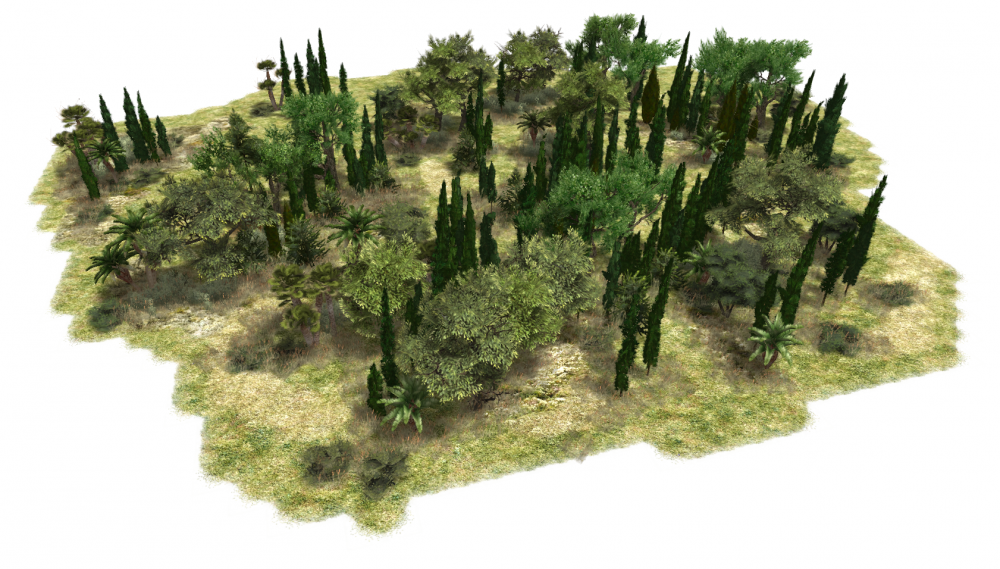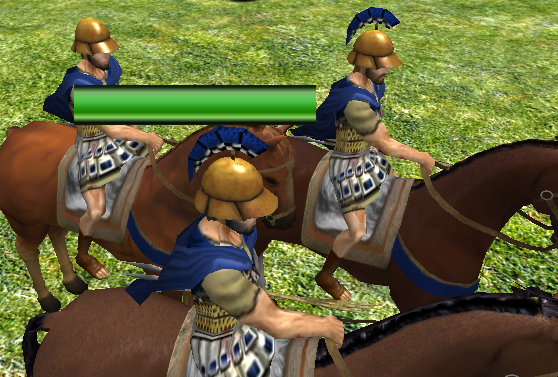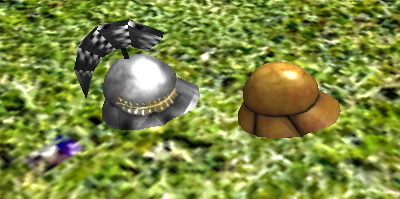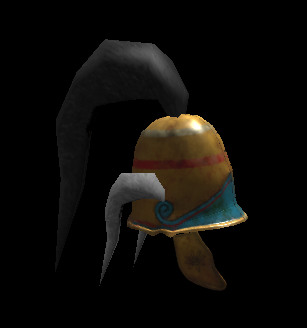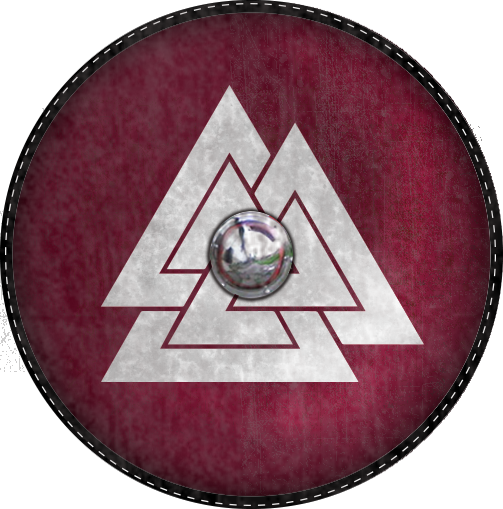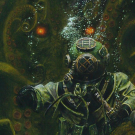Leaderboard
Popular Content
Showing content with the highest reputation on 2019-08-05 in all areas
-
9 points
-
5 points
-
Overview of the Thracians (I will edit this post through time to update the thing when I have the time): The Thracians are a mysterious group of different tribes, often mentioned in ancient sources and commonly known for their mercenaries but it is difficult to get a proper picture of what was the Thracian culture and how they lived. First, what are the Thracians? This is in fact an important issue because there are contradictory definitions depending on the point of view adopted. The most common definition is administrative, the limits of Thrace is based on the Roman divisions of their territories and the Thracians are simply the tribes living in this region (see the map below). This is good enough because most of the historical tribes are indeed in this region. But if we look from the point of view of the languages, there are connections between the Thracians and the Dacians and between the Thracians and the Illyrians. It seems that the case was ambiguous enough for Herodotos to conclude they are one of the most numerous population and most of the barbarian tribes north of Greece were belonging to the Thracians. Even up to the Crimea in other accounts, notably including the Getai/Getae. However, there is indeed a sharper linguistic group in the South of Thrace related to the historical Thracians and to their material culture. This group correspond to the tribes in front of the Aegean Sea, like the Bessi and the Odrysai. To sum it up, the concept of “Thracians” was very wide in the oldest accounts and became narrower through time to become restricted only to the Southern Thrace. This follows the historical interactions of the Thracians with the Hellenistic world. Prehistory The beginning between the Greek, the Scythians and the Persians The Odrysian kingdom The remnants invaded Buildings and architecture Housing Xenophon (Anabasis 7.4) describes fighting in Thracian villages near Perinthus in 399. His comments on the settlements are vague, but are certainly consistent with the remains of small villages found at Vinitsa, Brestak, and Devnja. Vinitsa was a fourth-century hamlet of twenty or twenty-five one-roomed rectangular wattle-and-daub huts. The roofs would have been pitched and made of thatch. The huts ranged from 3×3 m to 4.5×4.5 m, and most were “Halberdhütten,” in which the floor level inside the hut had been dug out some 30–90 cm deeper than the ground level outside, to give more headroom. Most huts had a small internal hearth in or near one corner, and an oven built against an outside wall, often under a simple lean-to. There were numerous round pits, some for garbage, but most for grain storage. These villages would have had 100–200 inhabitants. There were also some bigger and longer-lived sites, such as Shoumen, which was partly protected by double stone walls; and recent work at Adjiyska Vodenitsa (an emporion called Pistiros) has revealed houses built from monumental stone blocks. This site was bigger than Shoumen, and may have been a princely seat within the Odrysian kingdom (while being as well a commercial center for the Greeks). There had been Greek cities on the Black Sea coast at Apollonia, Mesembria, Odessos, and Histria since Archaic times, but most Thracians went on living in tiny villages. As with the handmade pottery, it was only in Hellenistic times that traditional ways changed significantly. Philip II founded cities at Beroe, Kabyle, and Philippopolis in 342/1, and Aegean-style urban life began to penetrate Thrace. Late in the fourth century, the Thracian rebel Seuthes established Seuthopolis. This small town was filled with very Greek-looking large courtyard houses, but they were organized around a distinctively Thracian palace complex. The houses had mudbrick walls on low stone foundations, faced with plaster on lath, and tile roofs. In the third and second centuries, the kind of villages Xenophon had seen became less common in southern Thrace. Cannot find any sketch of these huts described above so here some random Iron Age examples of pit-house and wattle-and-daub houses (up to 3D artist to do whatever he wants from the description): Pistiros - Adjiyska Vodenitsa "Seuthopolis provides a good example of a manifest regularity, repeated in many settlements that become prominent political centers and seats of members of the high aristocracy; developed quickly, often without continuity with earlier settlements in the same locality, within a short time they become central in the settlement hierarchy. Many such sites, however, lose their importance equally quickly or come to an end, as their livelihood was evidently closely bound to that of their founders and the political structures created by them. The duration of settlement occupation at Vasil Levski, Krastevich, Seuthopolis, and Sboryanovo was brief, ranging from a few decades to slightly more than a century. In the last decade, in fact, the issue of whether or not some of the settlement forms widely distributed throughout Thrace ca. second half of the 1st millennium bce were in fact royal residences has undergone an important development. Various ancient authors mention fortified small places, “thyrseis,” that have been interpreted by modern scholars as towers or residences which served as “permanent homes of the Thracian aristocracy” or a “typical kernel of urbanization in Thracian settlement life” (Fol 1970, 166–168, with summary of the ancient sources). For a long time, this specific element of the Thracian settlement structure has had no convincing archaeological counterpart or, alternatively, the architectural complex excavated on the shores of Mandrensko Lake near Burgas was cited as a unique example (Dimitrov 1958; Balabanov 1984). The recent discovery of the residences near Kozi Gramadi (Khristov 2011, and earlier publications cited), Smilovene (Agre and Dichev 2010а, 214–217), Sinemorets (Agre and Dichev 2010b, 217–219), and Knyazhevo (Agre and Dichev 2013, 143–145) have revised this picture and confirmed the ancient sources. These compact architectural complexes are characterized by monumental architecture and often fortification; Knyazhevo is at present the only exception. On the other hand, the investigations at Sinemorets demonstrate that this settlement form, specific to Thrace, was in use not only in the heyday of early Thracian states, between the fifth and the first half of the third century bce, but also during the later stages of the Hellenistic period. [...] Undoubtedly the most prominent manifestation of centralization processes and stratification in the settlement system of Thrace arrives with the emergence of political capitals – the leading urban centers of various Thracian political formations. If southern Thrace has yielded the example of Seuthopolis, for northeastern Thrace such a role is played by the Getic city research has enabled some investigators to identify the Thracian settlement in Sboryanovo with Helis, the capital of the Getic ruler Dromichaetes – a political opponent of Lysimachus (Delev 1990; Stoyanov 2000b; Stoyanov in press, cf. Chapter 5). The image that the city boasted during the end of the fourth and the beginning of the third century bce corresponds to its leading position within the strong Getic state developed on both sides of Danube. In the fortified area of the settlement both residential and artisanal neighborhoods existed. Recent archaeological data show that, in the southwestern part of the fortified section of the city, the remains of a basileia – an internal quarter in which the ruling aristocratic elite resided (Stoyanov in press) – can be identified. Numerous residential neighborhoods and other urban areas of commercial and manufacturing character were located outside the city walls, with the total area of the city exceeding 30 ha. Archaeology shows that the city was destroyed by an earthquake in the middle of the third century bce. Attempts to resurrect it failed to restore its previous role. The site at Sboryanovo does not seem to have followed in its development the main trends outlined on the basis of the settlements of higher rank located in southern Thrace. The site’s excavator rightly notes that, in its development of the individual elements of its urban character, architectural forms, and construction techniques, the settlement diverges from the rules of Greek and Hellenistic architectural features, which had been directly imported in some centers south of Stara Planina, but rather shows a regional variation of local development (Stoyanov 2006; Stoyanov in press)." Sinemorets For the fortress of Shumen, this is a place occupied for a very long time and most of the construction are actually medieval I think. A picture of the site is not useful in our case. I starting to understand why there are so little information about these fortresses: here, here and here. Nationalist fantasy everywhere Sboryanovo: Royal tombs (possible civic center or temple): Greek temples in Thracian towns (possible use as a temple?): Royal palace of Seuthopolis (inhabited between 325 to 281 BC): Walls and fortifications: Getae sanctuary: Dacian sanctuaries (actually they are not similar to the Getae and Thracians): Rock-cut monument: Roster: Early Peltast/Akontistai or Highlander Thracians (Triballi, Dii, Serdi, etc.) as described by Xenophon: Archers: Dii swordsmen/machairaphoroi (highlander Thracians): Noble spearman or Noble spear cavalryman: Light cavalry: Light noble cavalry: Getae Horse archer: Celtic influenced Noble Thracians: Armor: Artillery and fortifications: rhomphaia infantryman: "They were tall men armed with white shining shields and greaves, underneath dressed with black chitons, swaying on their right shoulders raised upwards heavy iron rhomphaias." - Plutarchus "And the Thracians could not even use their rumpias here, which, being too long, intertwined with the stretching from everywhere tree branches." - Livy4 points
-
Thanks for the reaction @Stan`! And glad it worked out for you @wowgetoffyourcellphone, sorry for the delayed reaction, I was AFK for the weekend In the first template in the inheritance one should use (something like): <?xml version="1.0" encoding="utf-8"?> <Entity parent="template_unit"> <Identity> <Phenotype datatype="tokens">Child</Phenotype> </Identity> <VisualActor> <Actor>units/athenians/{phenotype}_citizen.xml</Actor> </VisualActor> </Entity> This will replace all {phenotype} occurrences in the visual actor (as well as in sounds) with "child". <?xml version="1.0" encoding="utf-8"?> <Entity parent="template_unit_support"> <Identity> <Phenotype>Male Female</Phenotype> </Identity> <VisualActor> <Actor>units/athenians/{phenotype}_citizen.xml</Actor> </VisualActor> </Entity> This will randomly choose between the two given phenotypes. You have to make sure the Actor for all these entities (units/athenians/male_citizen.xml and units/athenians/female_citizen.xml) exist. Using: <?xml version="1.0" encoding="utf-8"?> <Entity parent="template_unit_support_citizen"> <Identity> <Phenotype datatype="tokens">Child</Phenotype> </Identity> <VisualActor> <Actor>units/athenians/{phenotype}_citizen.xml</Actor> </VisualActor> </Entity> will add the "Child" to the list of possible phenotypes. (So that will become "Male Female Child".) A notion to all (template) modders: <Gender> is to be replaced with <Phenotype>! @Exodarion @darkinterloper @borg- @Nescio @Angen @(-_-) @Trinketos (And everyone else I did not mention.) Any questions? Please ask!3 points
-
3 points
-
By: Le Druide Gaulois. To the left there are 2 different sets for houses, a farmstead and a scout tower, and to the right different models for a civic centre. I like more the first one (civic center). I will try to made my own art concept3 points
-
3 points
-
The Low Poly Patch has been updated for those with lower end PC's: https://www.moddb.com/mods/hyrule-conquest/downloads/low-poly-patch13 points
-
2 points
-
2 points
-
A little update about the mod behavior. Here is the typical AI city layout with the mod. No change has been made to the AI. Since the AI apparently used to play AoE2 often, it's a tradition to build farms adjacent to Civil Center, even though this is not historically accurate at all. Houses clustered together, which is good, but they build them next to mines, which is bad. 17 houses got them 138 total population. This is me, trying to optimize population cap. I tried plotting a realistic city. Civil Center surrounded by houses, with public places such as temple and market nearby. Farms and storehouses were built on hillside, barracks and blacksmith on the forefront. With only 14 houses in, I've already got 143 population cap, which is 5 population (=1 house) more than a city with bad design. So in conclusion, the mod seems to work as intended. Although now that I think about it, without mod 17 houses combined with initial population would only get you 105 population, so even without understanding city planning the AI still able to get 33 pop bonus, which is about 7 houses. I probably should tweak the effects more to not drastically changes the existing economy.2 points
-
2 points
-
2 points
-
Yup, last time it was fixed by assigning weights to some vertex on the gastaphrete. Not on holiday, yet anyway just on a break, which is getting harder to hold these days.2 points
-
2 points
-
The Germans Cimbri, Suebians, Goths https://github.com/JustusAvramenko/delenda_est/commit/74653b71376ba38593f675e4051586769292b59b https://github.com/JustusAvramenko/delenda_est Need halp from our resident historians, artists, and reference gatherers. Units Since the Suebi were a tribal confederation, units will have tribal designations, for example: Marcomanni Spearman, Quadi Light Cavalry, etc. Goths will represent the "later" Germans, with round shields, more helmets, more chain mail, greater cavalry. Suebian units look like "early" Germans, with hexagonal shields, fewer helmets, less chain mail, greater reliance on infantry. Basic units - Bare chested or Animal hide. Pants. Shield. Weapon. No helmet. Advanced units - Shirt. Pants. Shield. Weapon. No helmet. Elite units - Shirt. Pants. Cape. Shield. Weapon. Simple Germanic helmet. Champions and Heroes - Heavy body armor. Germanic helmet. Suebian Heroes Ariovistus Leader of the Suebi and other allied Germanic peoples in the second quarter of the 1st century BC. He and his followers took part in a war in Gaul, assisting the Arverni and Sequani in defeating their rivals, the Aedui. They then settled in large numbers into conquered Gallic territory, in the Alsace region. They were defeated, however, in the Battle of Vosges and driven back over the Rhine in 58 BC by Julius Caesar. https://www.wikiwand.com/en/Ariovistus Maroboduus King of the Marcomanni, who were Germanic Suebian people. He spent part of his youth in Rome, and returning, found his people under pressure from invasions by the Roman empire between the Rhine and Elbe. He led them into the forests of Bohemia, adjacent to the Quadi who already lived nearby, and established a large alliance. https://www.wikiwand.com/en/Maroboduus Ballomar Leader of the Marcomanni. At first a Roman client ruler; during the first Marcomannic War he formed an alliance with other Germanic tribes and invaded Italy. https://www.wikiwand.com/en/Ballomar Arminius Was a Roman officer and later chieftain of the Germanic Cherusci tribe who is best known for commanding an alliance of Germanic tribes at the Battle of the Teutoburg Forest in 9 AD, in which three Roman legions under the command of general Publius Quinctilius Varus were destroyed. His victory at Teutoburg Forest would precipitate the Roman Empire's permanent strategic withdrawal from Magna Germania. https://www.wikiwand.com/en/Arminius Found in the Mercenary Camp. Goth Heroes Alaric I History Wiki Link Theodoric I History Wiki Link Theodoric the Great History Wiki Link Buildings All wooden, less health than "standard" civs. "Walls" are a wooden stockade, halfway in strength between palisades and stone walls. "Fortress" is wooden. Building "shapes" should roughly follow Empires Ascendant standard, but with a Germanic veneer or aesthetic. There can be some unique exceptions for visual variety however. Maybe houses are longer than they are wide with a rectangular footprint, in contrast to other civs whose houses generally fit a square footprint. Suebians Rally Point Flag General Look References Civic Center House Storehouse Farmstead/Corral (combined building) Dock Market Temple Glory Statue Forge (aka "Blacksmith") Defense Tower Barracks Stable Archery Range Great Hall (Special Building) Siege Workshop Fortress Town Walls Wonder Goths Civic Center House Storehouse Farmstead/Granary Dock Temple Glory Statue Forge (aka "Blacksmith") Defense Tower Barracks Stable Archery Range Siege Workshop Fortress Town Walls Wonder Gameplay Suebians still use standard territorial gameplay, but have an ox cart dropsite. Later Goths will have more of a nomadic gameplay (like Huns or Scythians) with no territory. It would be interesting if Hyrule:Conquest's hero selection UI could be used to "split" the Goths into Visigoths and Ostrogoths. Art Needed Each one needs its own civ emblem. Unit head models with the "Suebian Knot" and beards for the Suebian units. New unit body and shield textures. Some new helmet models. New building art set.1 point
-
1 point
-
There is a huge difference between leaving the game as soon as the player "breaks the rules" of your game / waiting until the end of the game to see if you can win, and quit.1 point
-
1 point
-
I update the last post. Is hard to difference for gameplaywise.1 point
-
It´s not impossible, just have to adjust to how are the desings of the buildings in the game, i can make a barrack 100% unique and different for the germans respecting the historical rigor.1 point
-
@Freagarach, thank you for the explanation and examples. (Perhaps it should be added somewhere in the trac wiki?) I think I now understand how it works and why <Gender> was replaced. I'm not sure phenotype is the most appropiate term, but I can't think of anything better, so I won't complain about that. I'm not sure, but I suppose the lion and lioness templates could now be merged. (And it would be extra nice if someone would create a lion cub actor—note that they have spots!)1 point
-
1 point
-
1 point
-
I'm waiting the next.... ----- Any rule of plautus is no reason to ban or punish DuneDan.1 point
-
Wow that's a loong read but worth it, @Lopess. @Monder87 is insanely talented, making the mod with such depth I can only hope. It has different purpose compared to my mod though. His mod aims to realistically simulate economy, while my economy phase was initiated merely to support my building placement mod. I think it's best that I focus on enhancing my building placement phase, perhaps later I could integrate his mod into mine to make some kind of ultimate city building simulation game. I still can't run the mod though, too many error messages. Perhaps it was made with nightly base? Thanks for the suggestion, @asterix. I envision the money to be tradeable and barterable just like any other resources though, so no further modification needed for now. It's amazing how the AI catches up with added resource, they quickly buy food with coins when they are about to train masses of soldiers.1 point
-
1 point
-
Not quite sure what you mean, but I suppose you know what you're doing. Which ones specifically?1 point
-
About the possible units that this faction could have: MELEE INFANTERY: - Spearman (basic, advance, elite) - clubman (basic, advance, elite) - Axeman (basic, advance, elite) MISSILE INFANTERY - Archer (basic, advance,elite) - Javelinist (basic, advance,elite) - Slinger (basic, advance,elite), debatable MELEE CAVALRY - spearman cavalry (basic, advance, elite) MISSILE CAVALRY - Javelinist cavalry (basic, advance, elite) CHAMPION - Swordman (noble germanic infantery) - Berserker (debatable) - Women archer - Noble cavalry spearman SIEGE - Mechanical siege ram1 point
-
Thanks for the corrections, its hard to find art concept about germanic tribes1 point
-
Got it to work, thanks! <?xml version="1.0" encoding="utf-8"?> <Entity parent="template_unit_support_citizen"> <Identity> <Civ>theb</Civ> <Lang>greek</Lang> <SpecificName>Polites Thēbaios</SpecificName> <GenericName>Theban Citizen</GenericName> <Icon>units/athen_support_citizen.png</Icon> <SelectionGroupName>units/{civ}_support_citizen</SelectionGroupName> </Identity> <VisualActor> <Actor>units/athenians/{phenotype}_citizen.xml</Actor> </VisualActor> </Entity>1 point
-
The Phenotype tag which replace the previous Gender tag, can be now have tokens. Once there is more than one token it will pick one randomly. Note that tokens are also inherited see https://trac.wildfiregames.com/changeset/22611 Then in the actor name you will be able to specify the {phenotype} tag for the engine to replace Assuming this in the Identity component <Phenotype datatype="tokens"> male female</Phenotype> And this in the actor <Actor>units/britons/{Phenotype}_villager.xml</Actor> Will be replaced by <Actor>units/britons/male_villager.xml</Actor> <Actor>units/britons/female_villager.xml</Actor> An official post could be made maybe by@wraitii or @Freagarach like the one I made for breaking changes.1 point
-
I really don't see what's the misunderstanding, just resign in a rated game and you won't break the rules. This rule is literally written in the lobby, it's not like it is hidden or something. If it isn't a rated game then of course he didn't violate the TOS then.1 point
-
1 point
-
1 point
-
Exactly. The fear to lose for some players is kind a shame.1 point
-
1 point
-
1 point
-
1 point
-
Commited! Note: My distribution was following the helmets the infantry already used before update. Nonetheless if any other distribution for exclusive faction can be arranged proceed with the fix.1 point
-
1 point
-
The followup (rP22527/D1938) has also been committed. This change means that not every damage type needs to be stated in all the templates (an armour of "0" is assumed against a non-declared damage type). No extra template changes are needed following this change. Questions? Please ask1 point
-
I don't know if it has been announced yet but there has been a bug-fixing patch for the latest update to Hyrule Conquest. https://www.moddb.com/mods/hyrule-conquest/downloads/hotfix-patch-for-051 point
-
I know this is pretty old (and the only topic i found on this) but I made a few of the steam grid images The one I made on the left is inspired by Total War Rome 2 if you couldn't tell.1 point
-
0AD's timeframe doesn't make any sense and cuts straight through major historical periods with no regard for anything but the birth of Christ, which is really weird for a historical game. Kingdom of Pontus (281 BC - 62 AD) is totally relevant to the current timeframe Parthian Empire (247 BC - 224 AD) is totally relevant for the current timeframe, but is one of many who's history is cut in half by the whole 500BC-1BC dogma. As Nescio said, they really belong in "Part 1" though. Sabaeans are super interesting (brilliant architecture) and relevant (war with Rome, incense, myrrh and spice-trade) and often overlooked. Nabataeans are also very interesting and relevant (architecture, politics, military) Going earlier, we could have the Iron Age Neo-Assyrian Empire (911BC - 609 BC, and Assyrians continued being militarily relevant until the Seleucids, rebelling against Achaemenid rule several times). Scythians... Let's not forget Scythians... They're super important, no matter what... And link the Eurasian steppe, opens the door to the Chinese and Xiongnu Greco-Bactrian Kingdoms are interesting (actual interplay with China, lots of interplay with India) Going earlier we could also have other relevant civs like Etruscans and late-period Egyptians. Extending the timeframe a little later (until the crisis of the 3d century, or even the sack of Rome), we could have Imperial Romans as a special 4th phase. Germanics. Axumites. Kushans, Tamils. Garamantes, Numidians and Thracians are also nice to have. I'd say forget about the mythical "Part 2" and develop Millennium AD as the new official "part 2", from c. 455 AD to 1492 AD: 0 A.D. Medieval Empires Ascendant Let "Part 1" be complete. Let it depict Iron Age Antiquity from the founding of Rome to the Vandal sack of Rome: 753 BC - 455 AD. "Part 3" could be Bronze Age (Aristeia). Ancient Egyptians, Babylonians, Hittites, Minoans, Mycenaeans etc...1 point

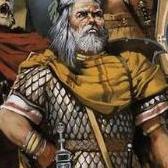

.thumb.png.ce58cea22940c255f5b0a735d5abee36.png)
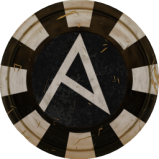
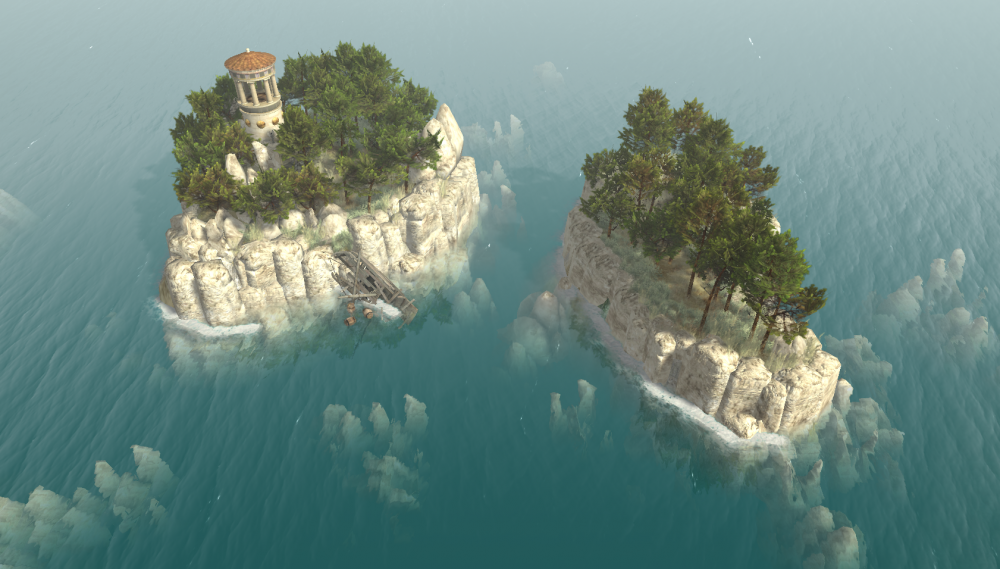
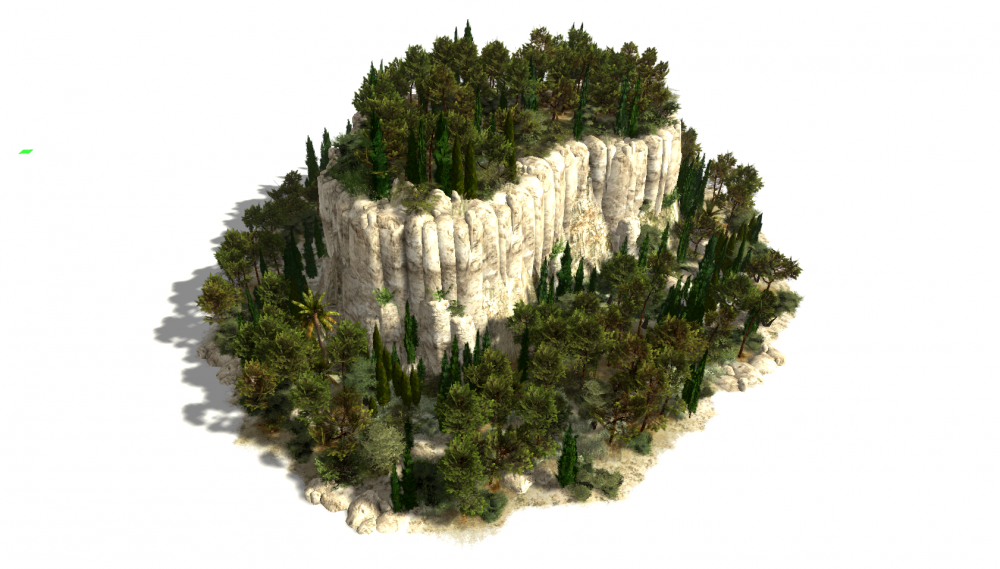
.thumb.jpg.b21ca1d0c15fb56b42c39b25a0a40815.jpg)
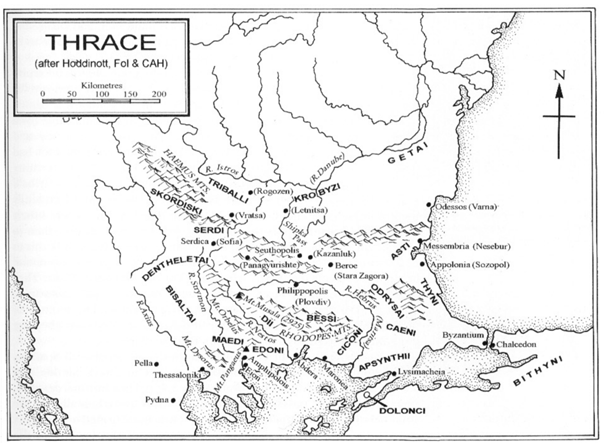
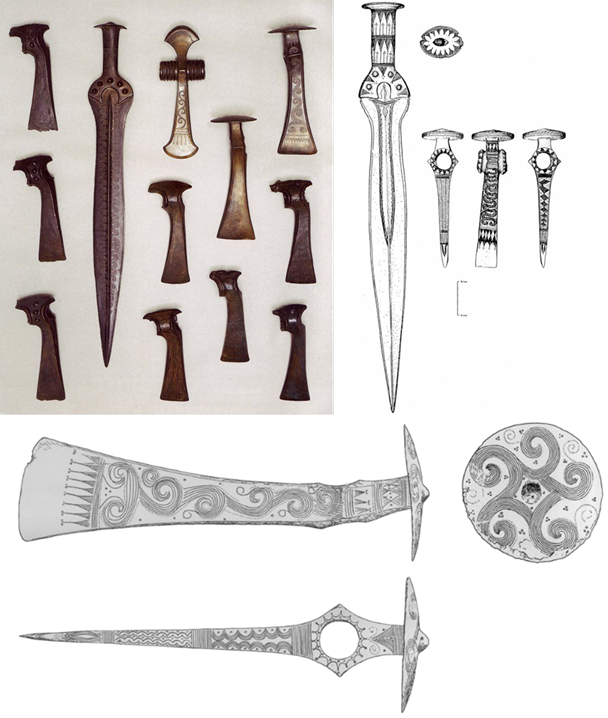
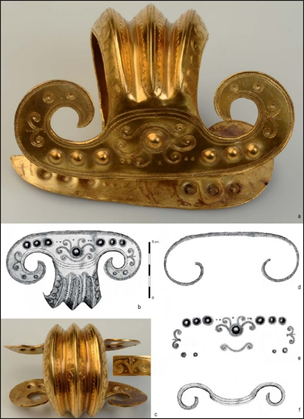
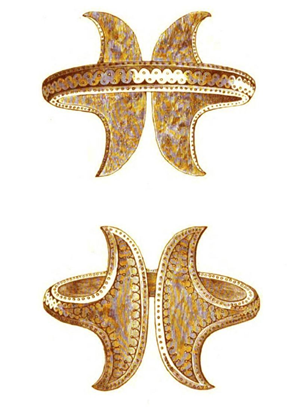
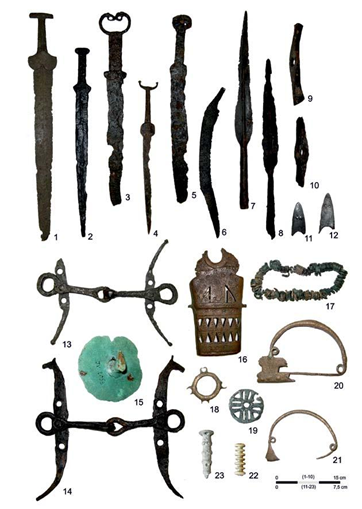
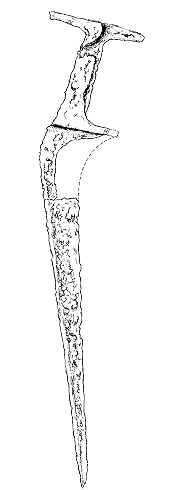
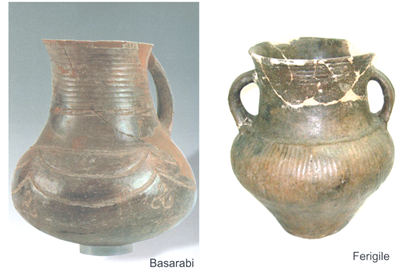
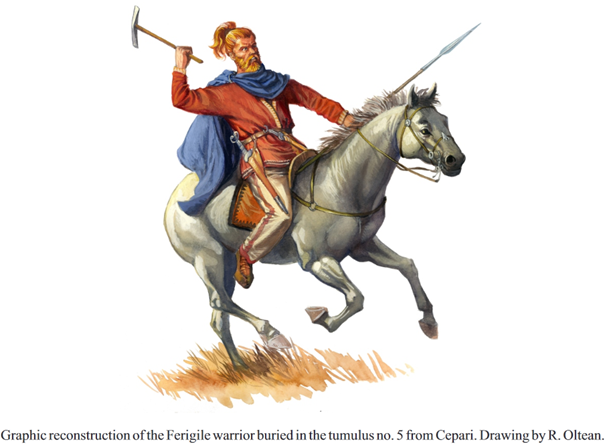
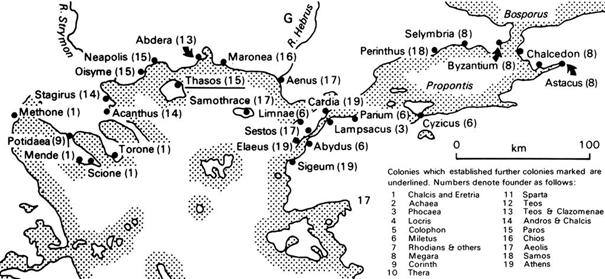
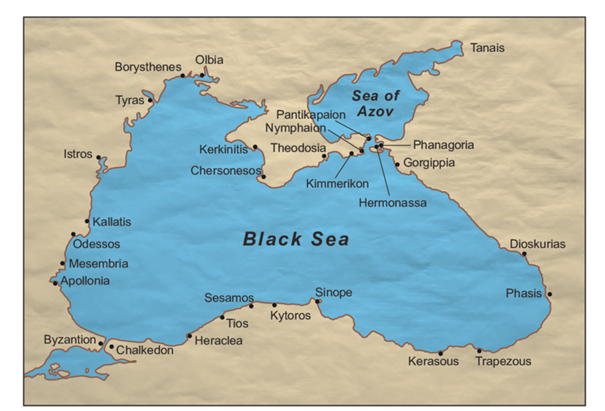
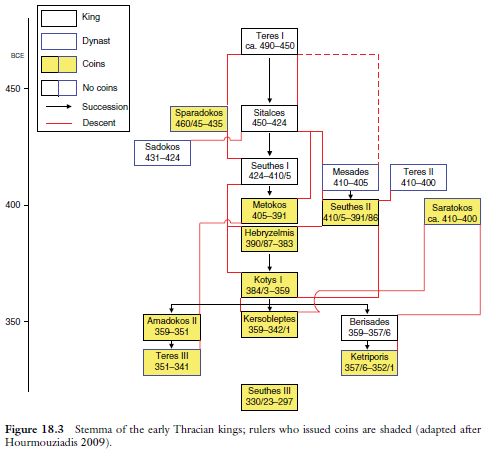
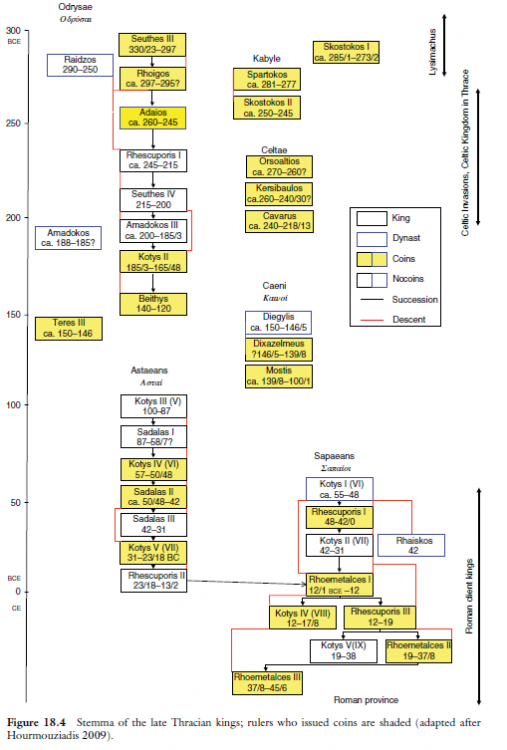
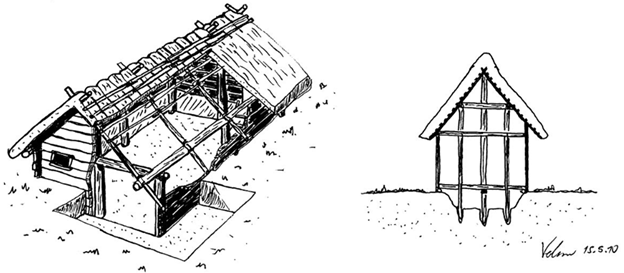
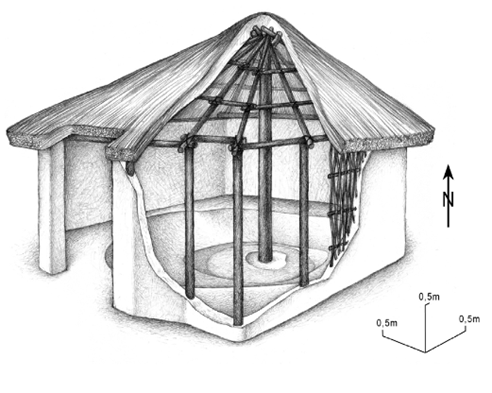
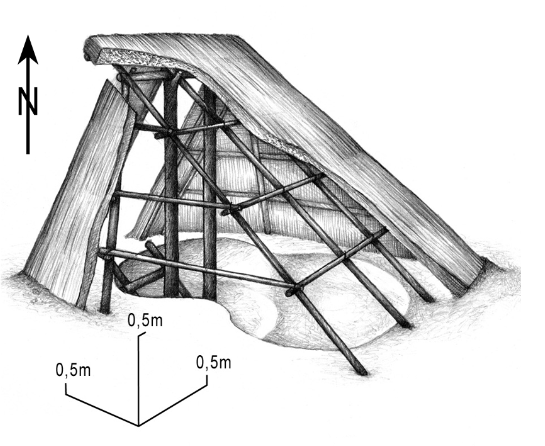
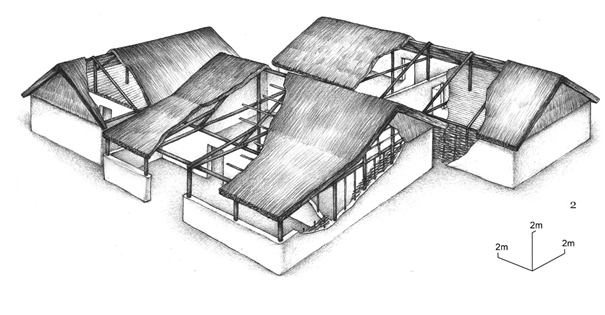

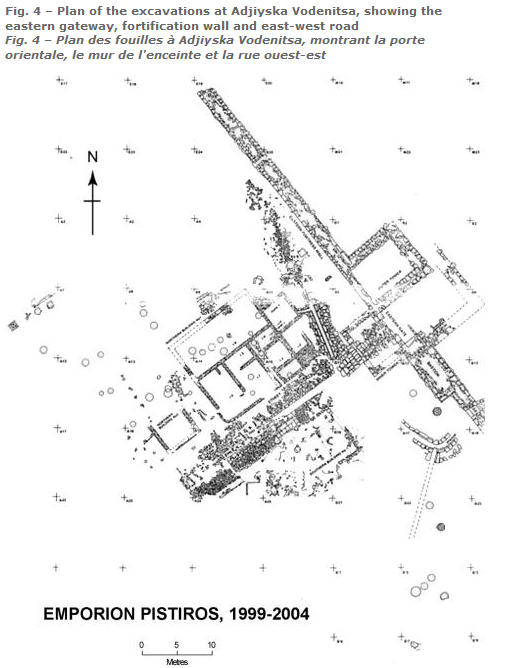
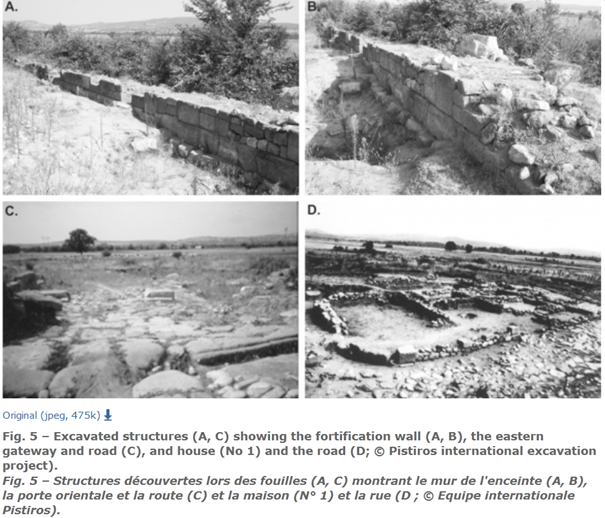
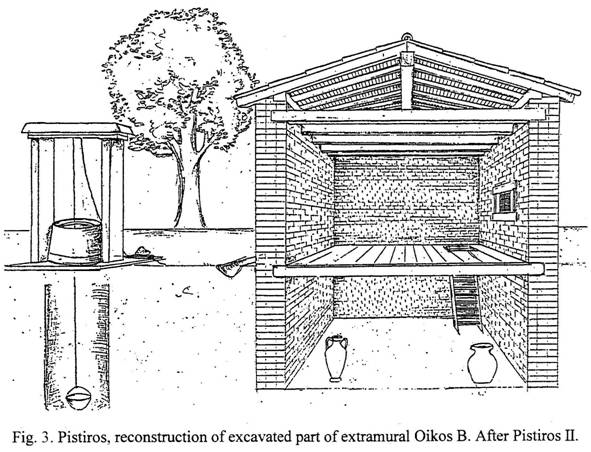
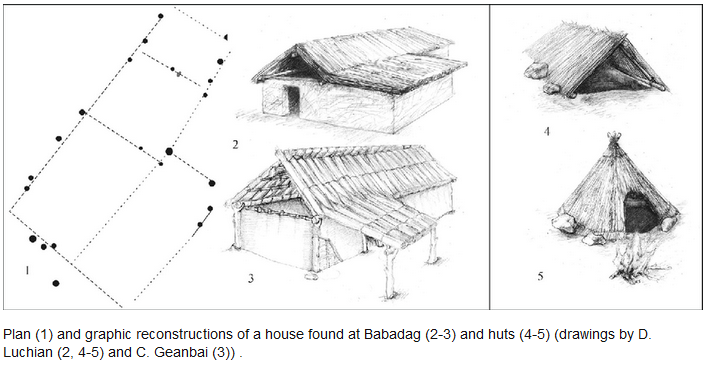
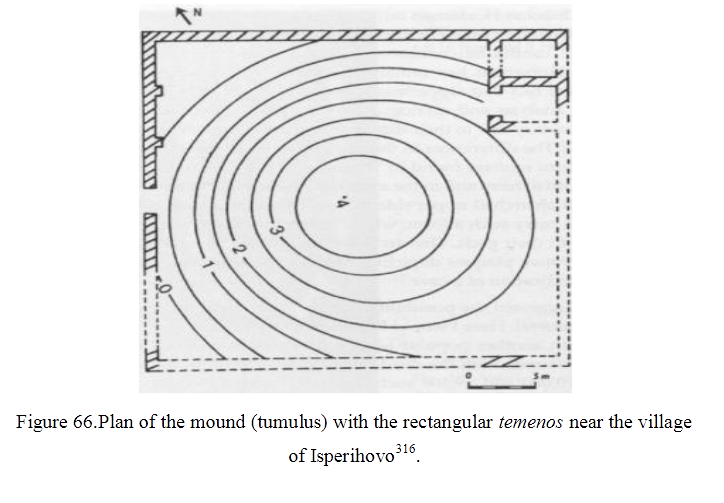
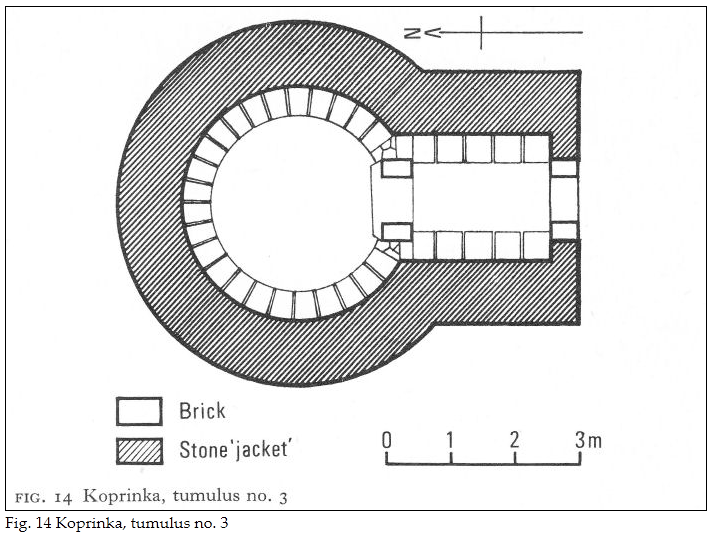
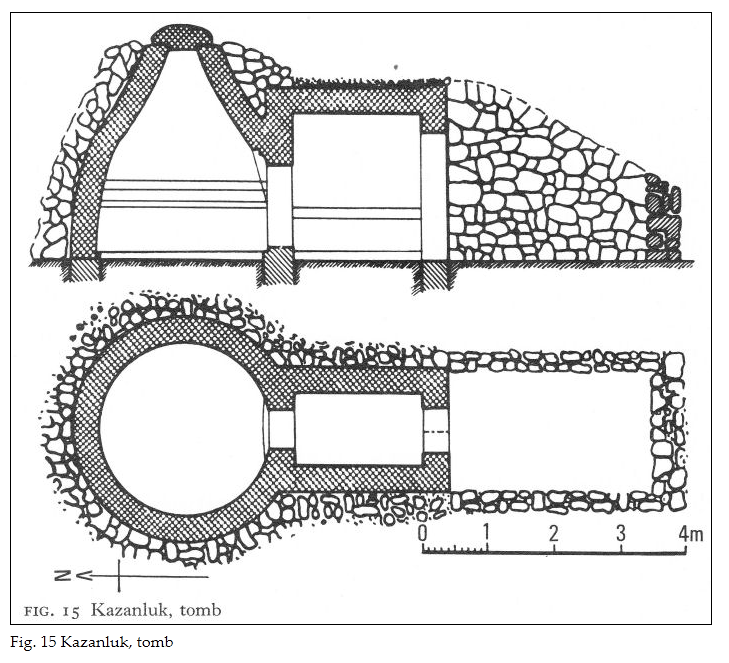
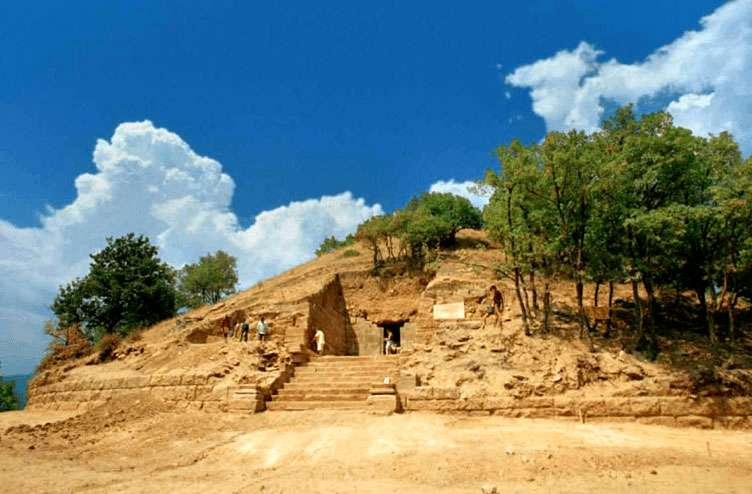
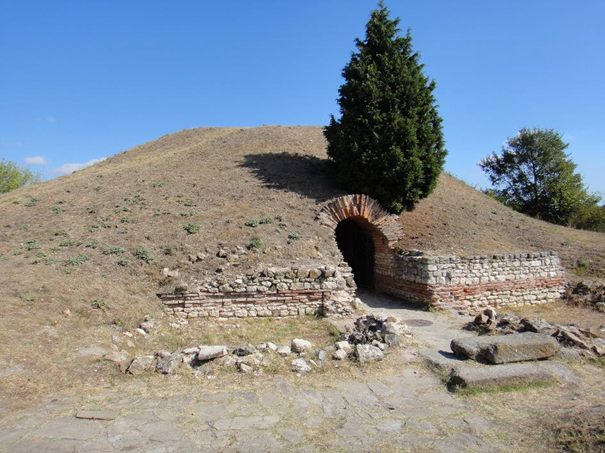
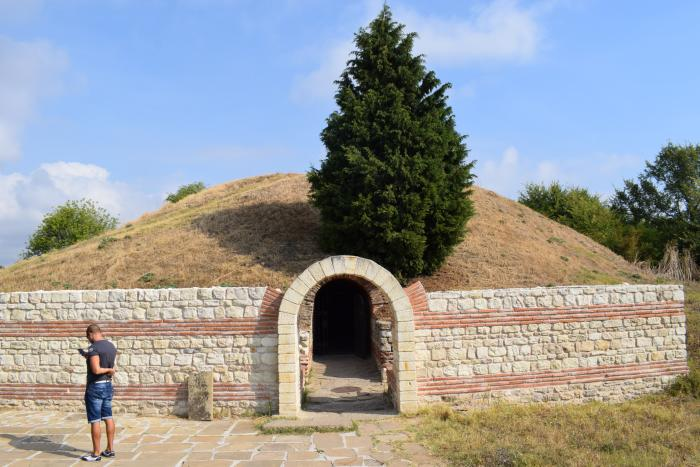
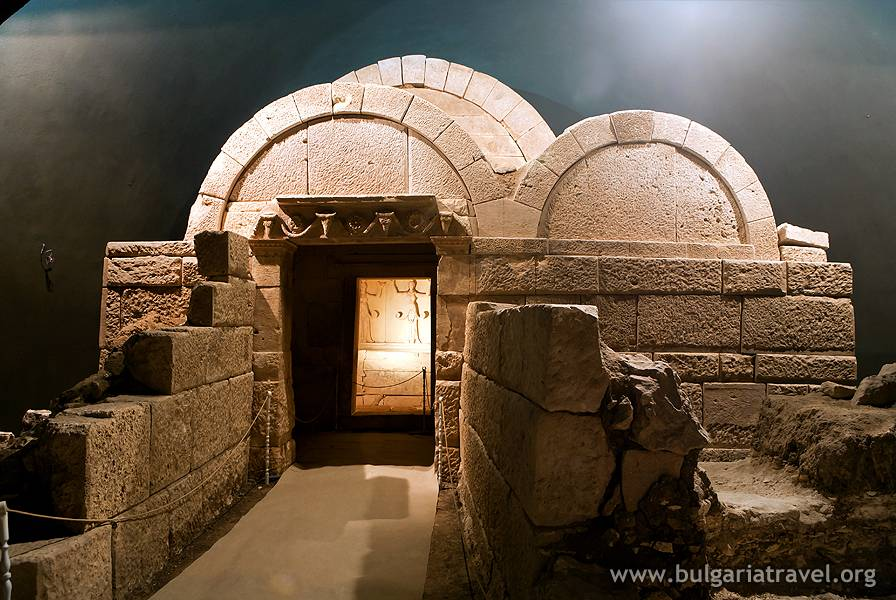
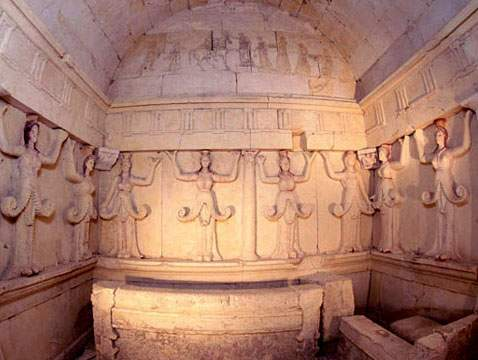
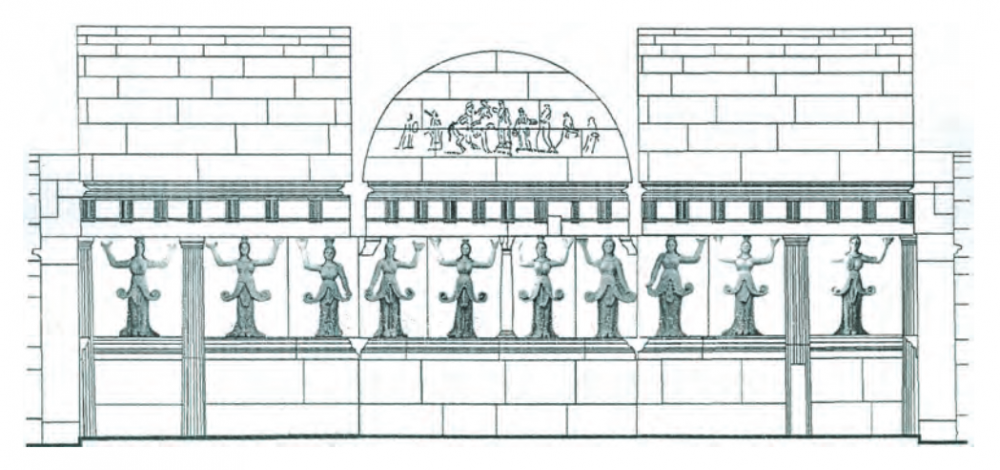
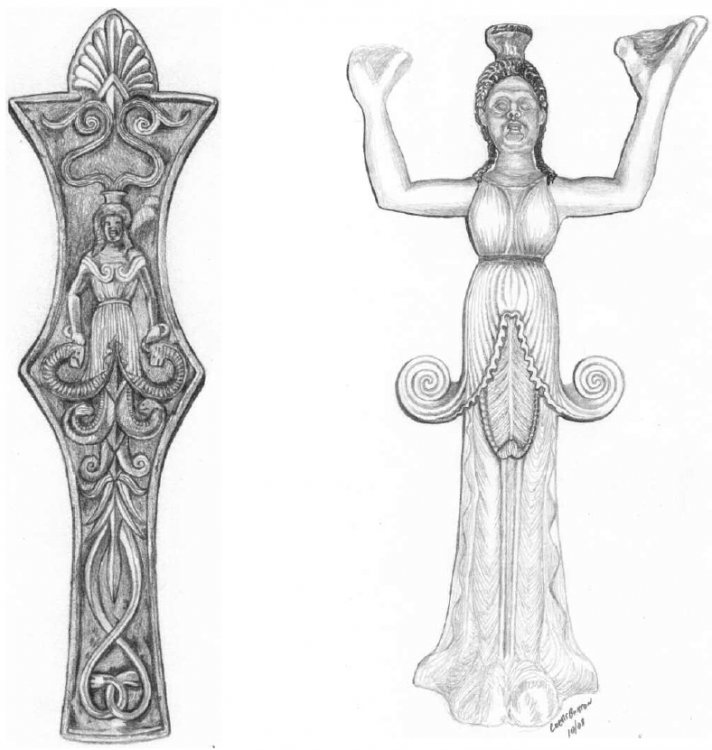
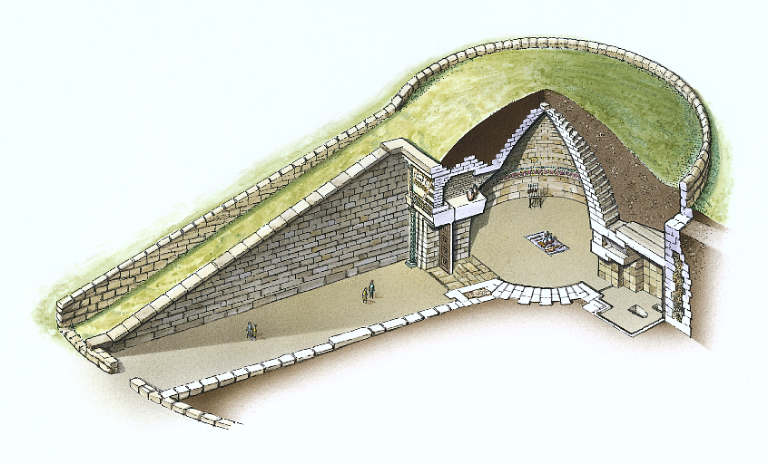
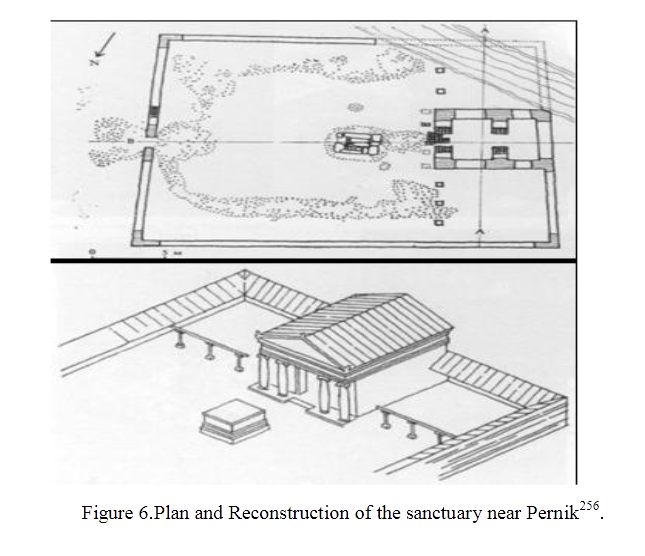
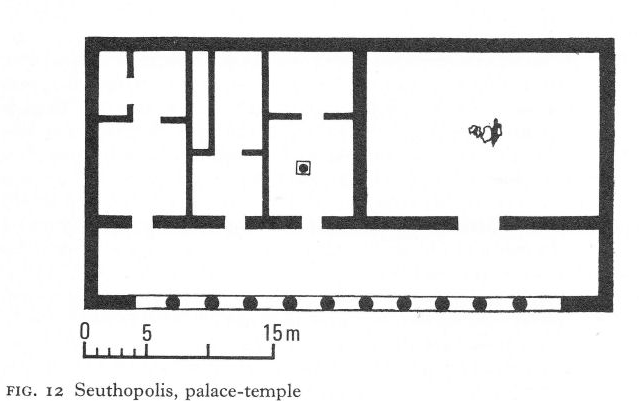
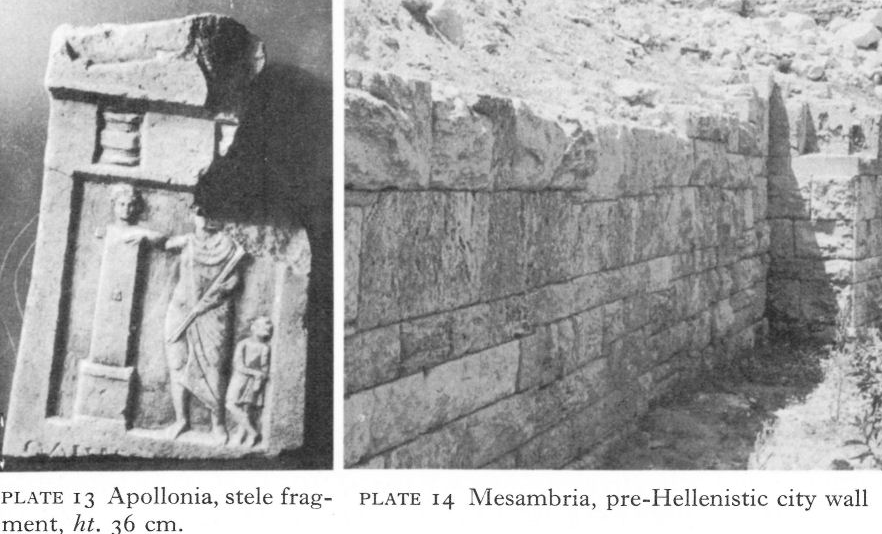
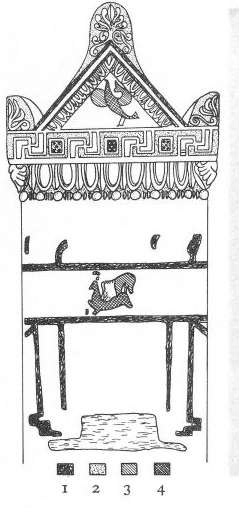
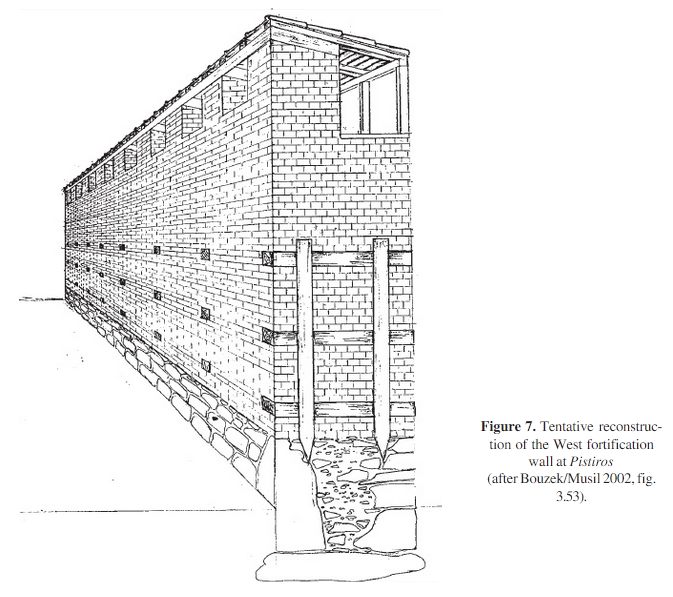
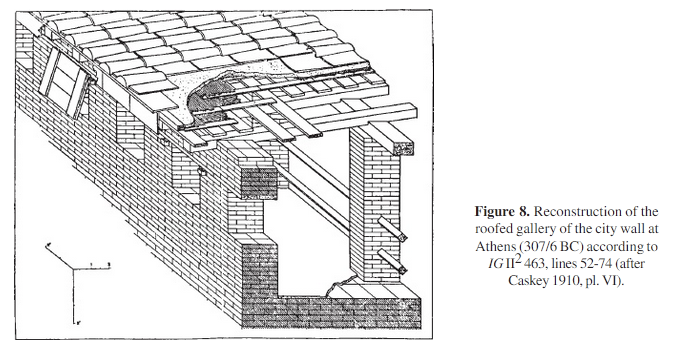
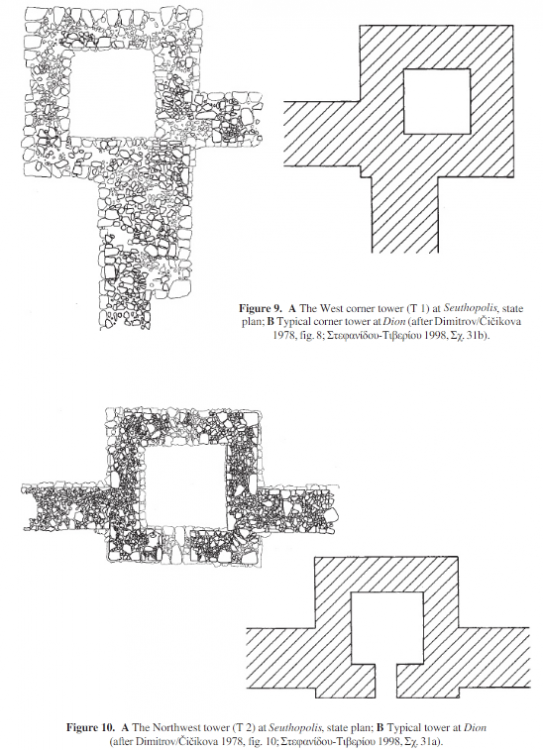
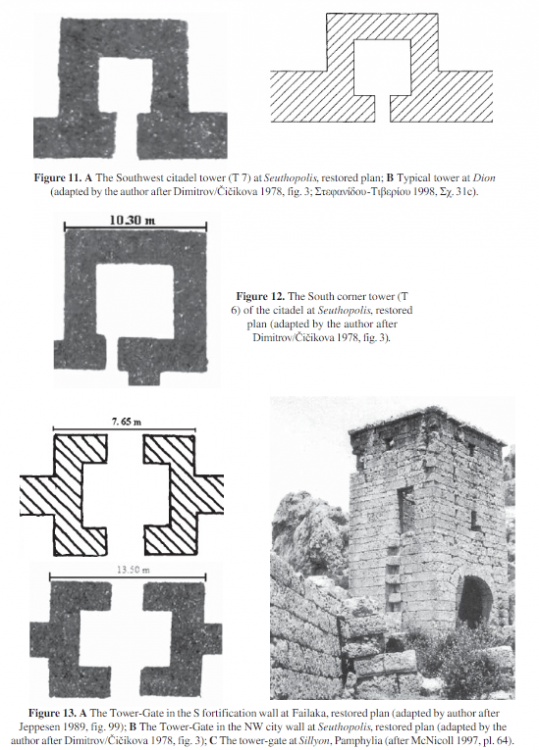
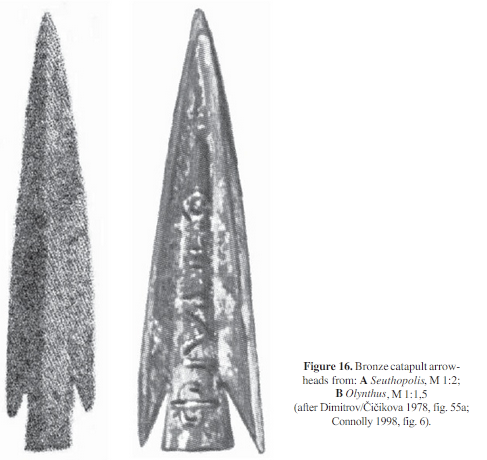
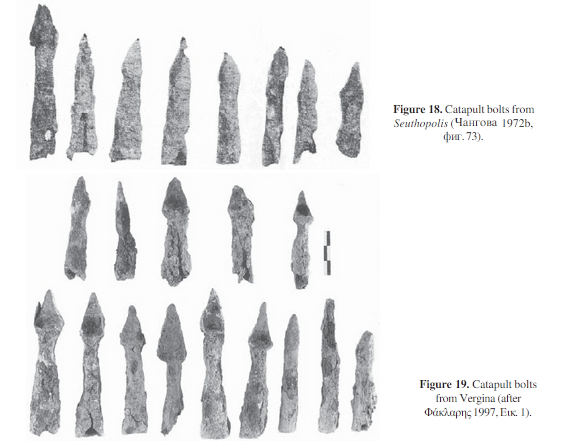
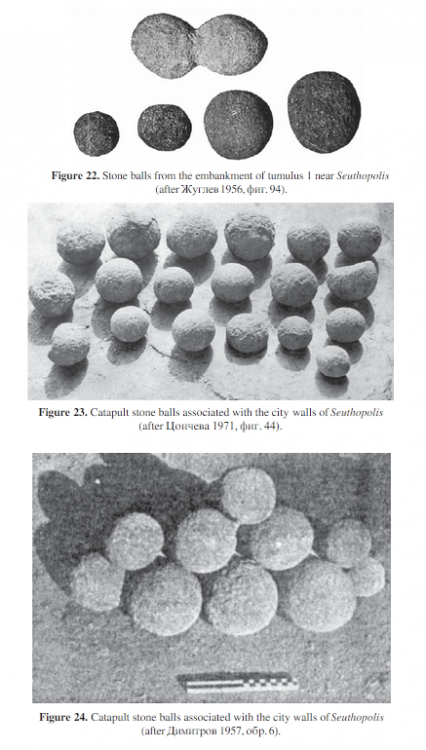
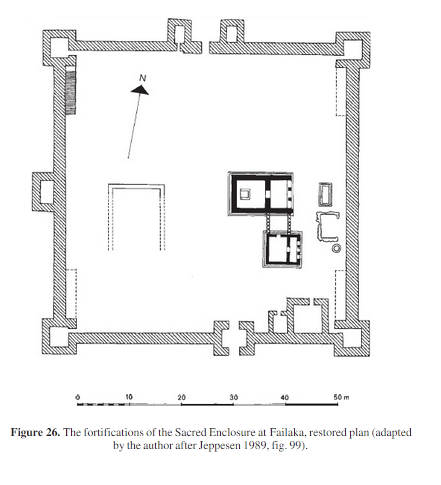
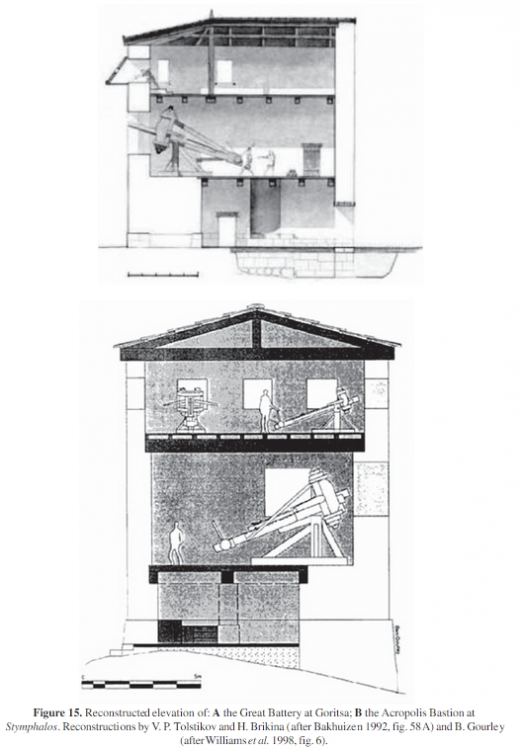
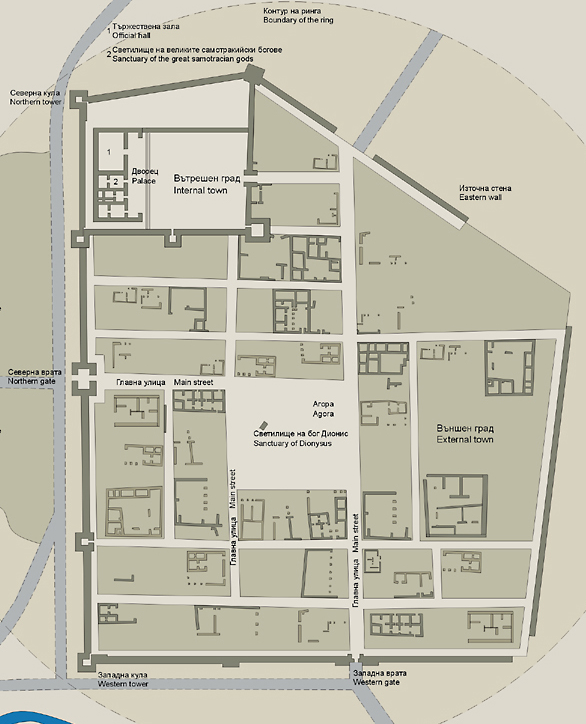
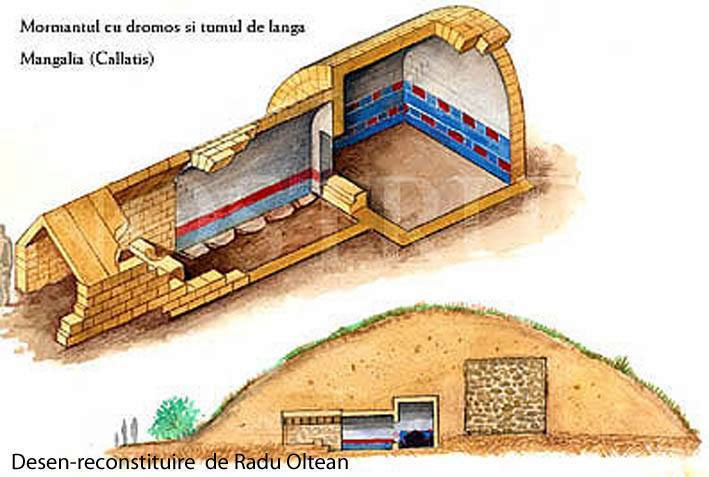
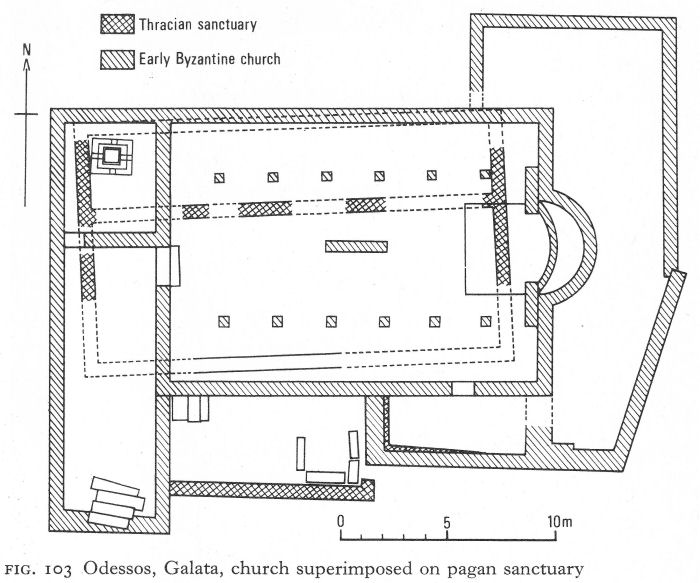
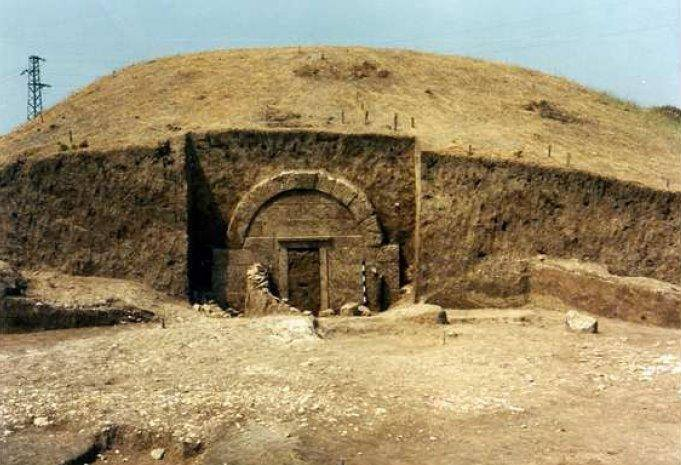
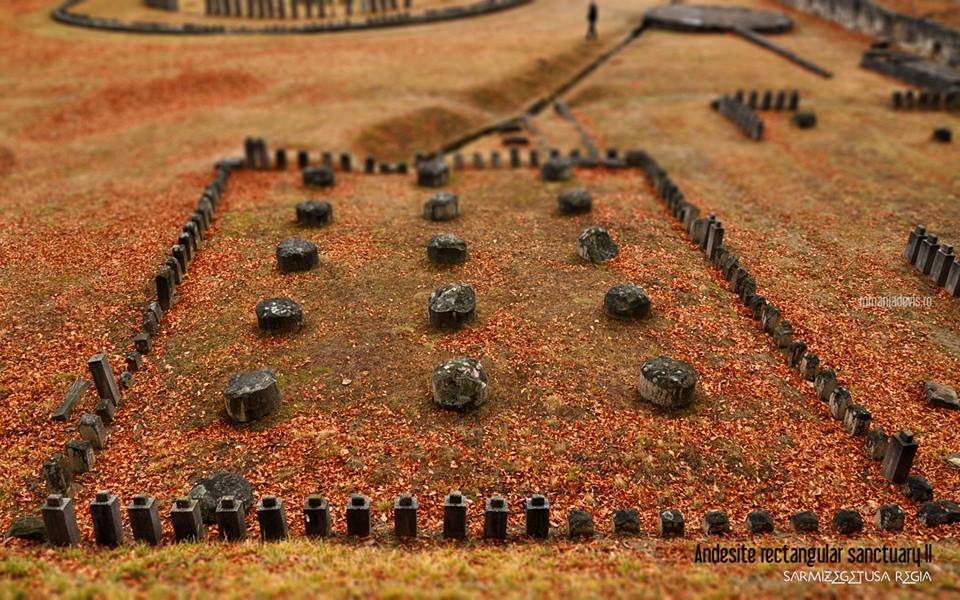
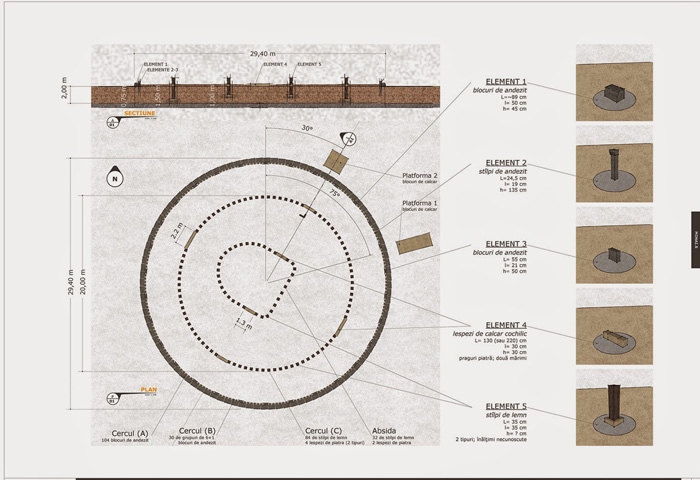
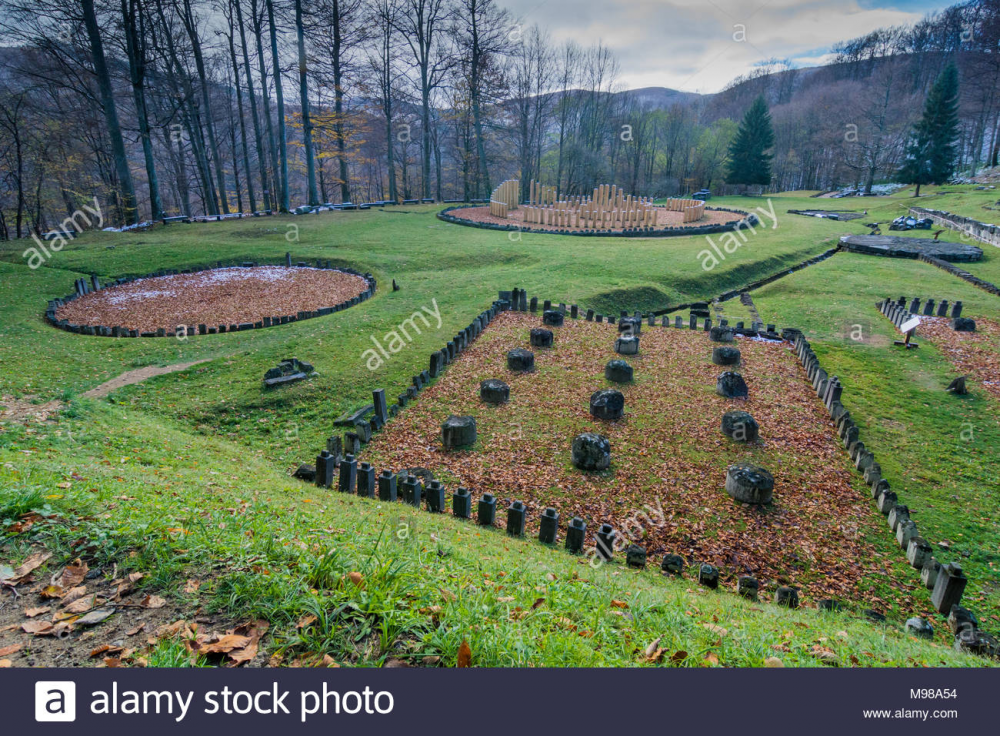
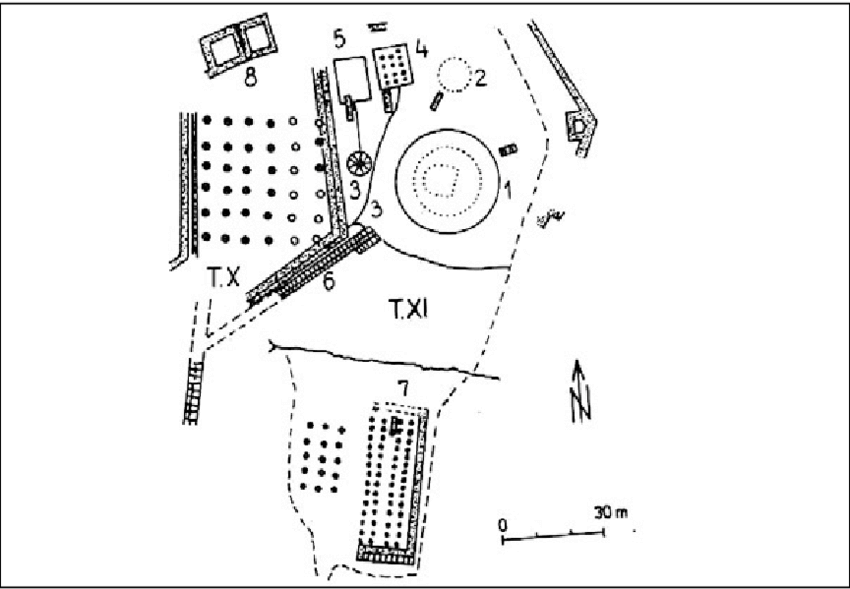
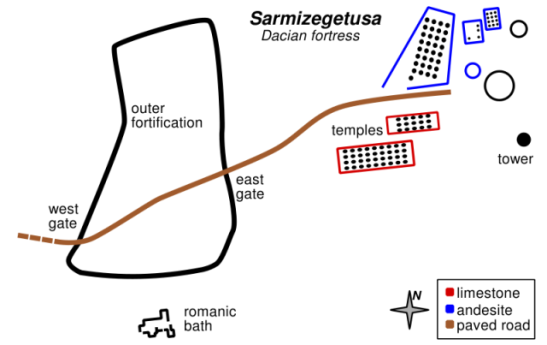
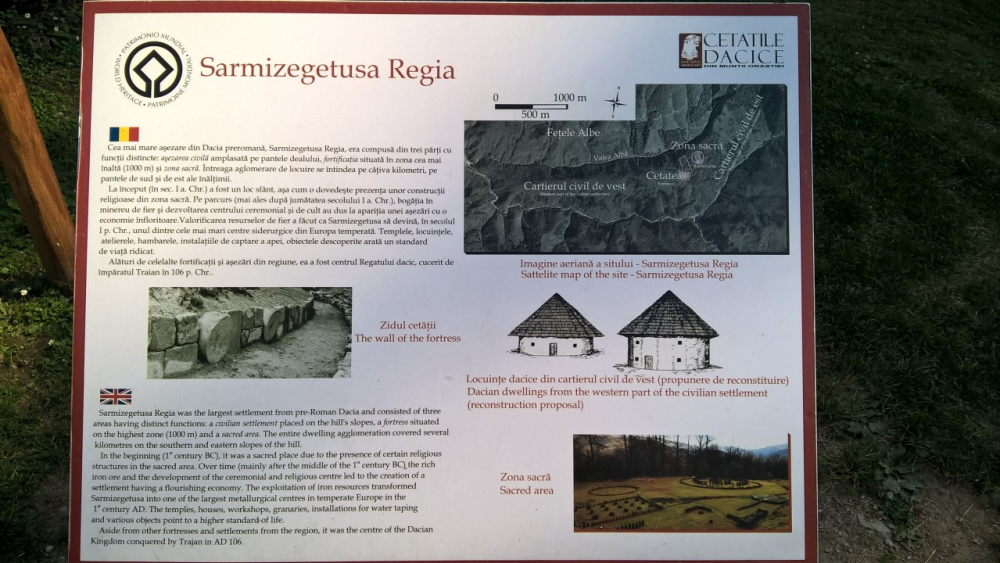
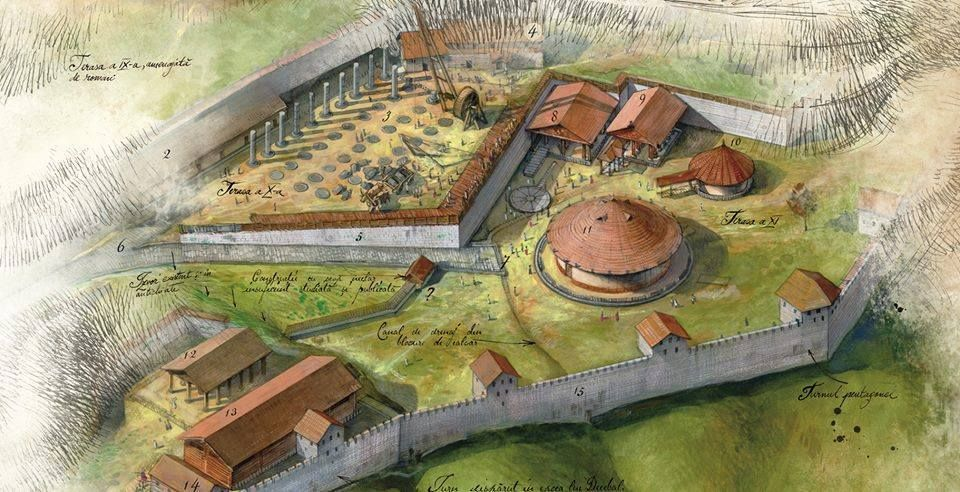
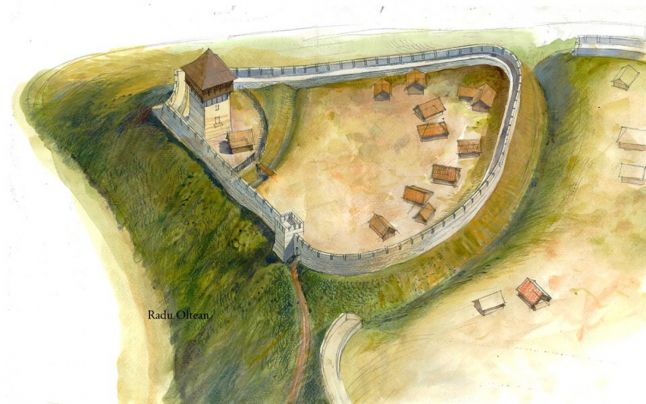
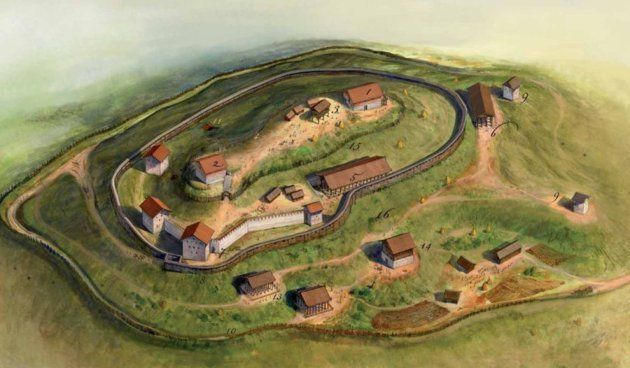
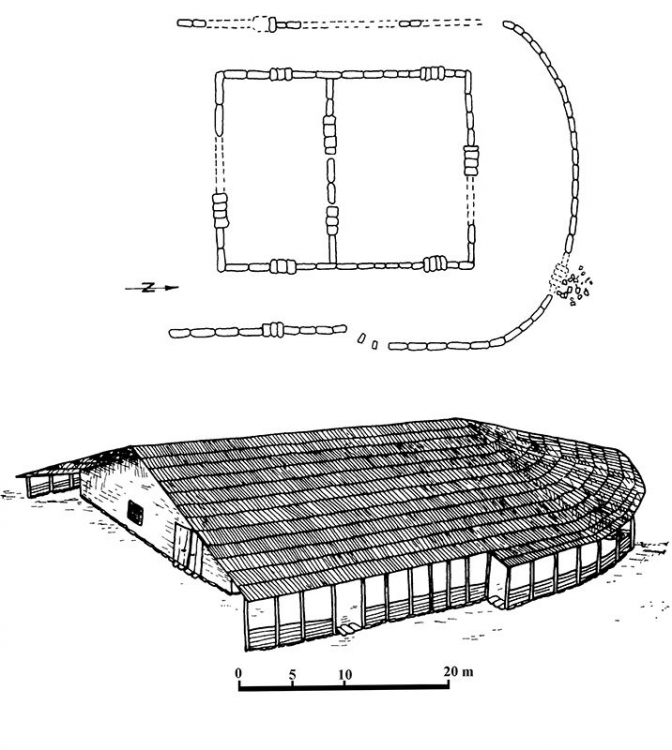
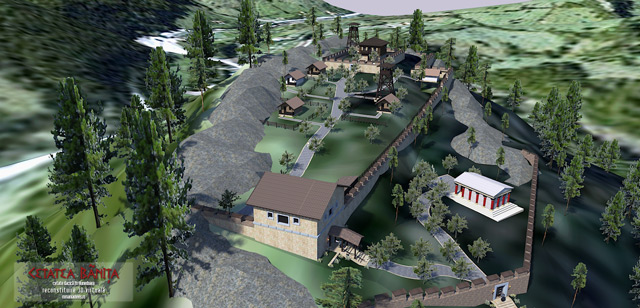
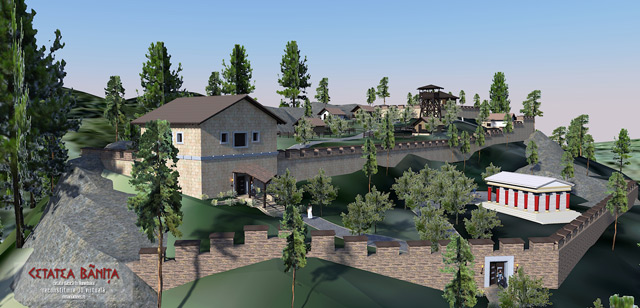

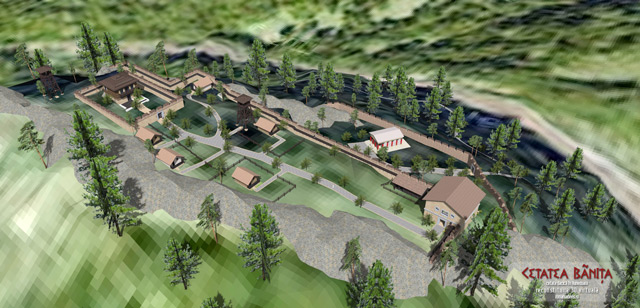
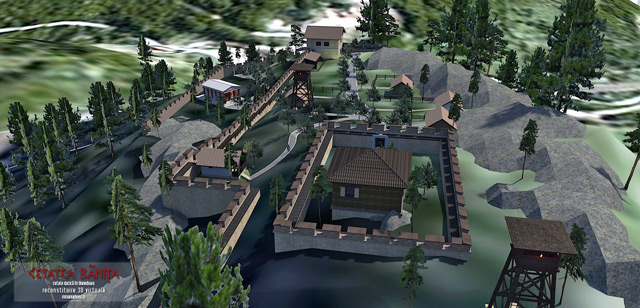
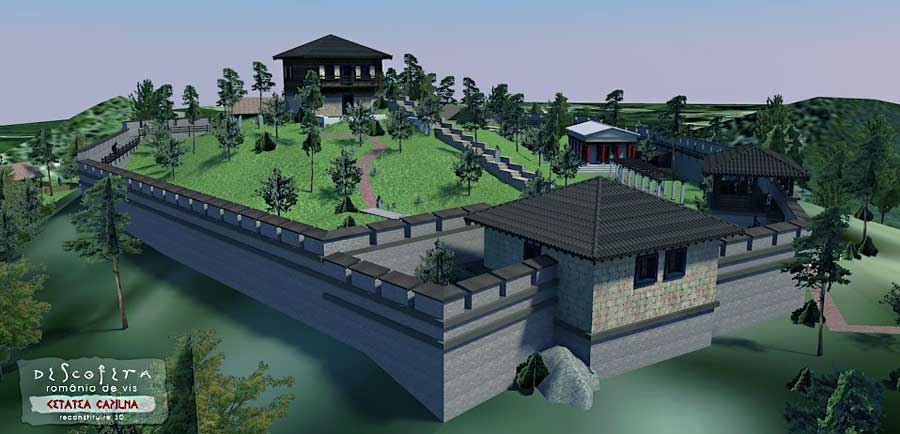
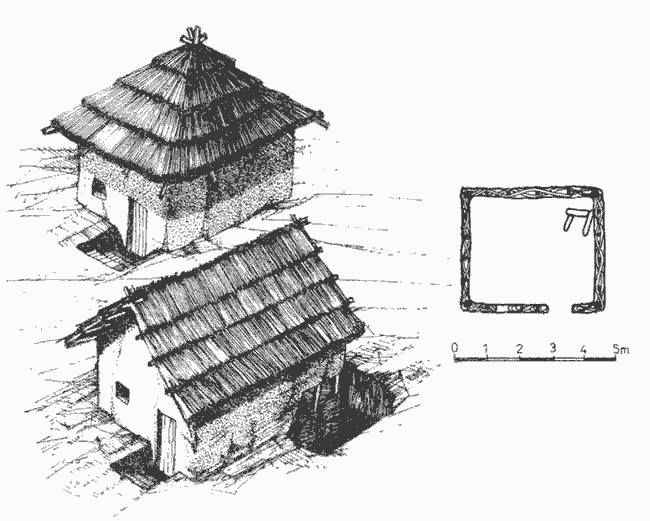
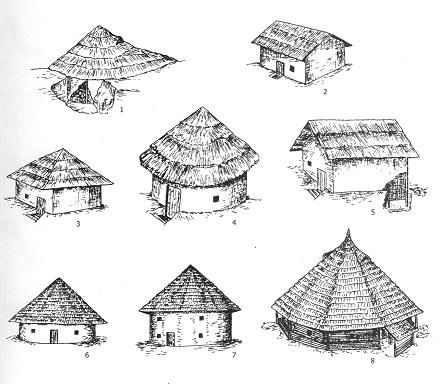
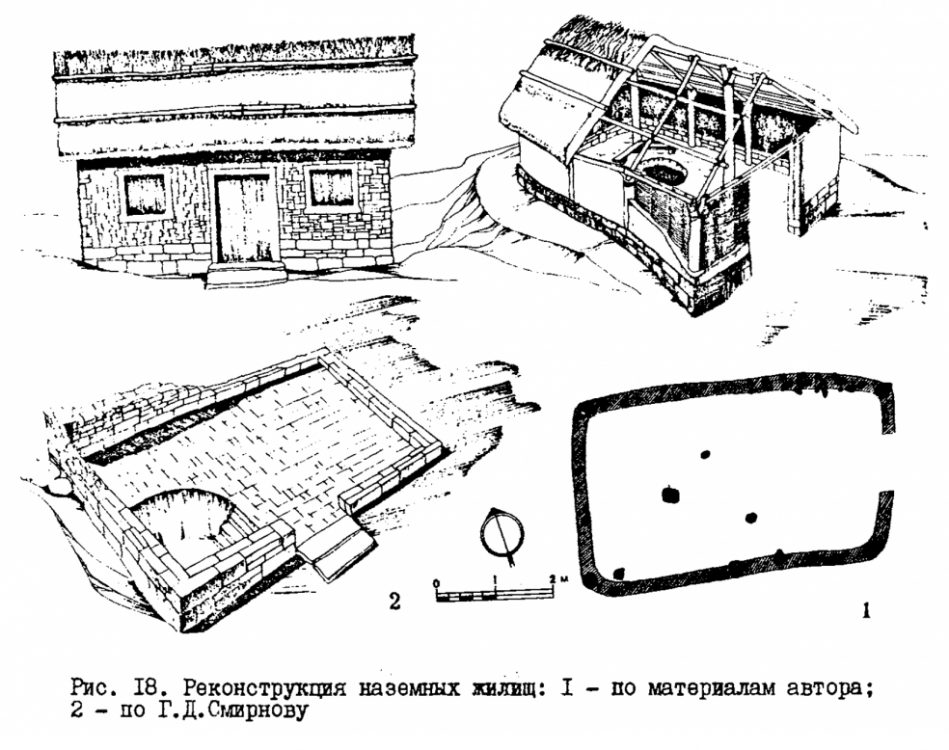
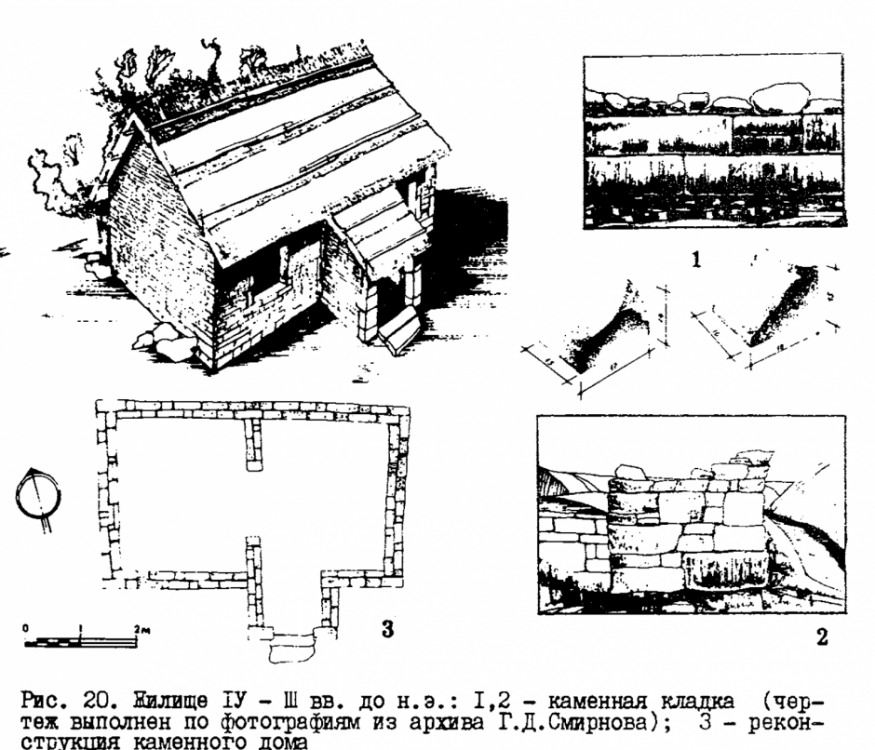
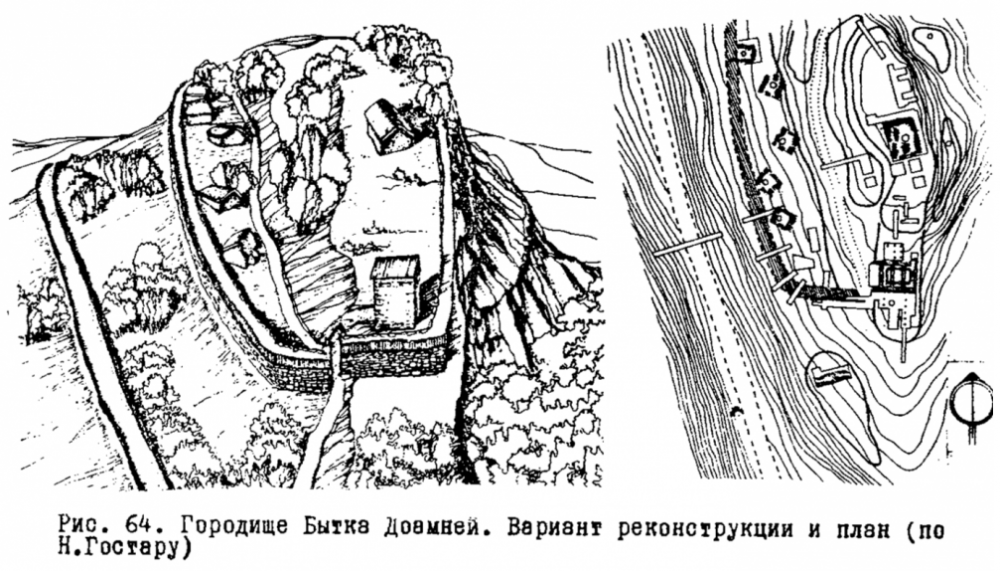
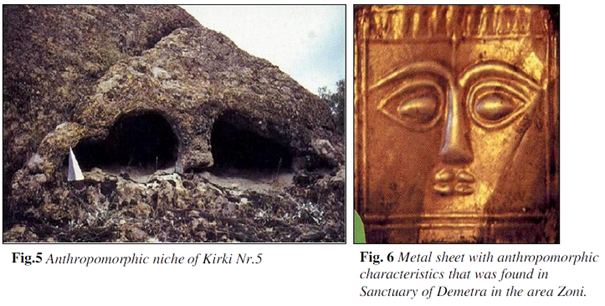
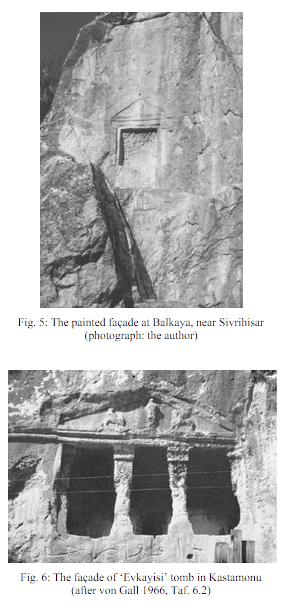
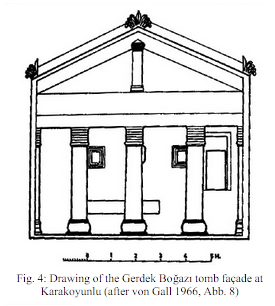
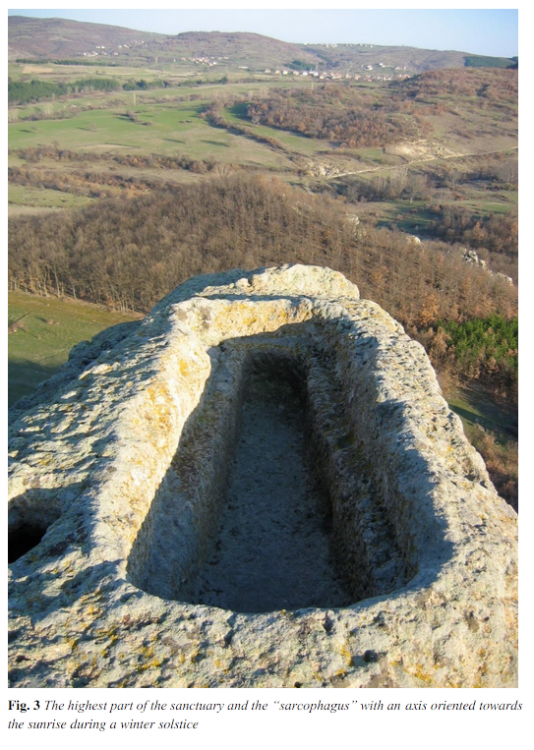
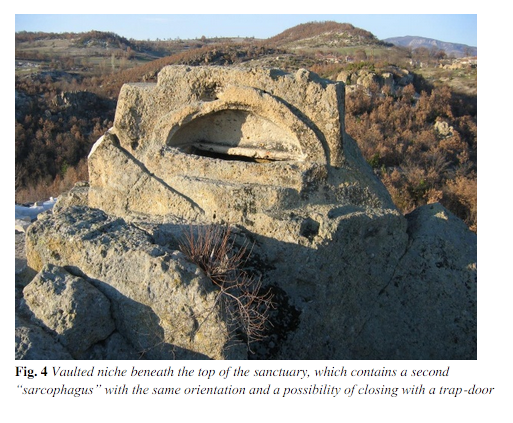
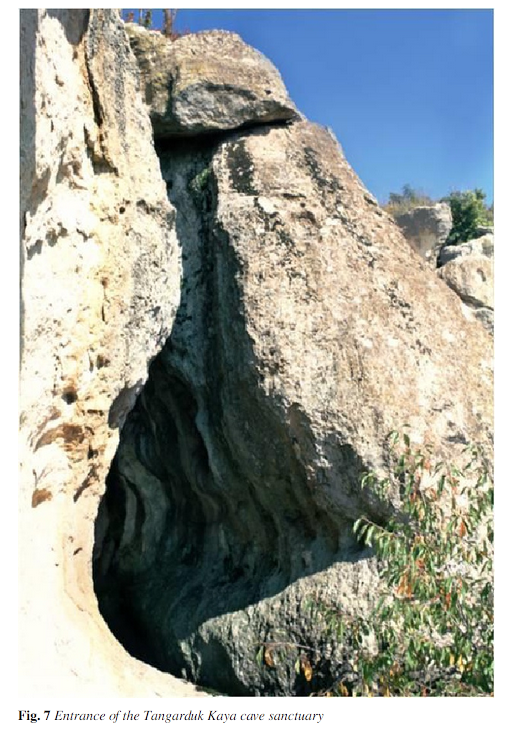
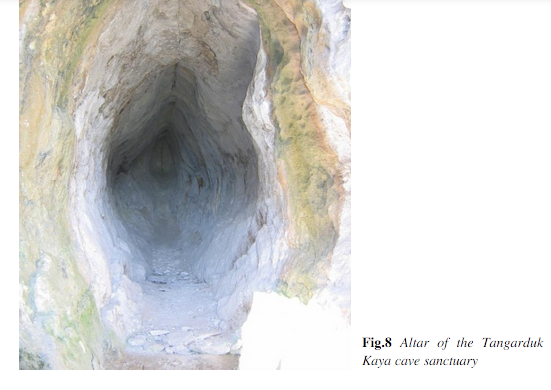
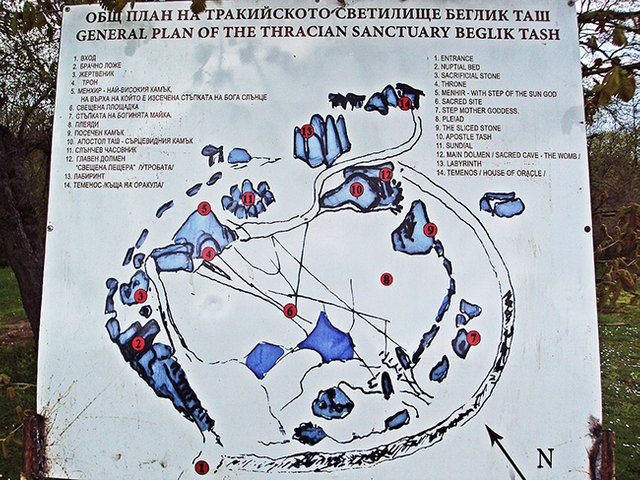
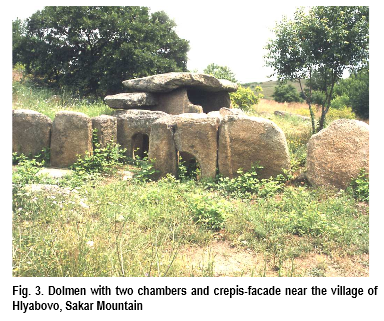
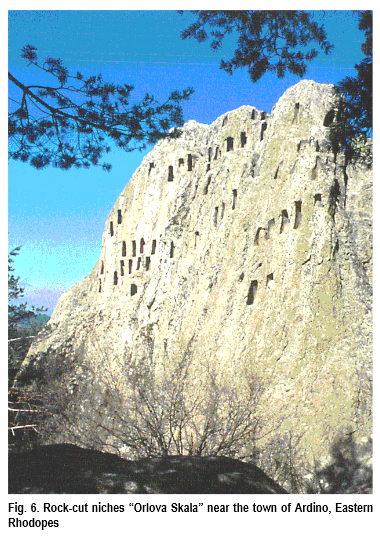
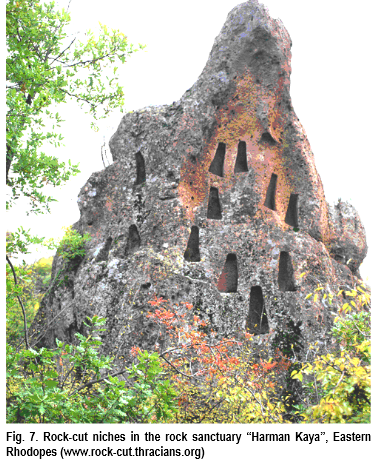
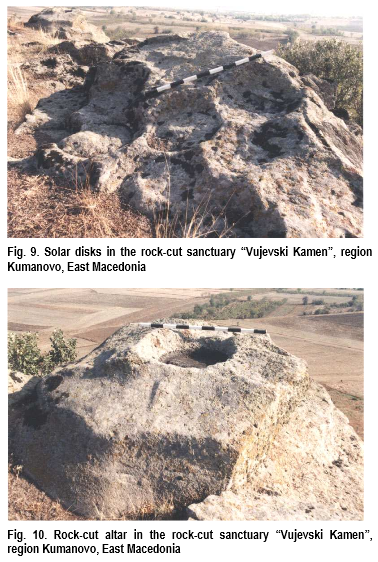
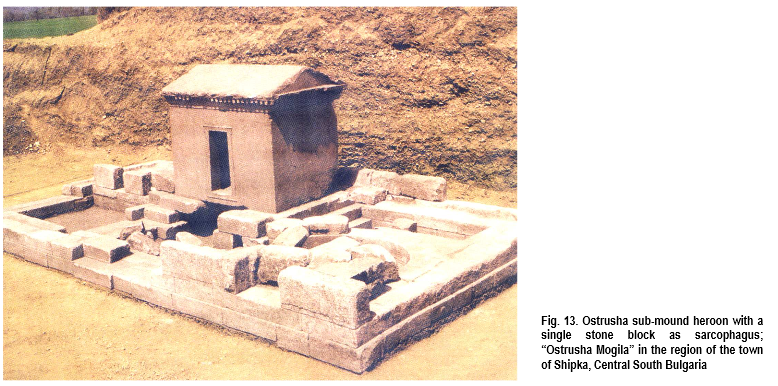
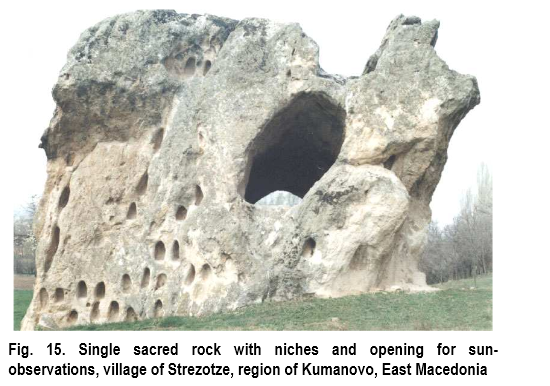
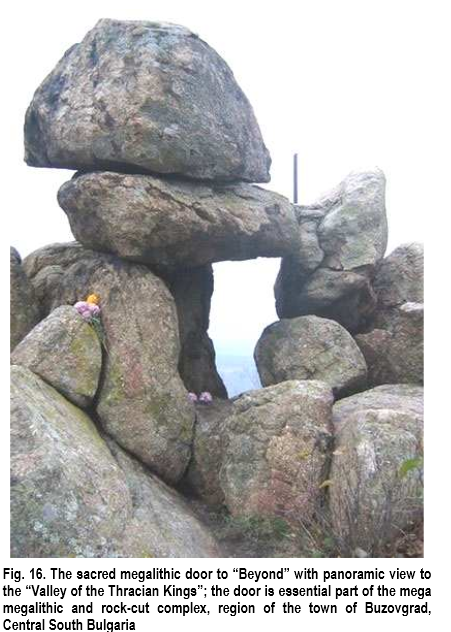
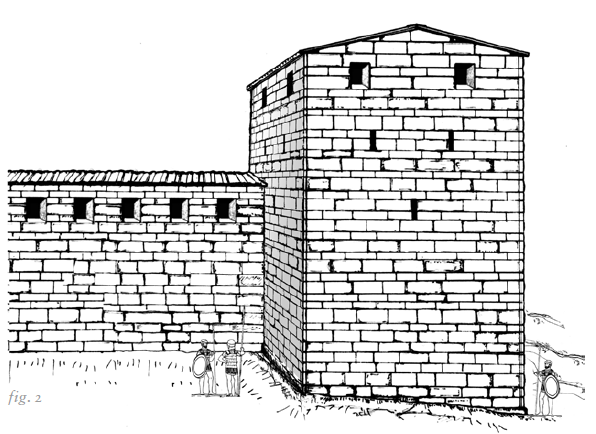
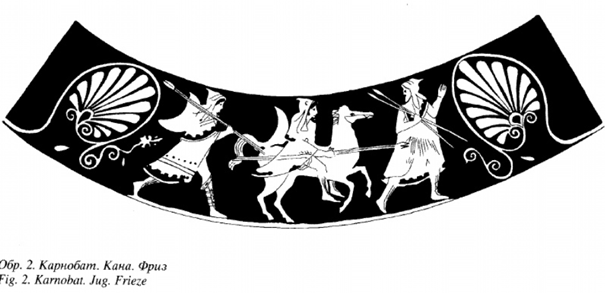
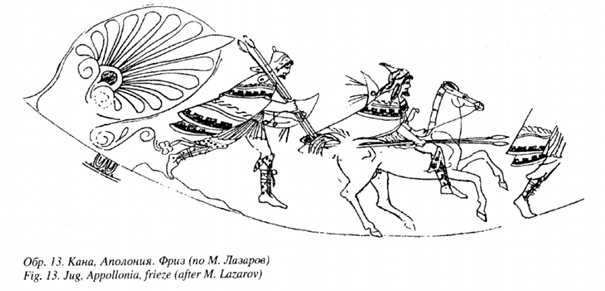
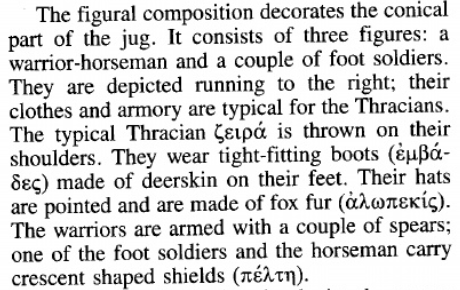
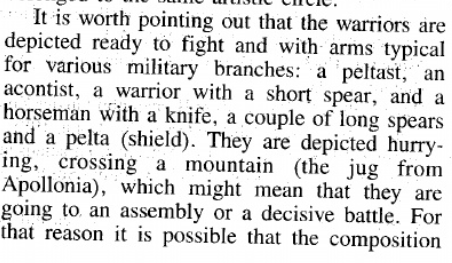
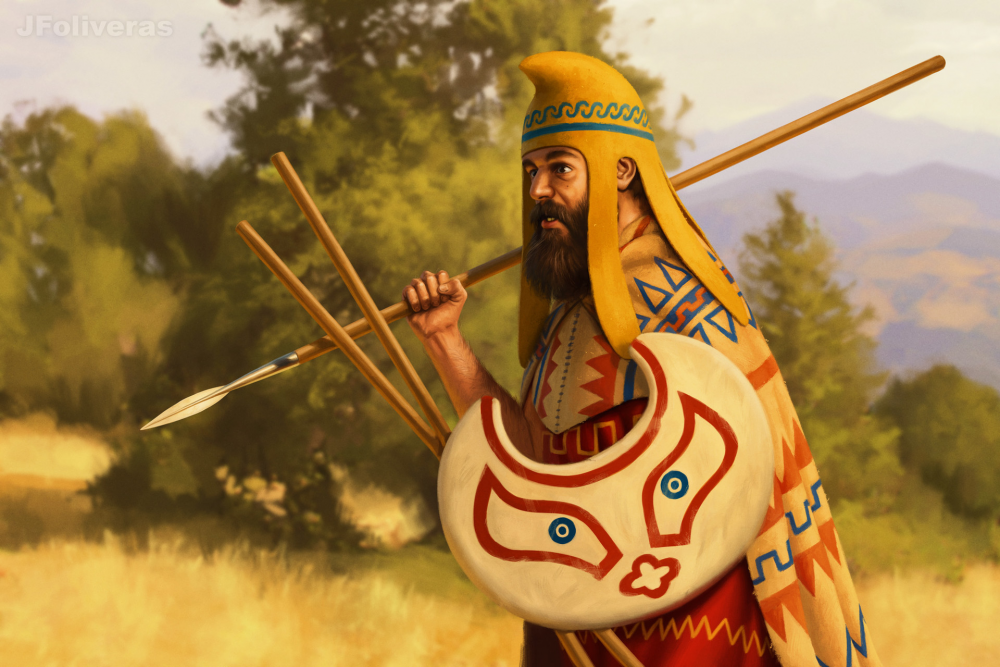
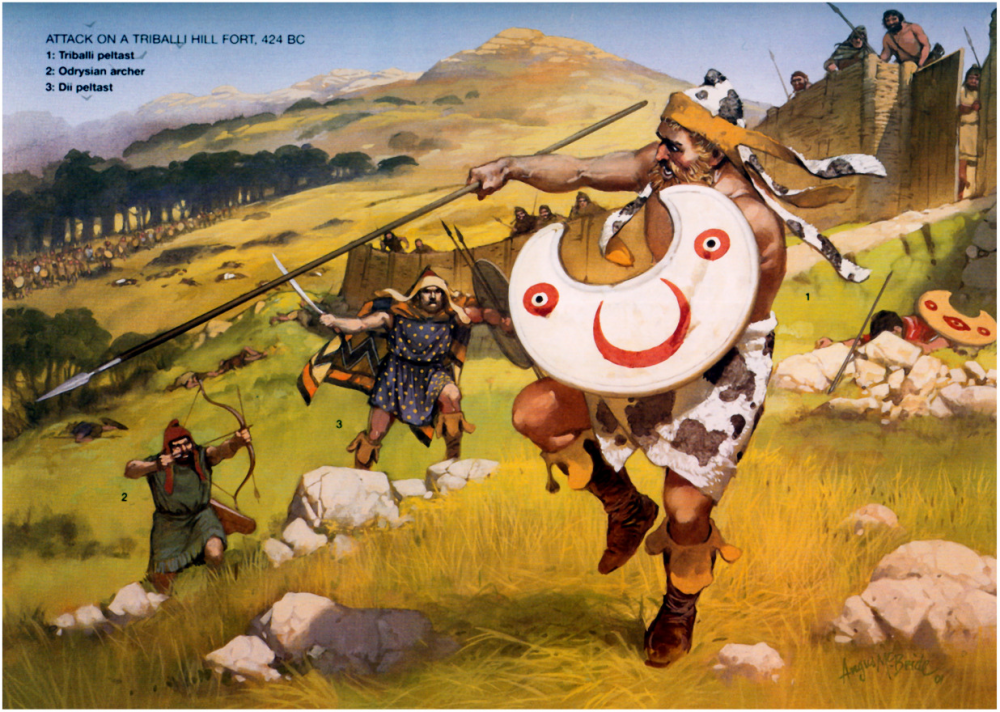
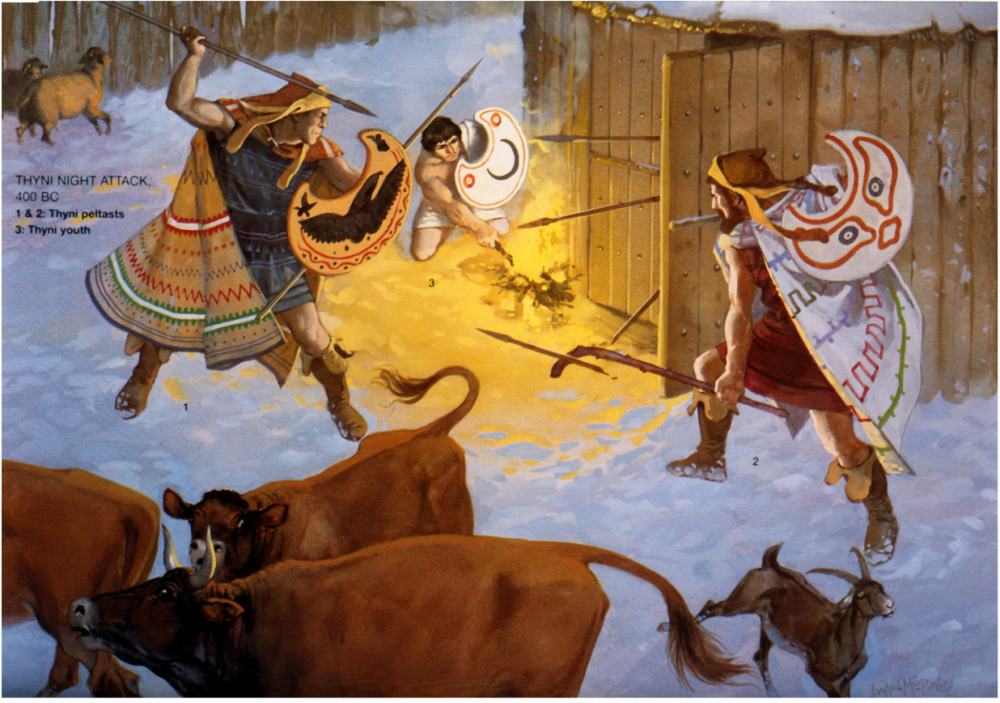

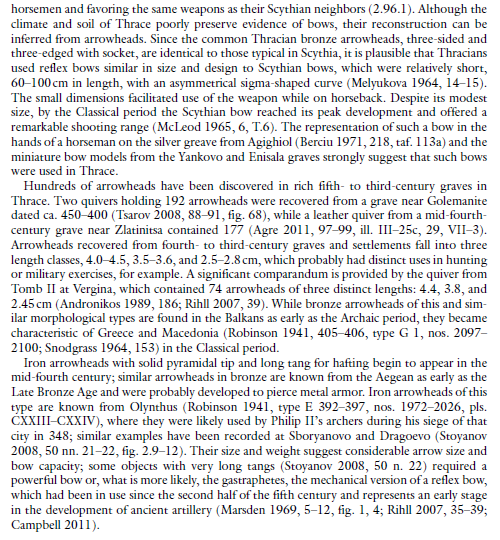
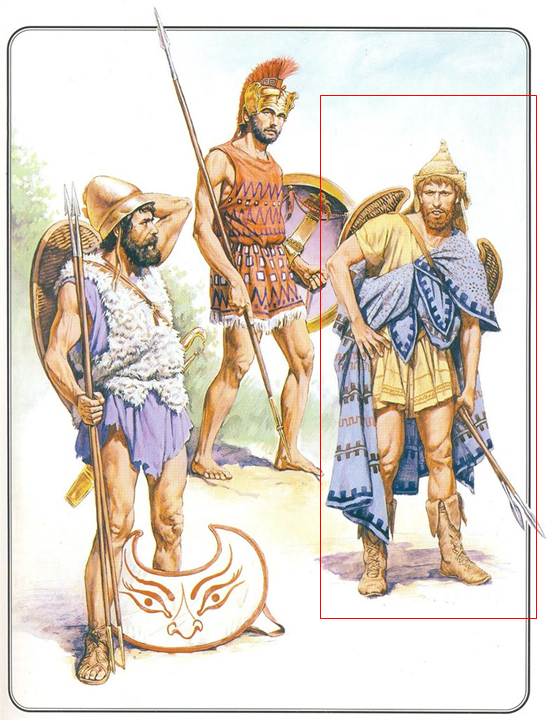
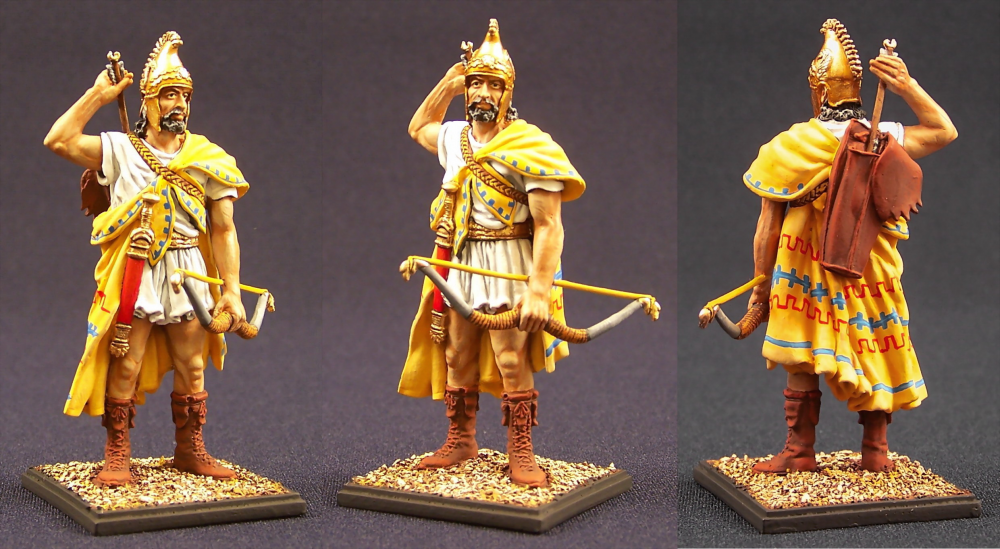
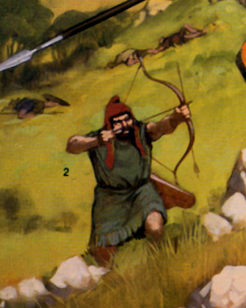
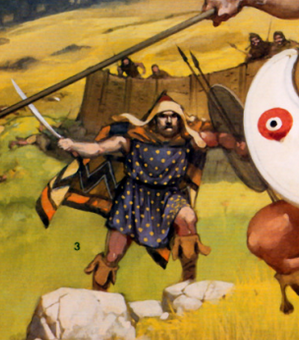
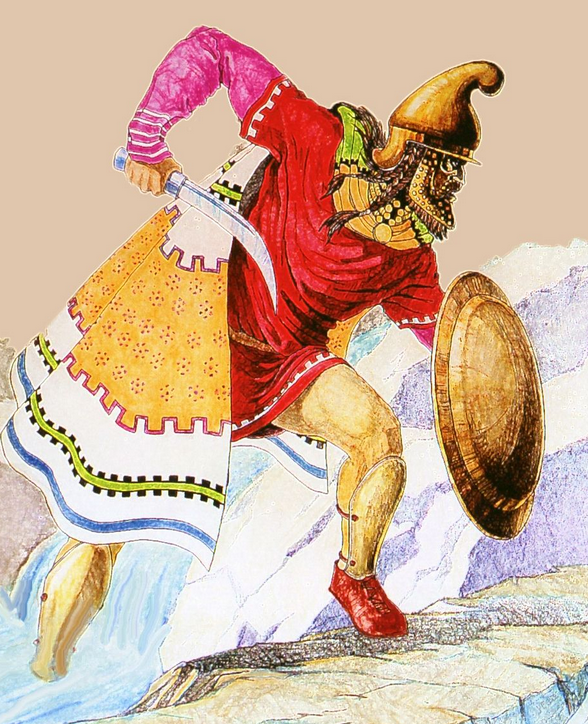
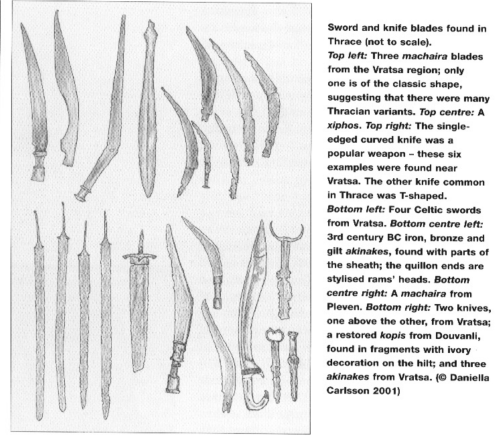
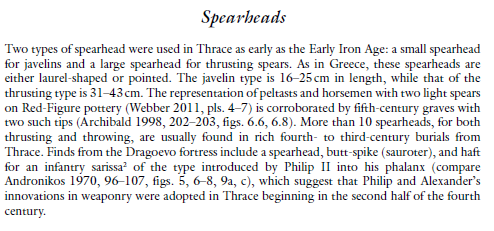
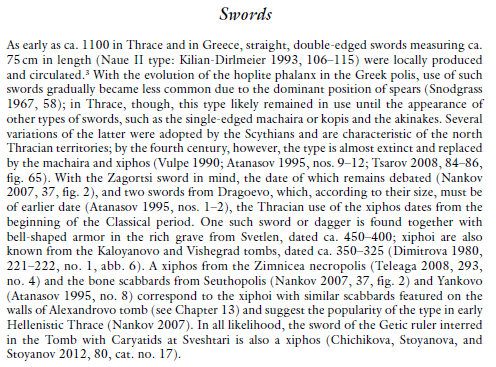
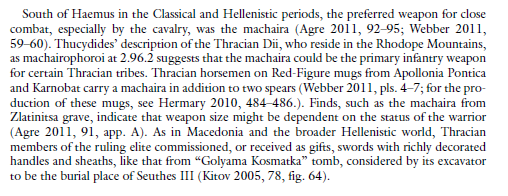
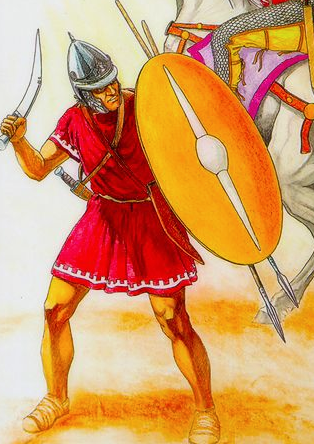
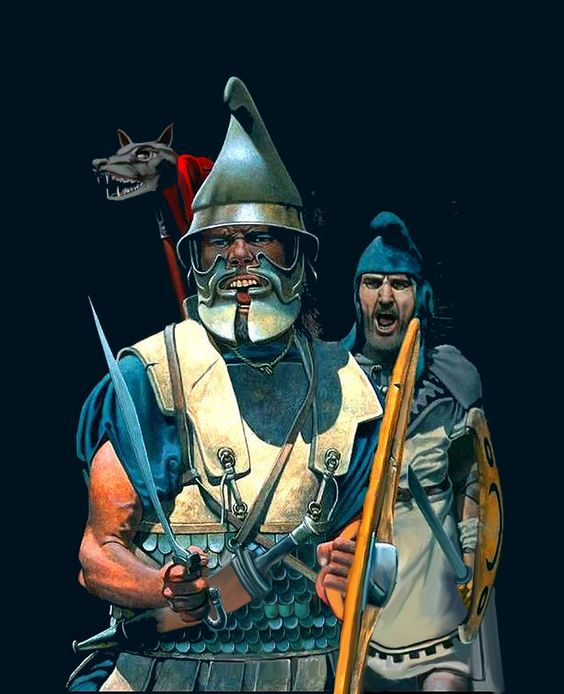
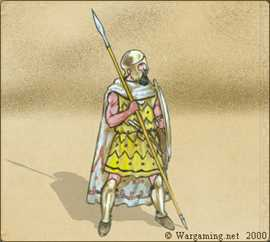
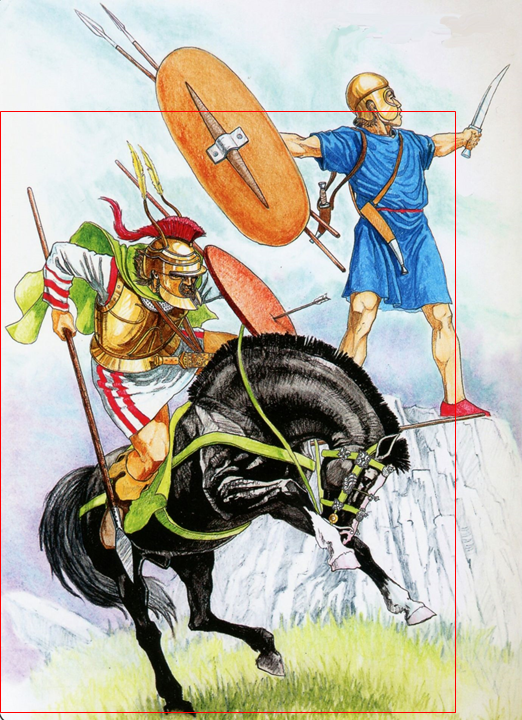
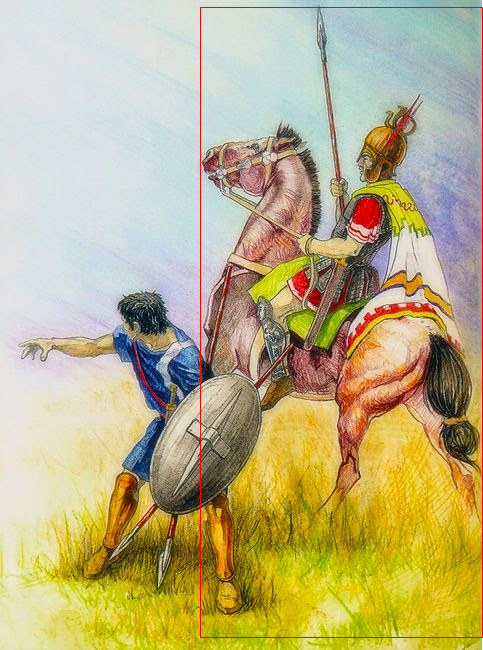
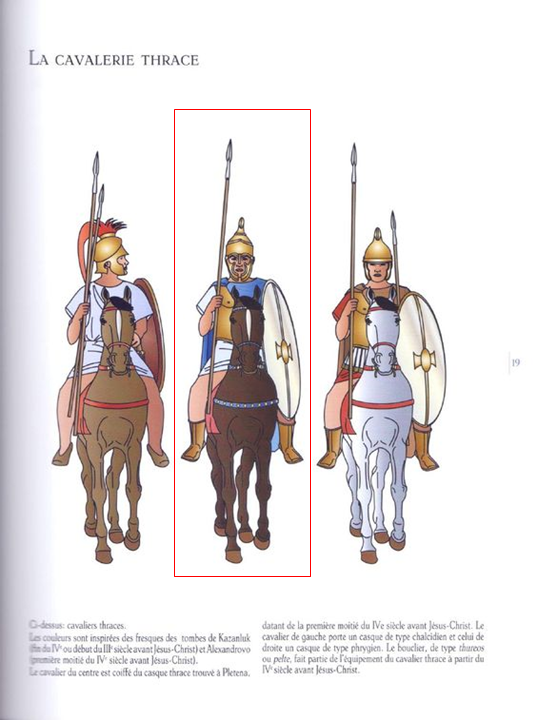
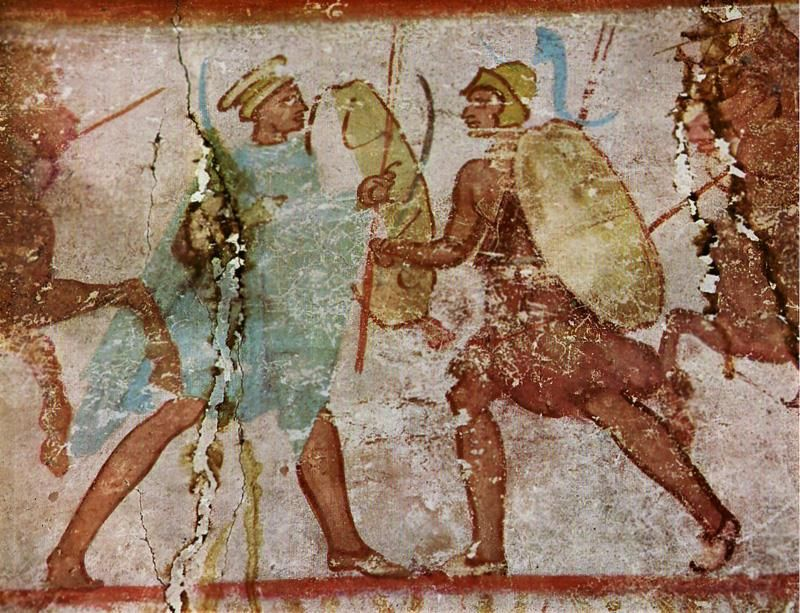
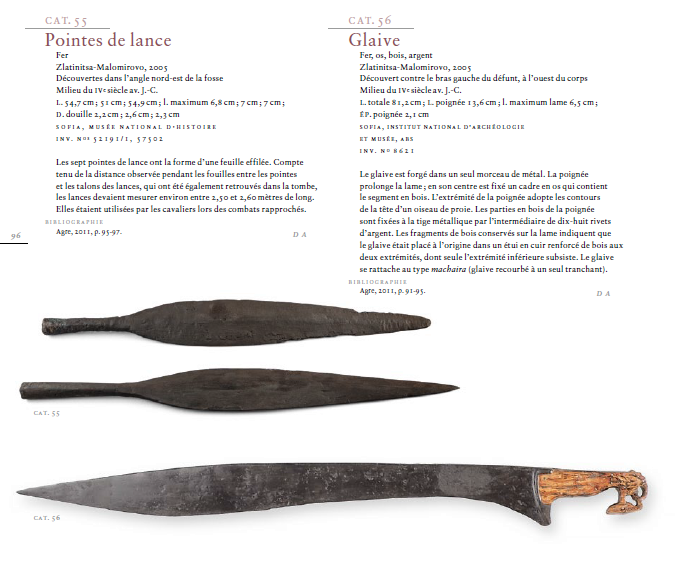
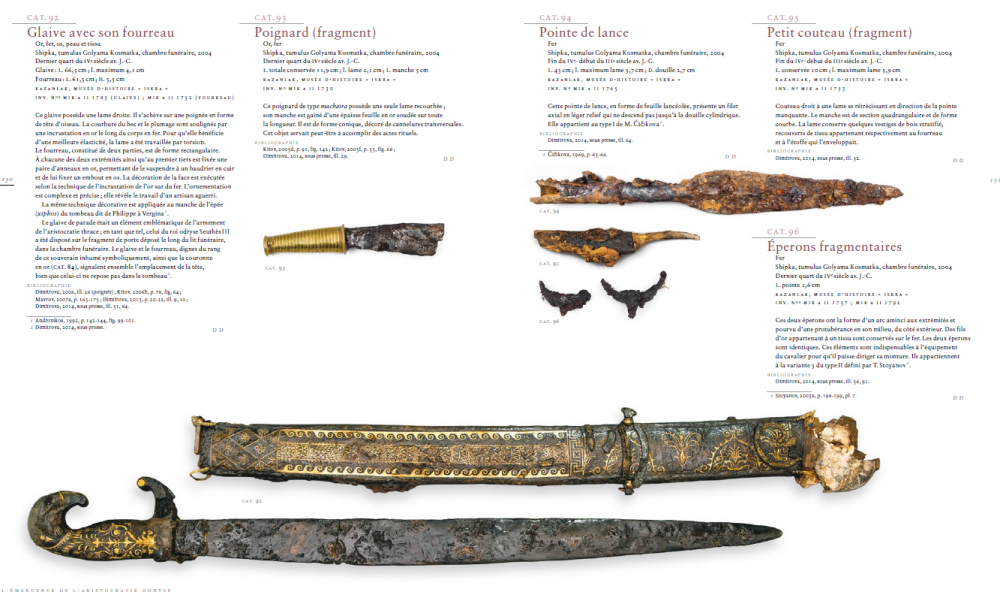
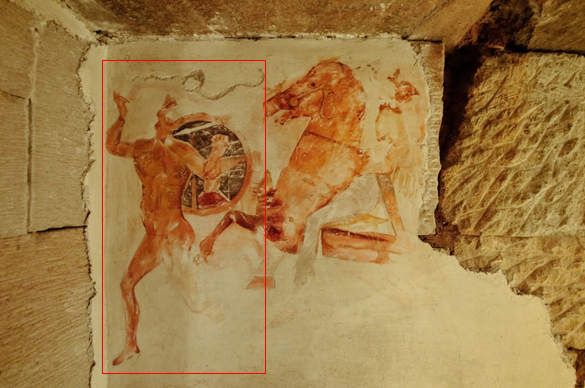
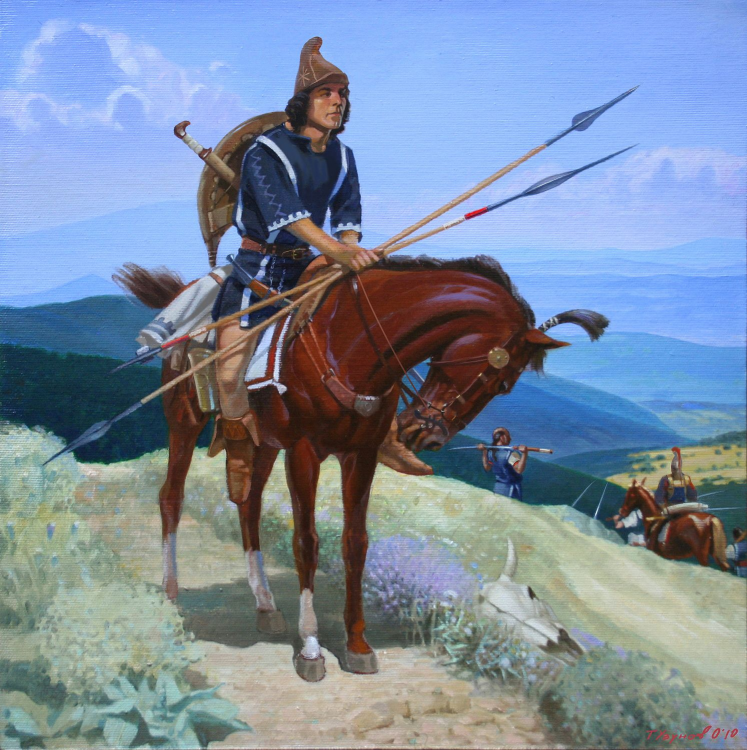
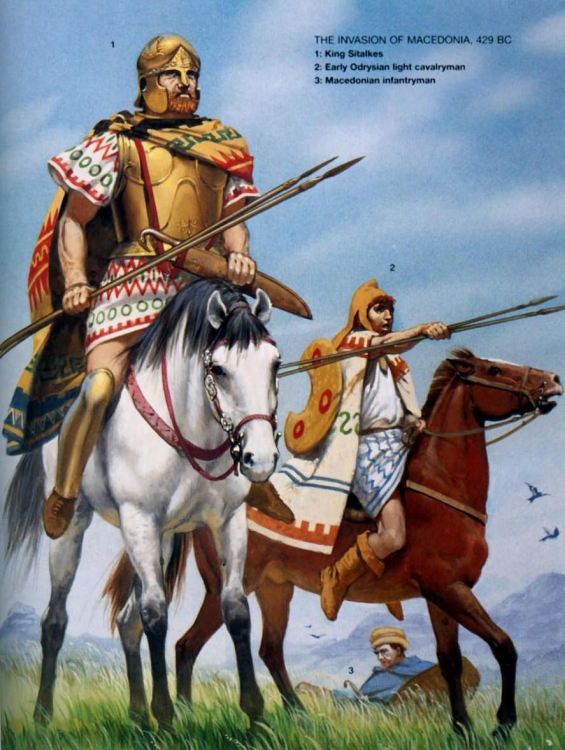
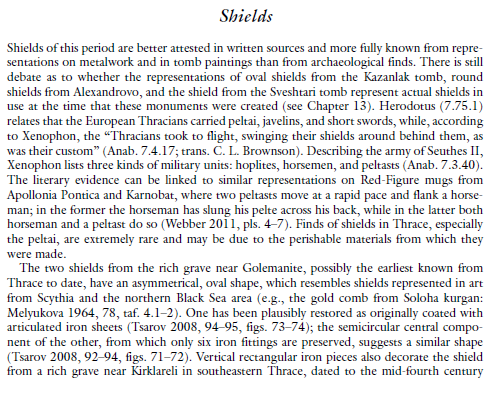
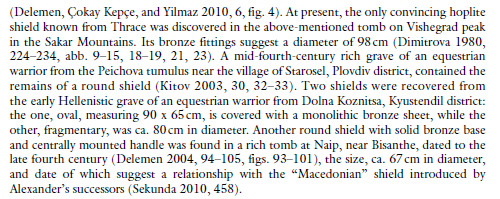
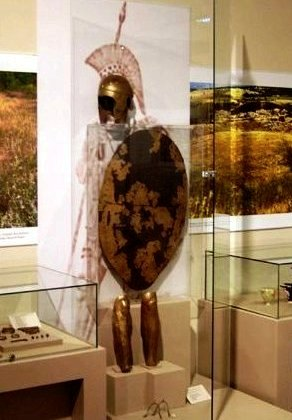
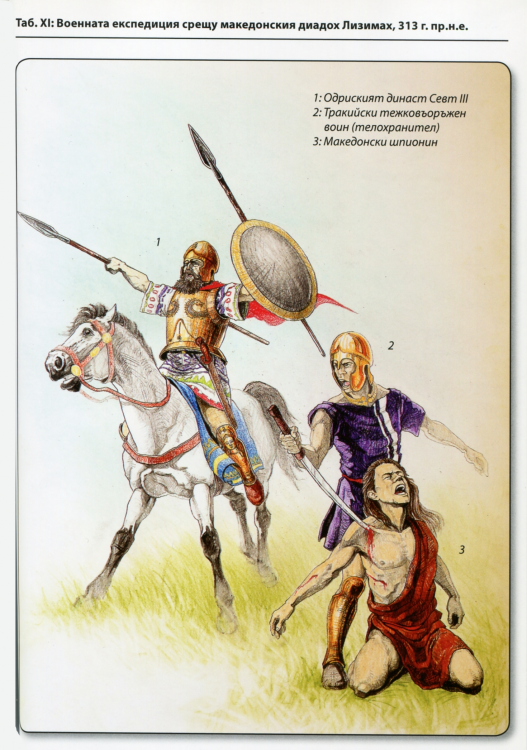
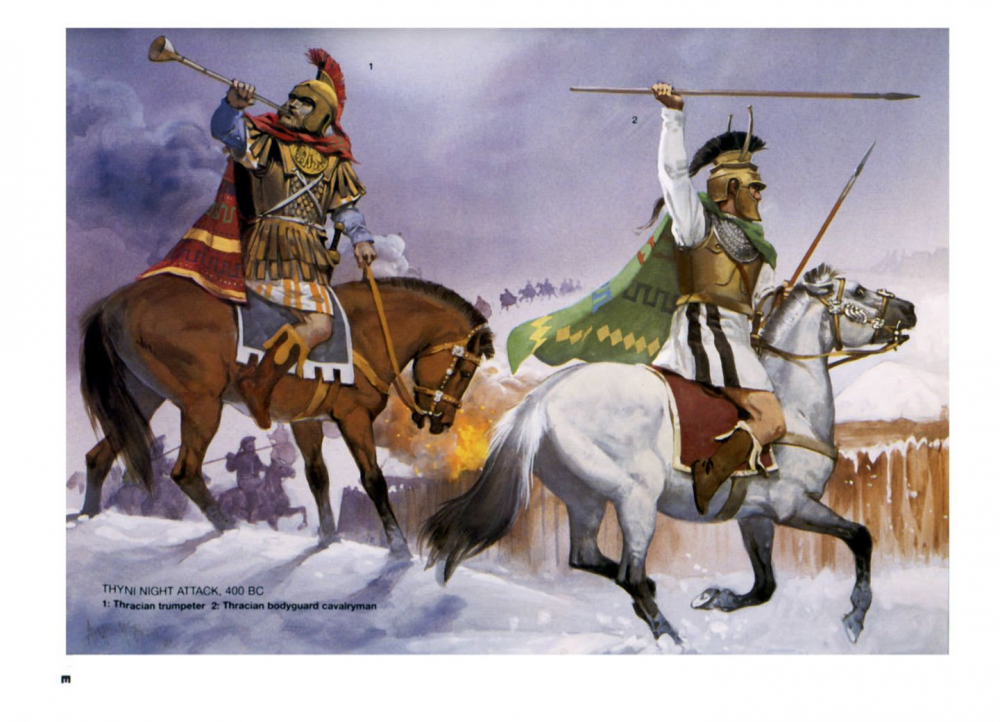
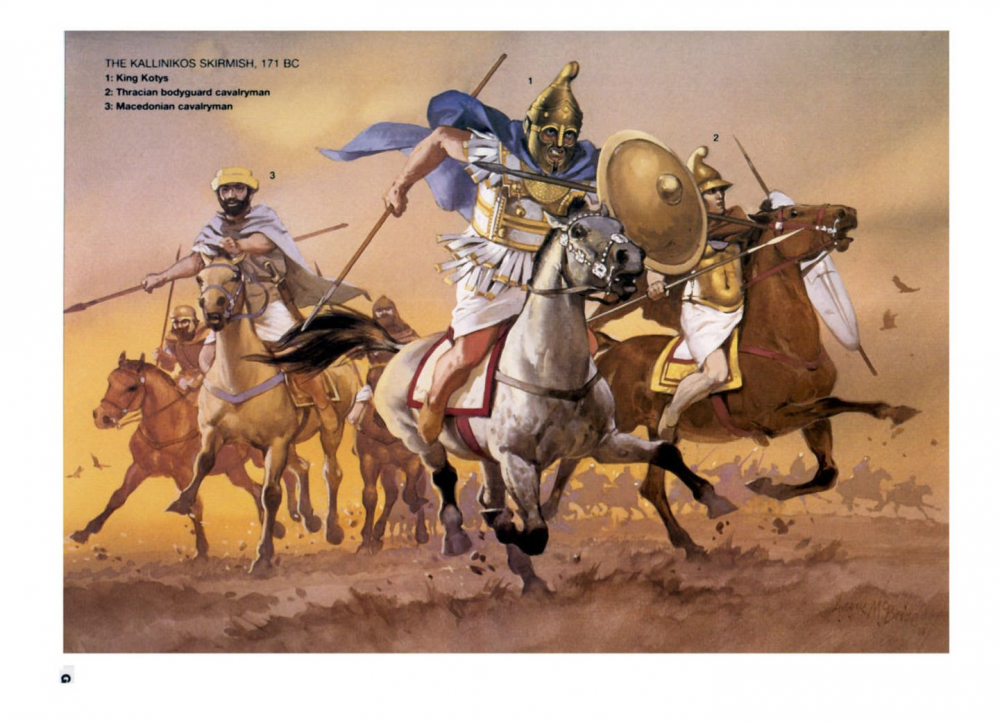
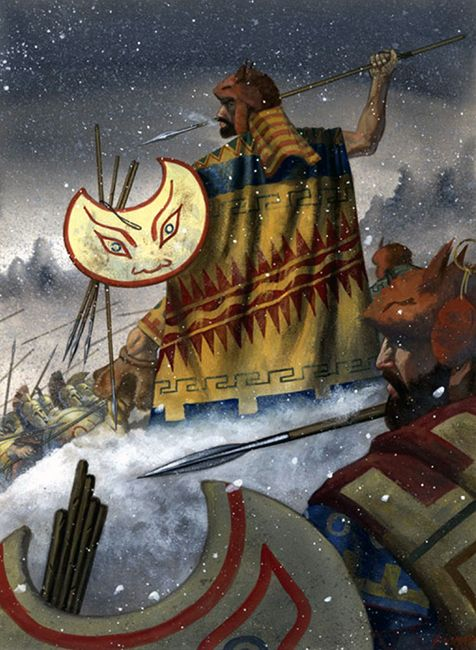
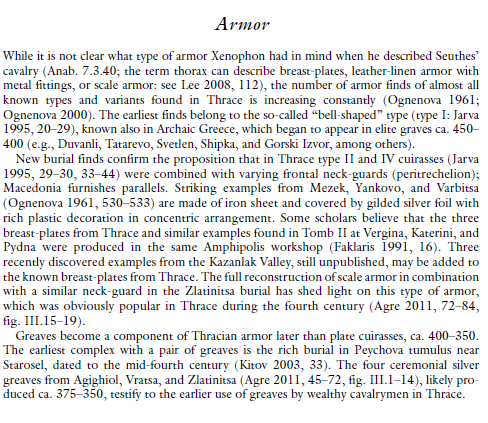
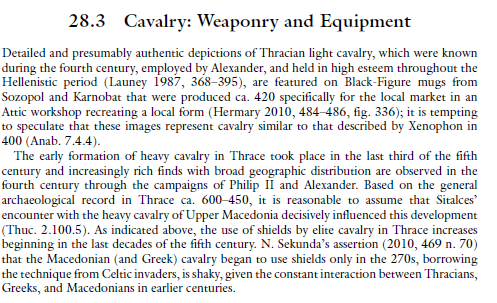
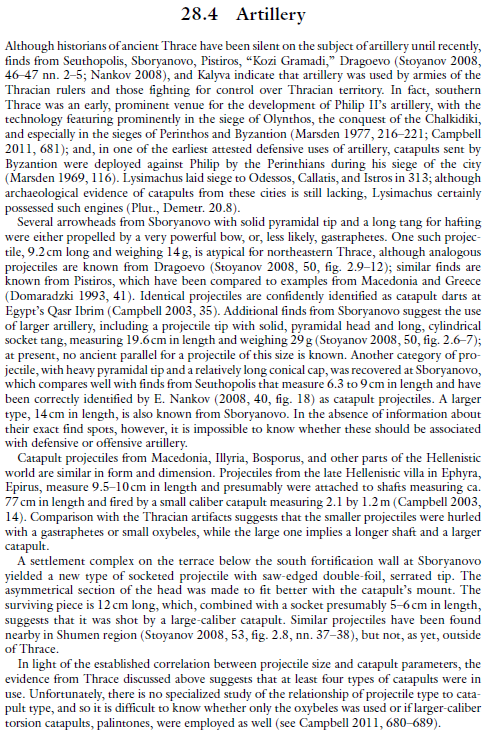
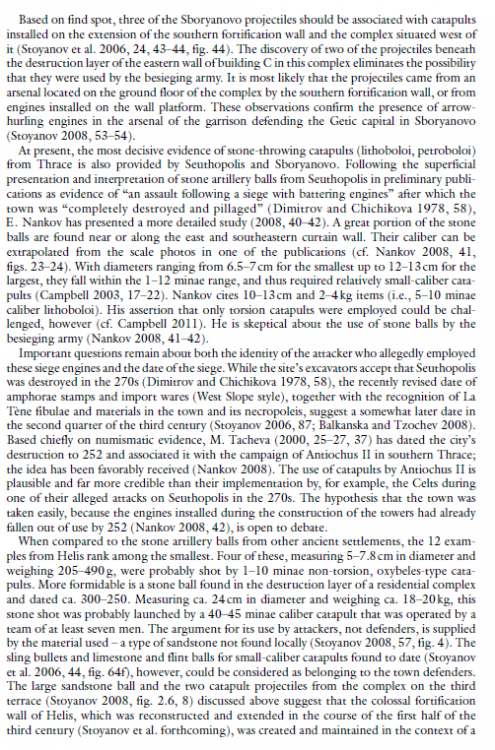
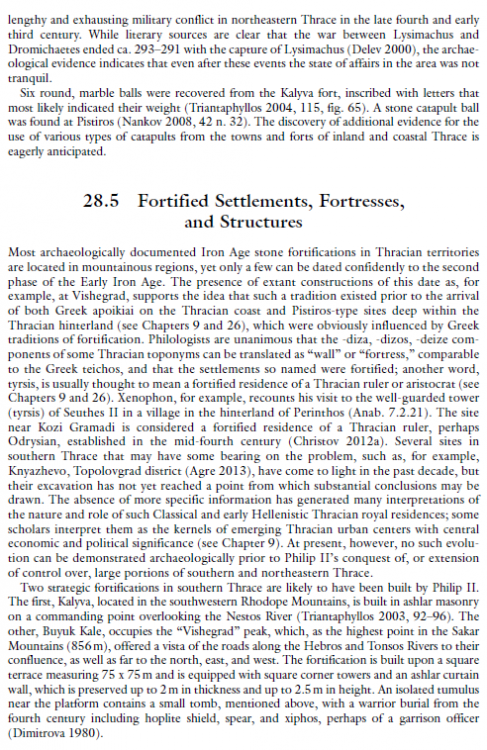
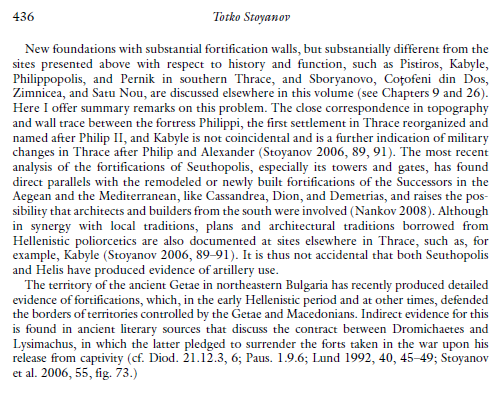
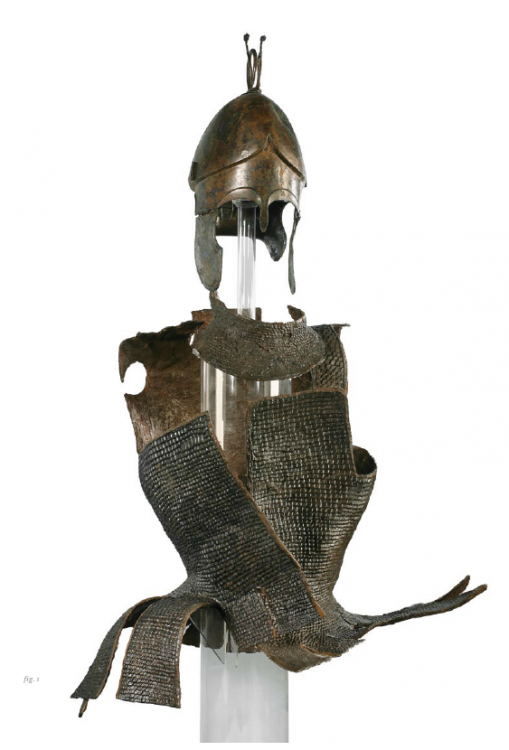
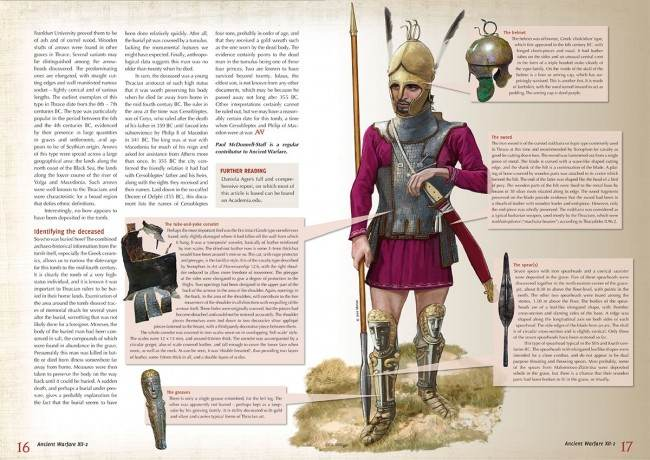
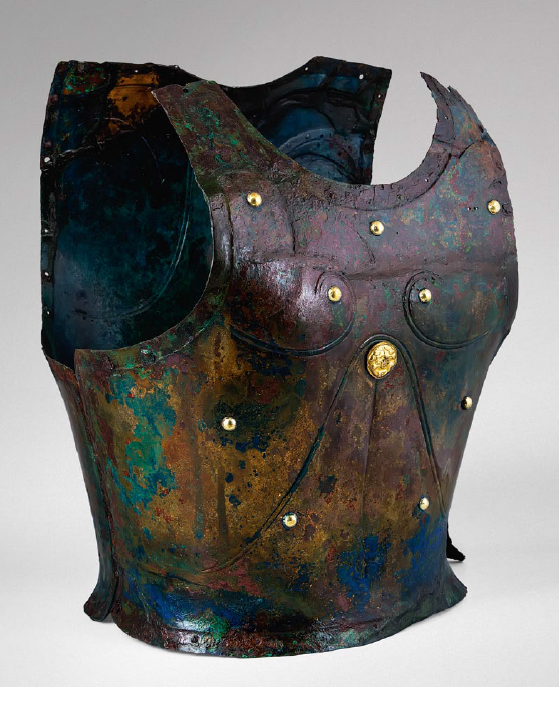
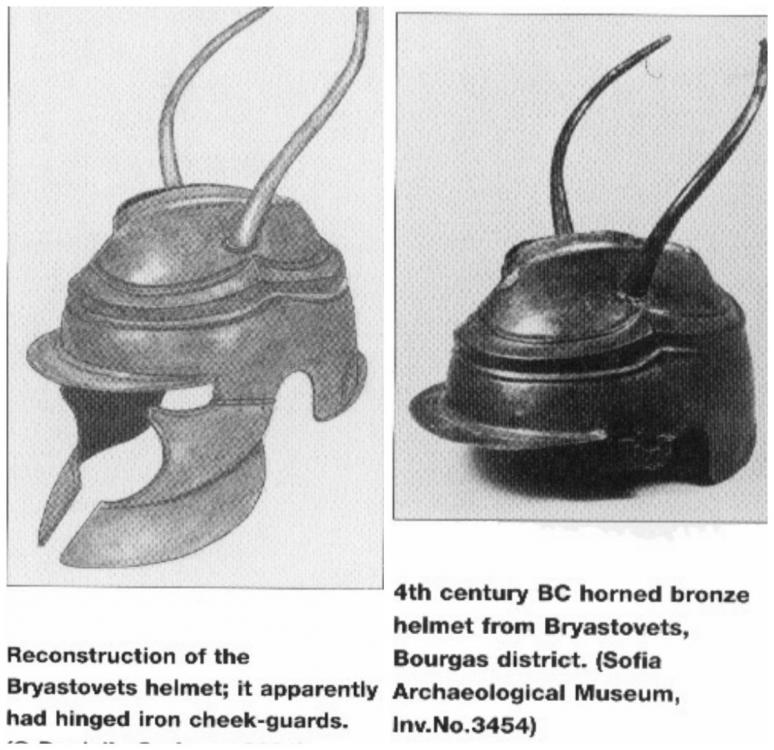
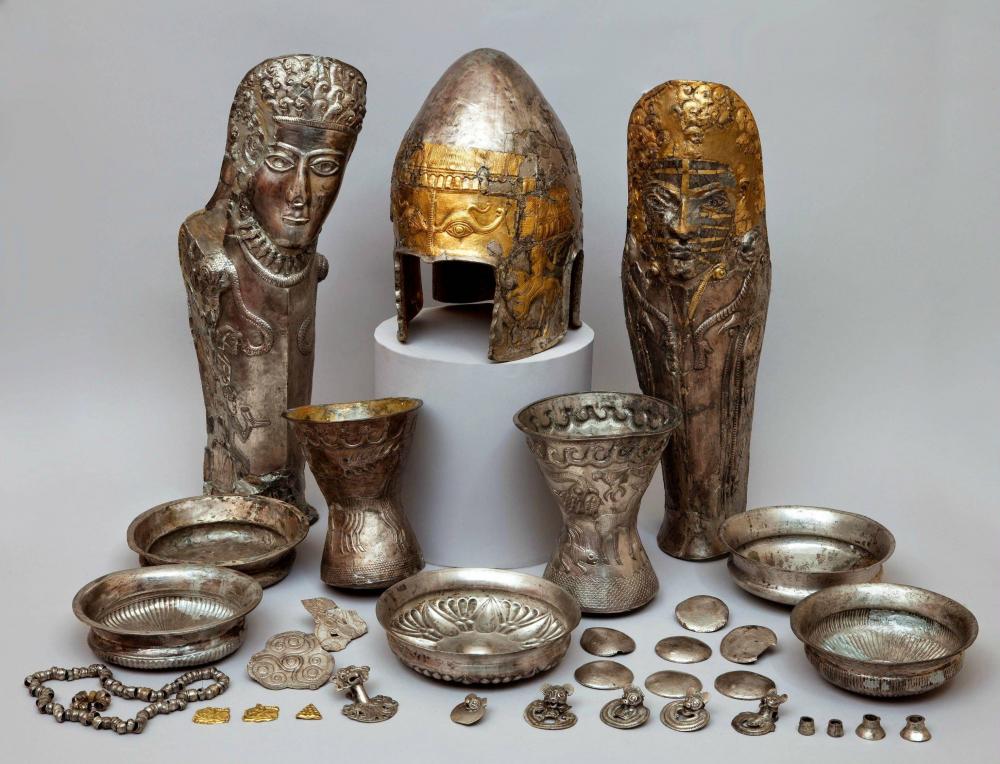
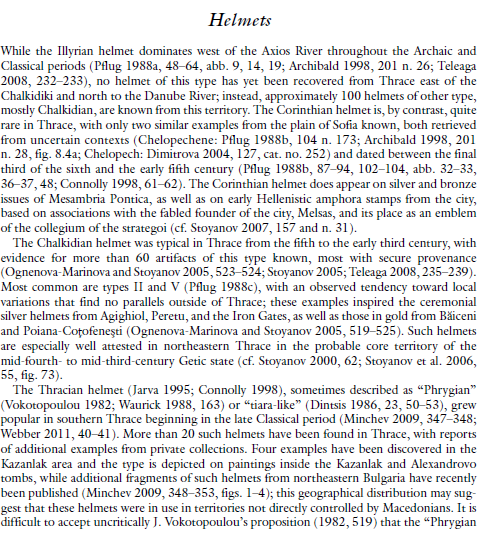
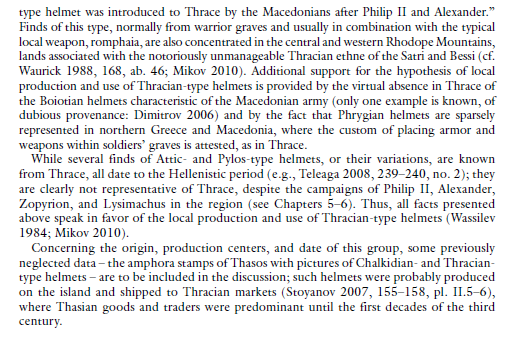
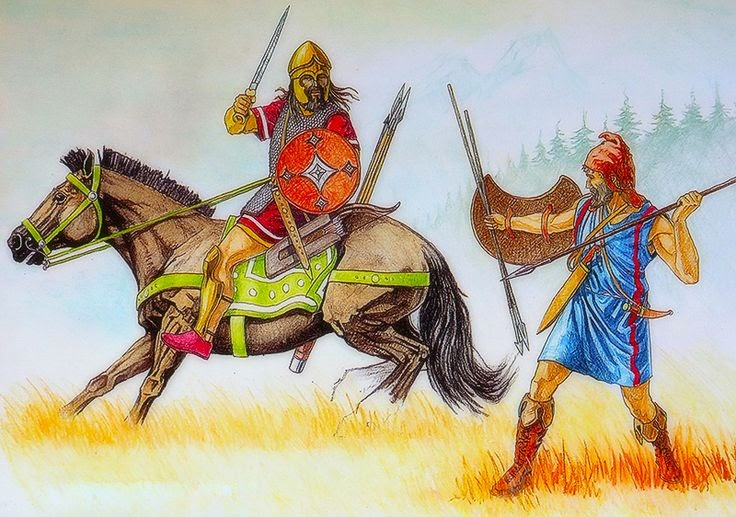
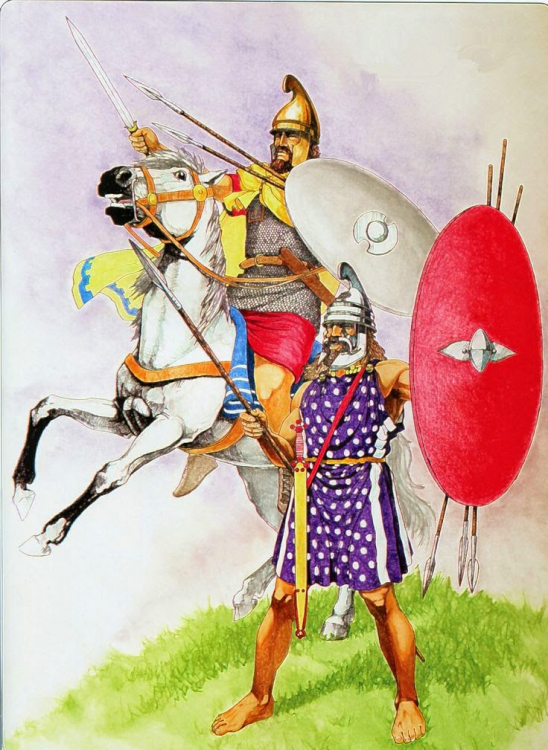
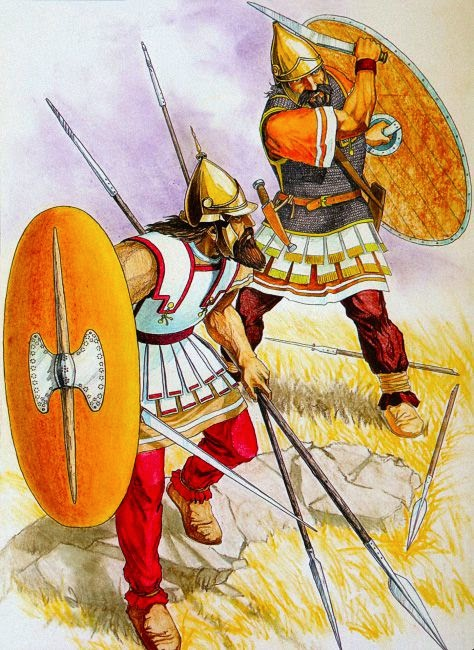
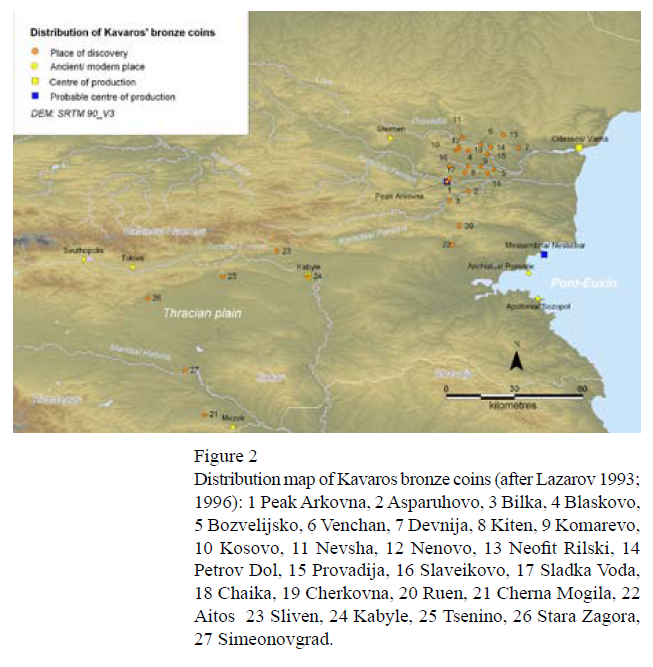
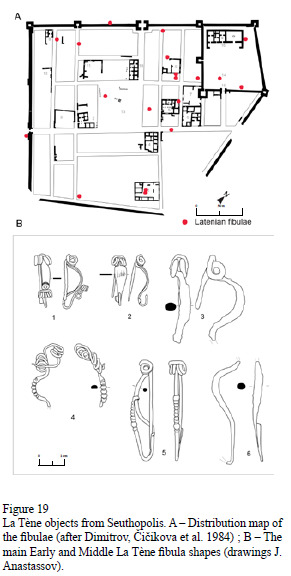
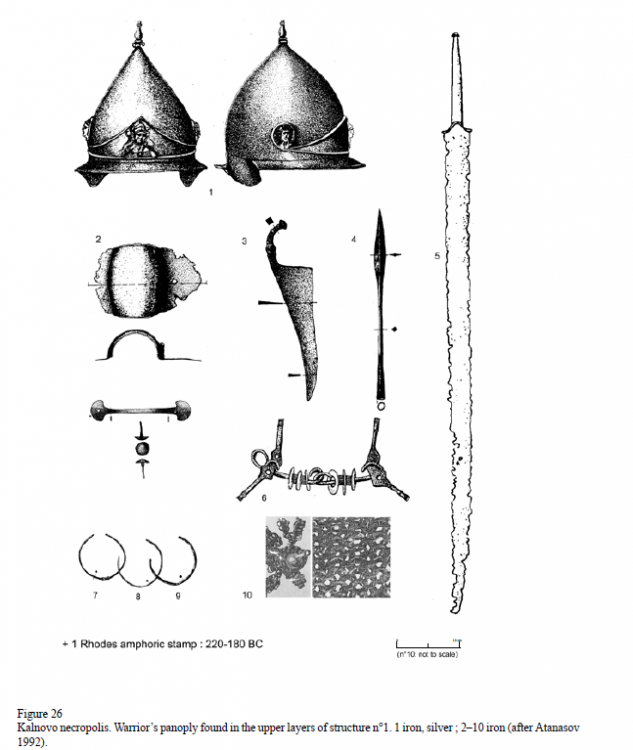
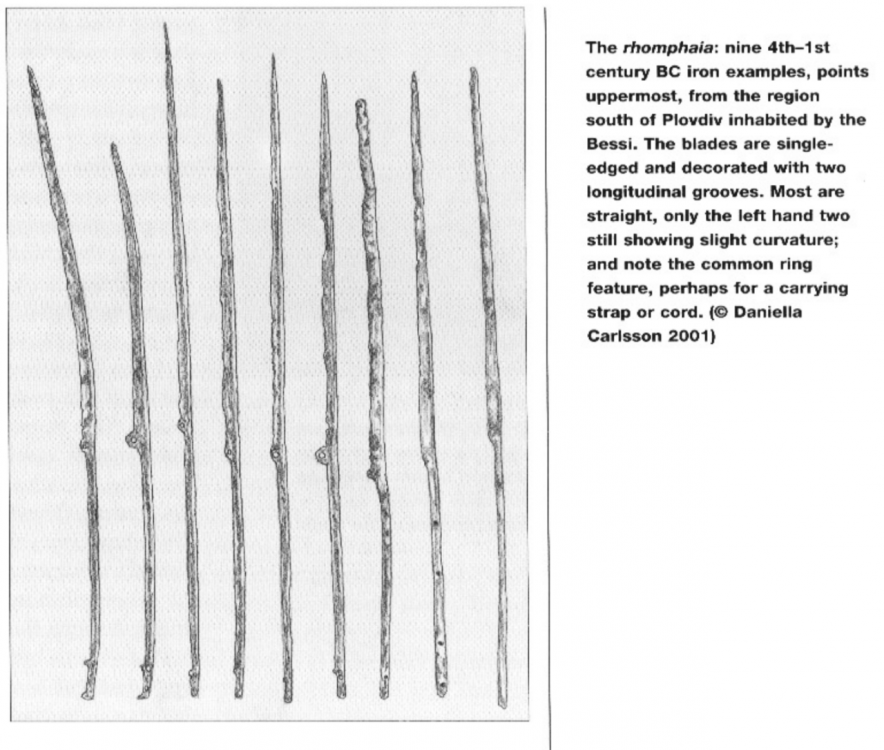
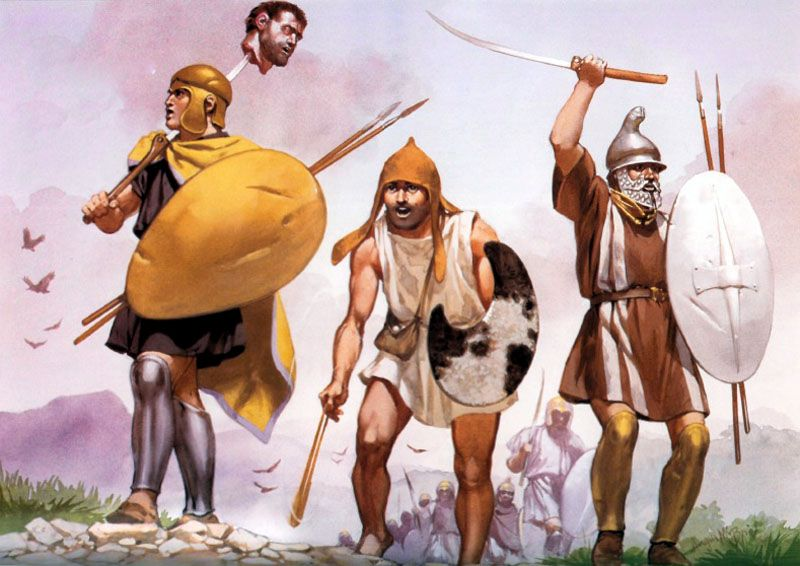
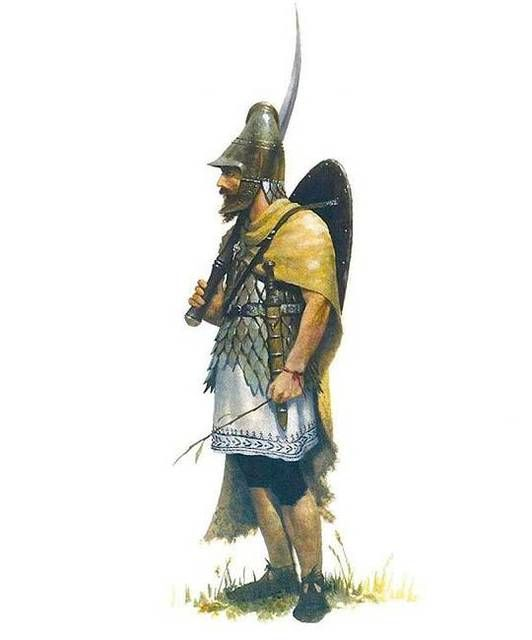
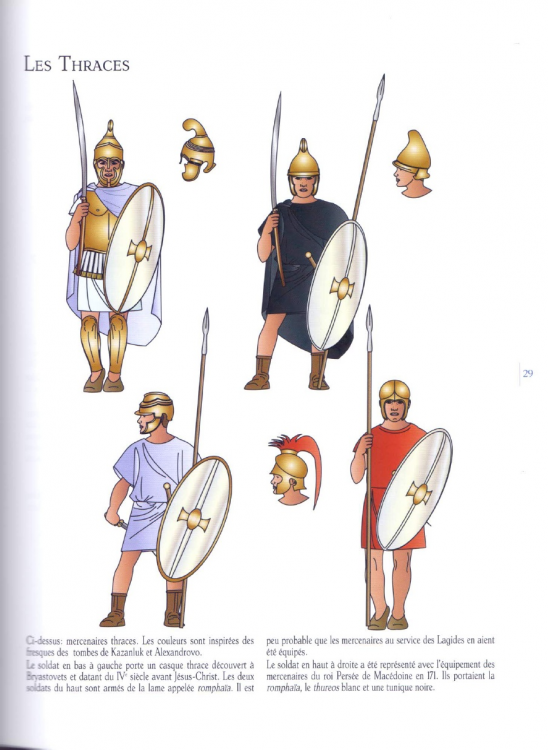
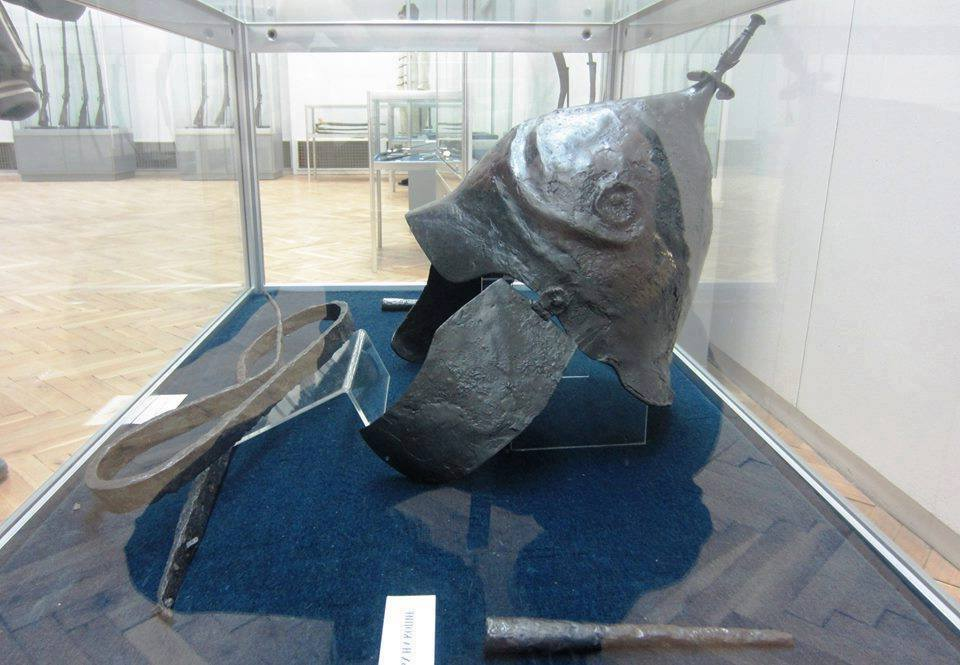
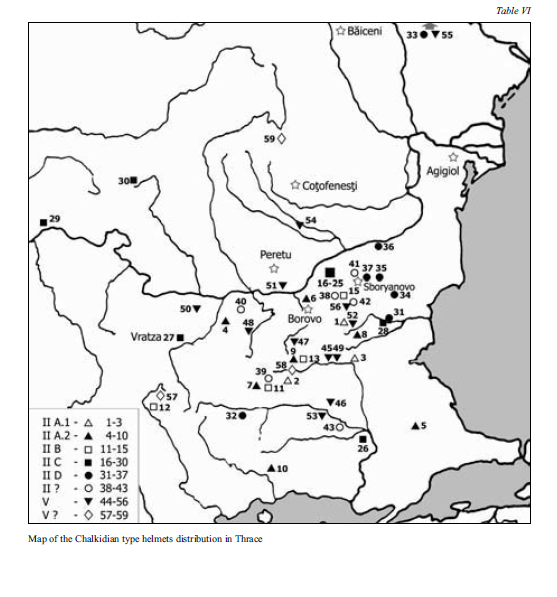
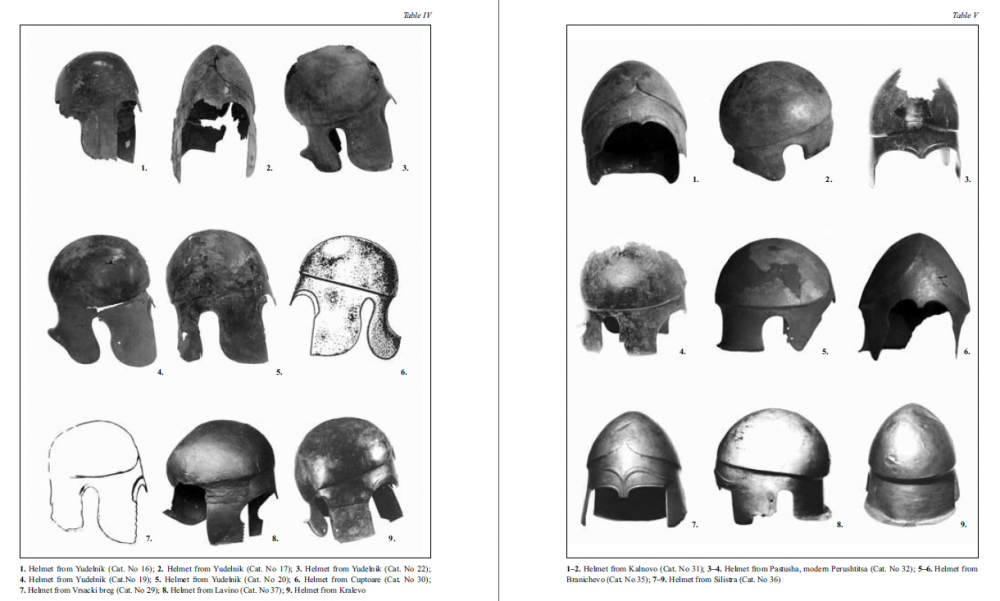
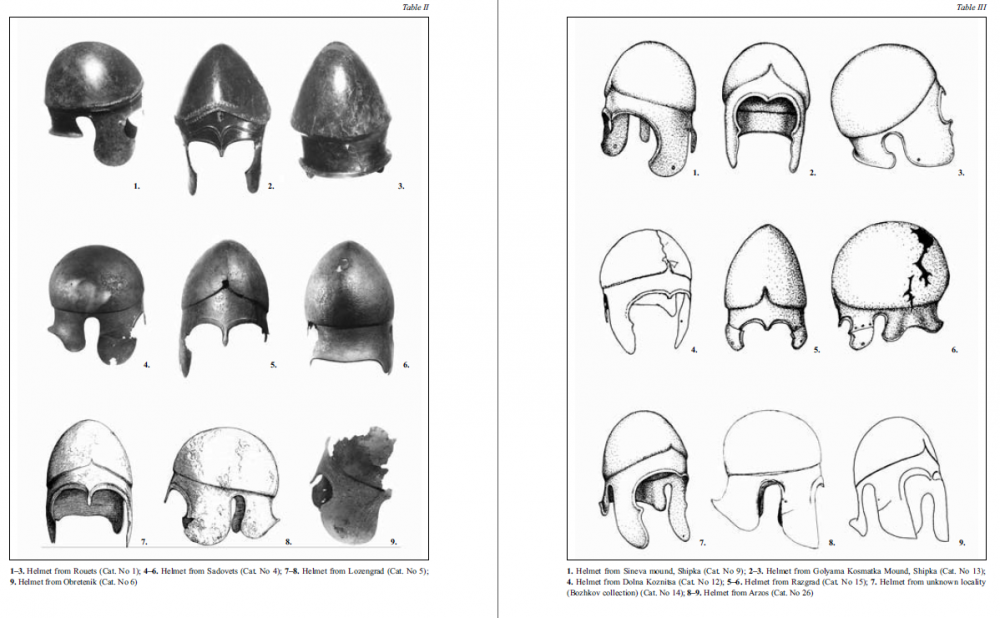
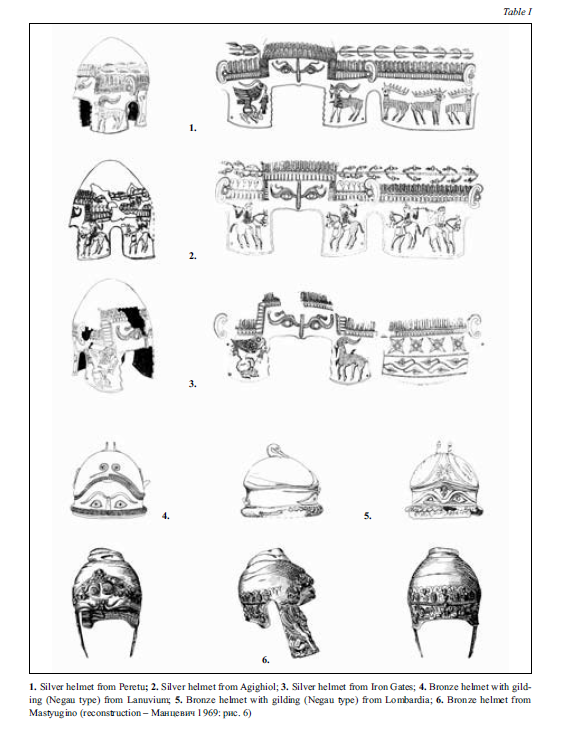
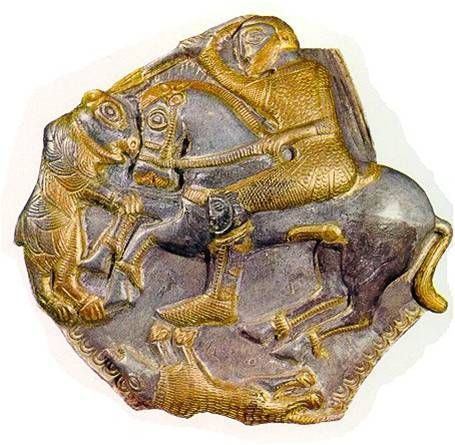
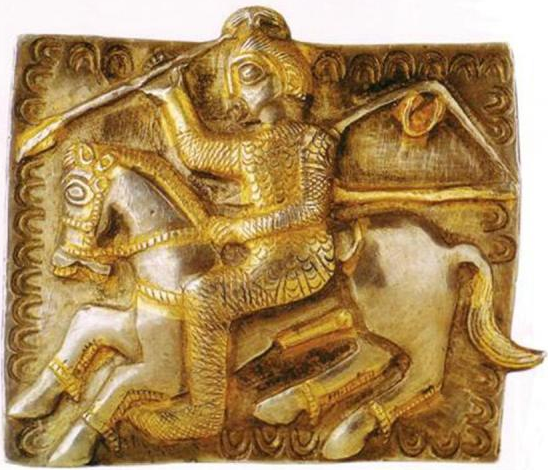
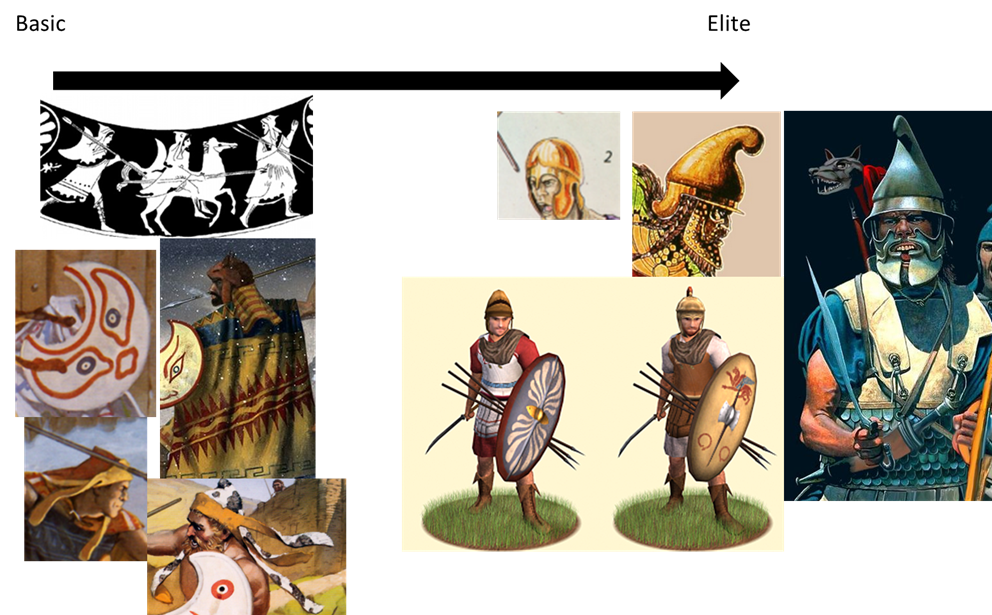
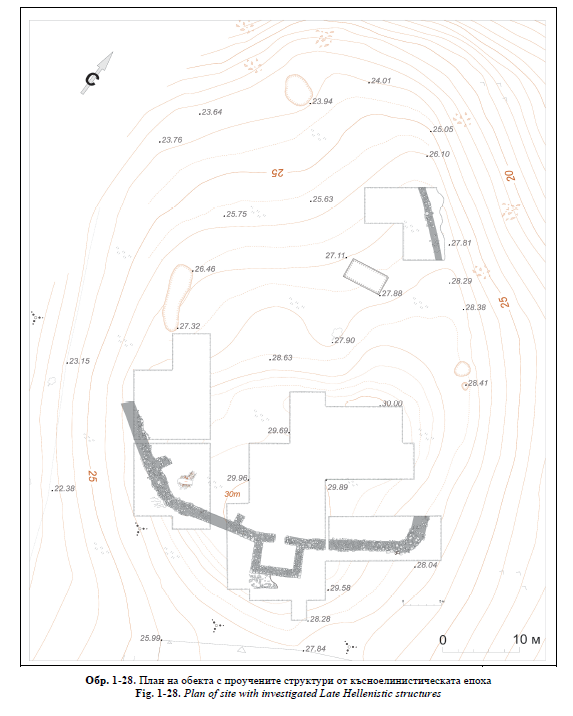
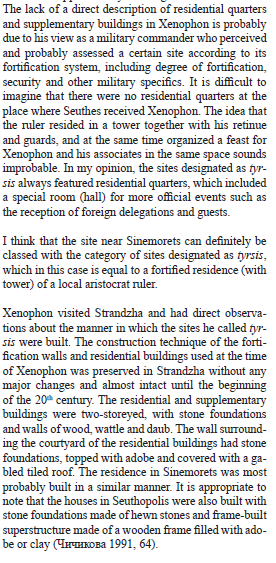
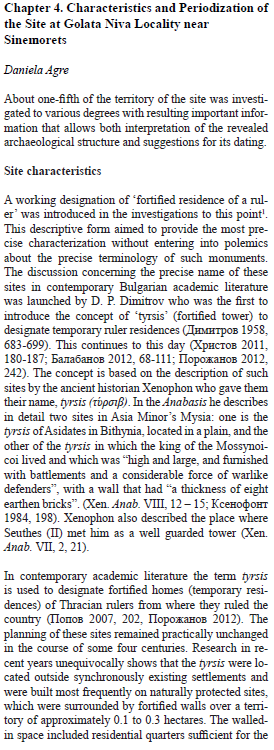
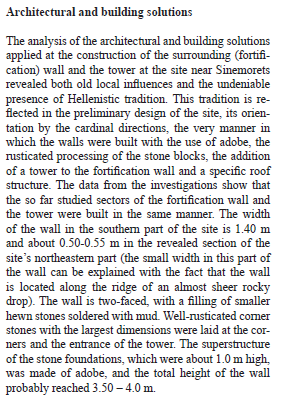
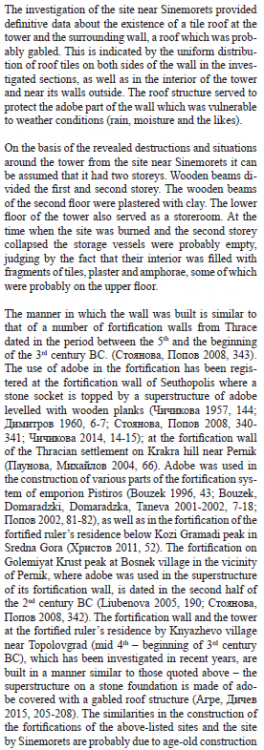
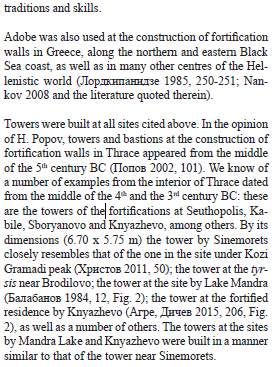
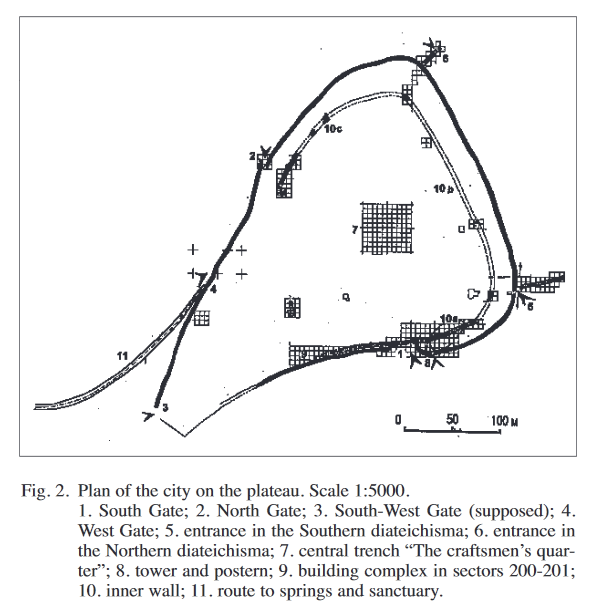
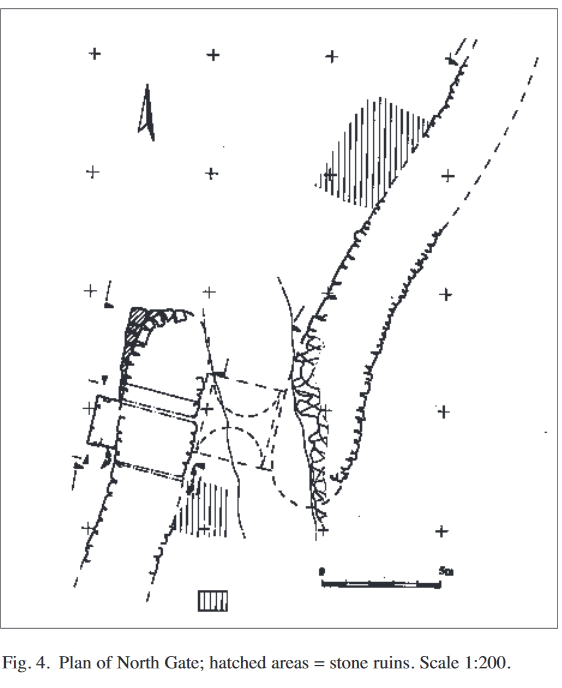
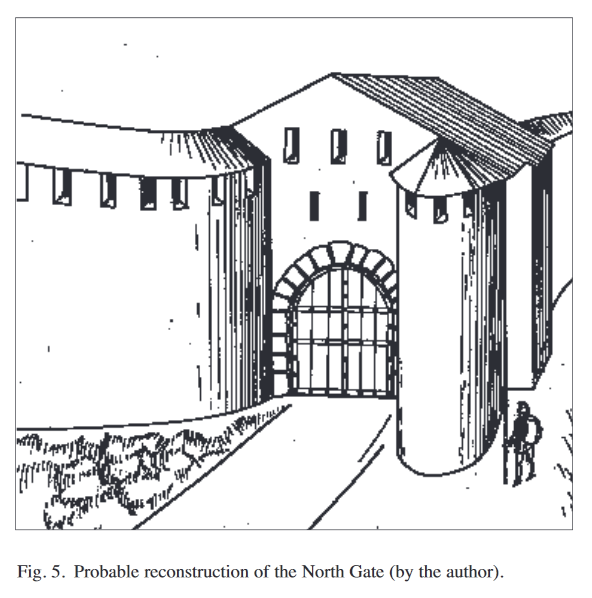
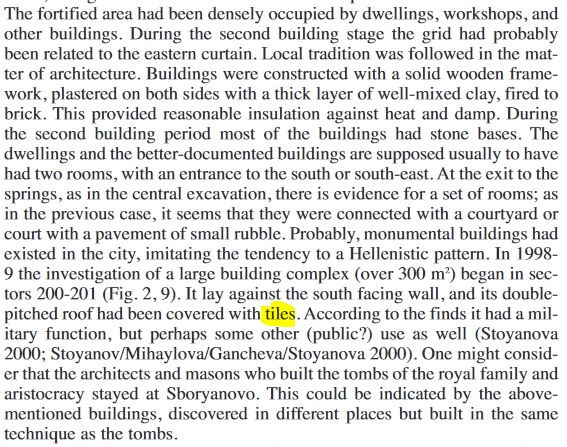


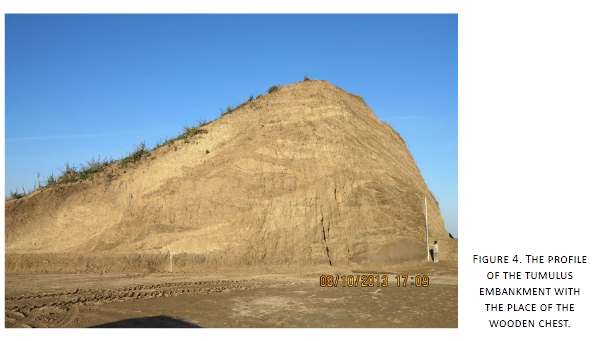
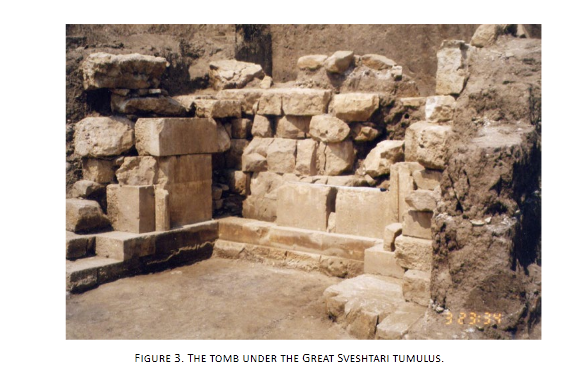
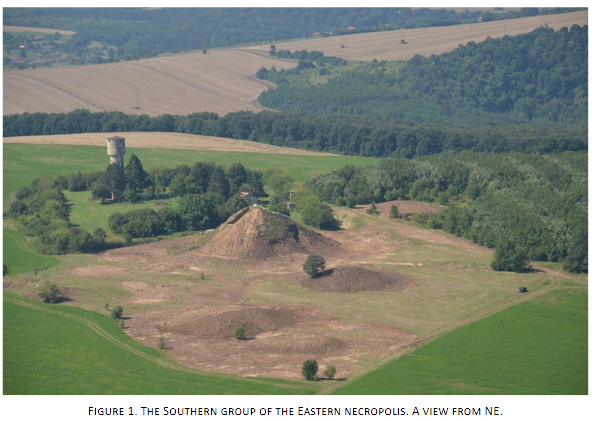
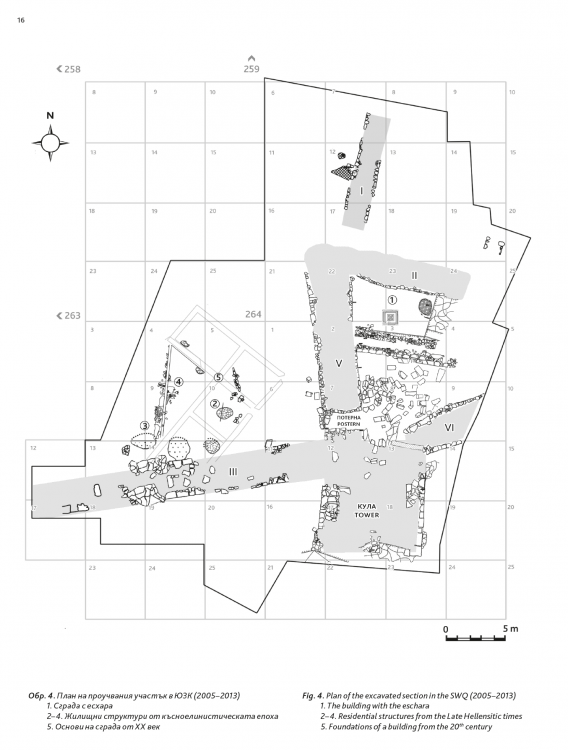
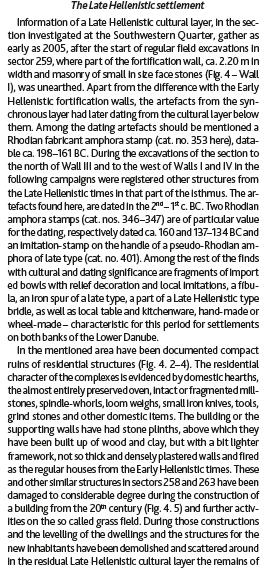
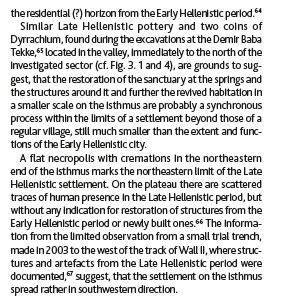
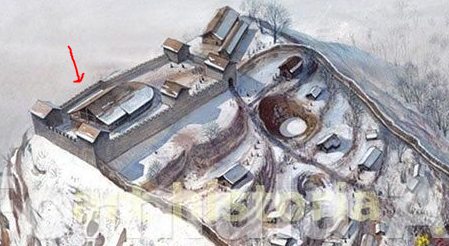

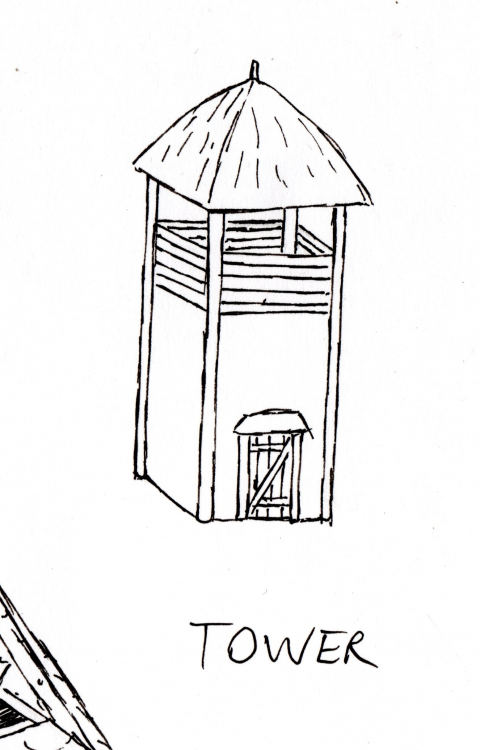
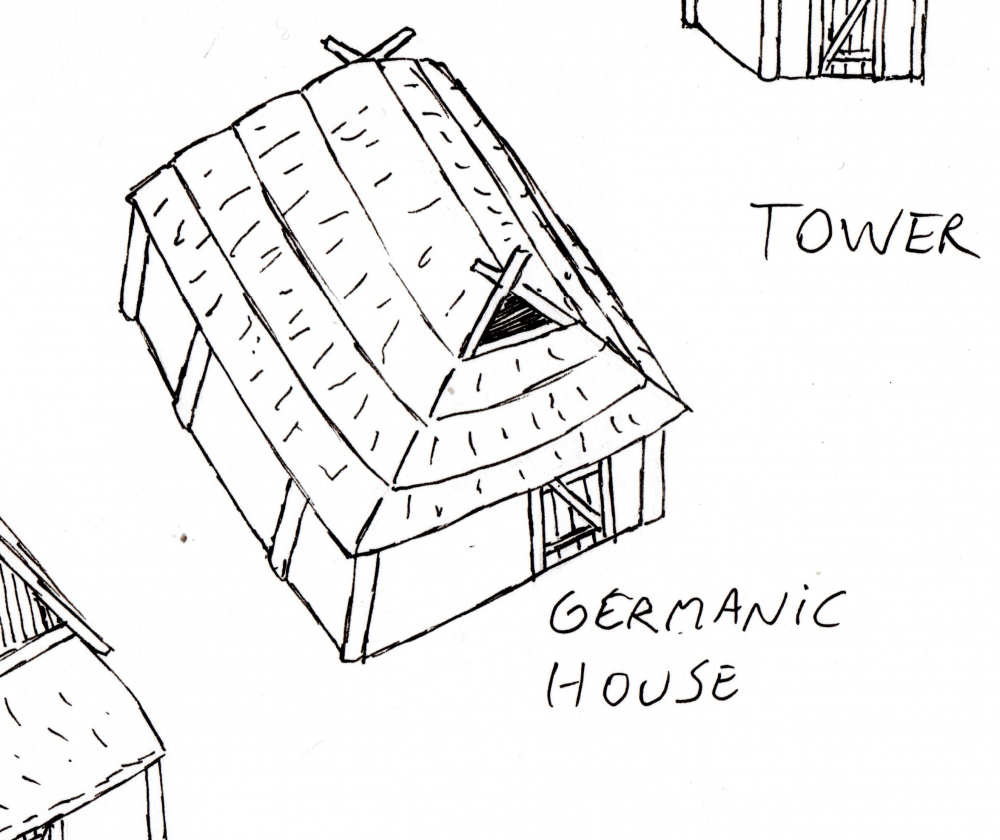
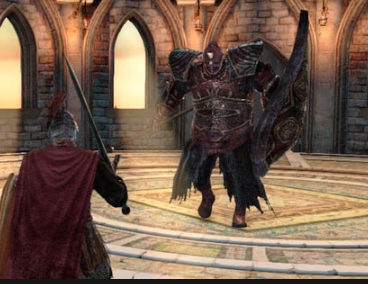
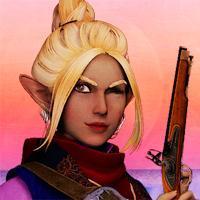
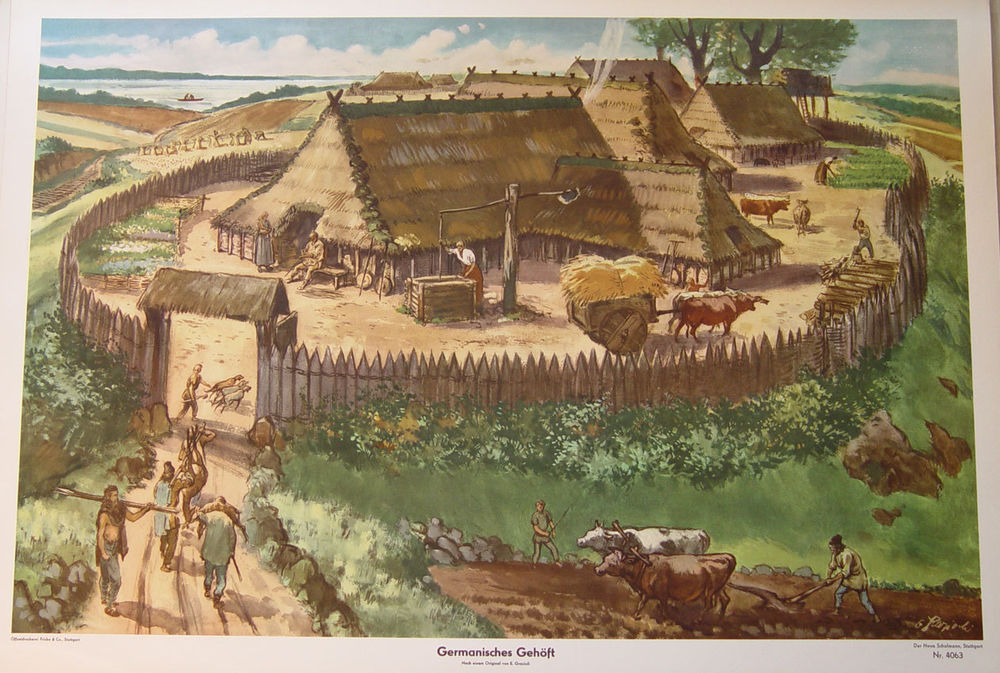
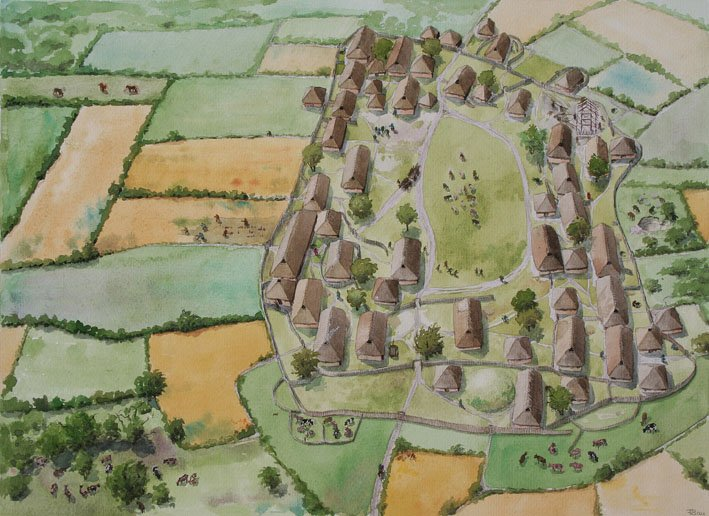
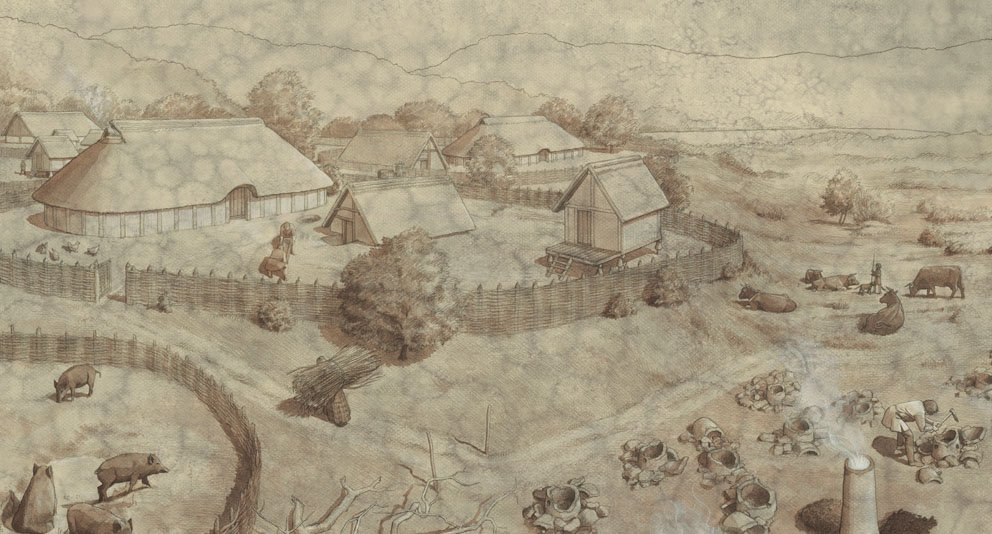
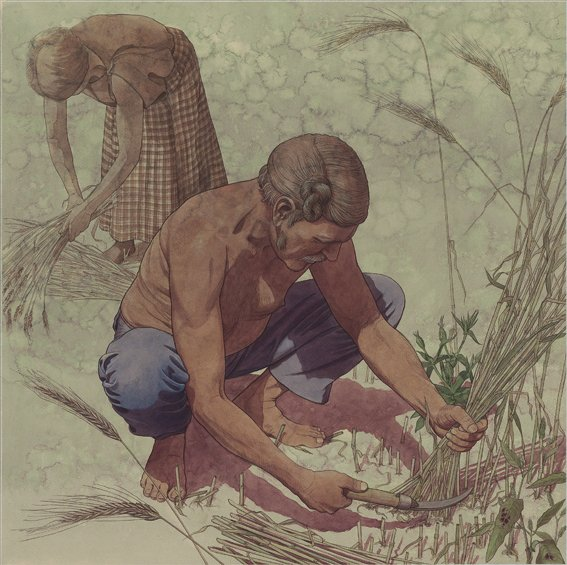
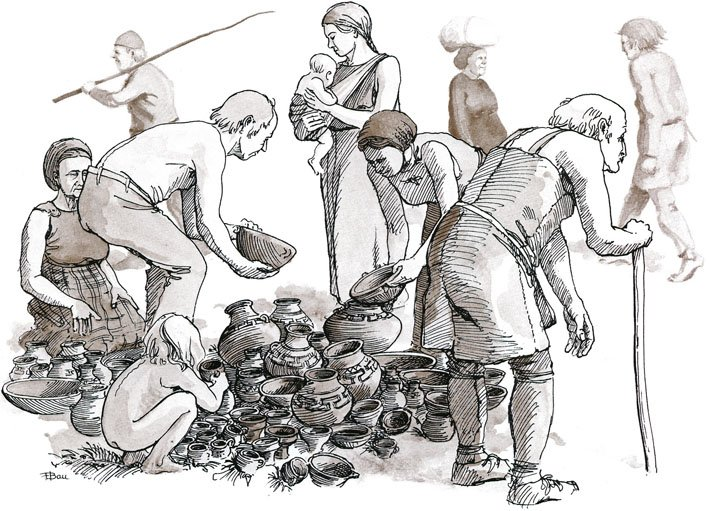

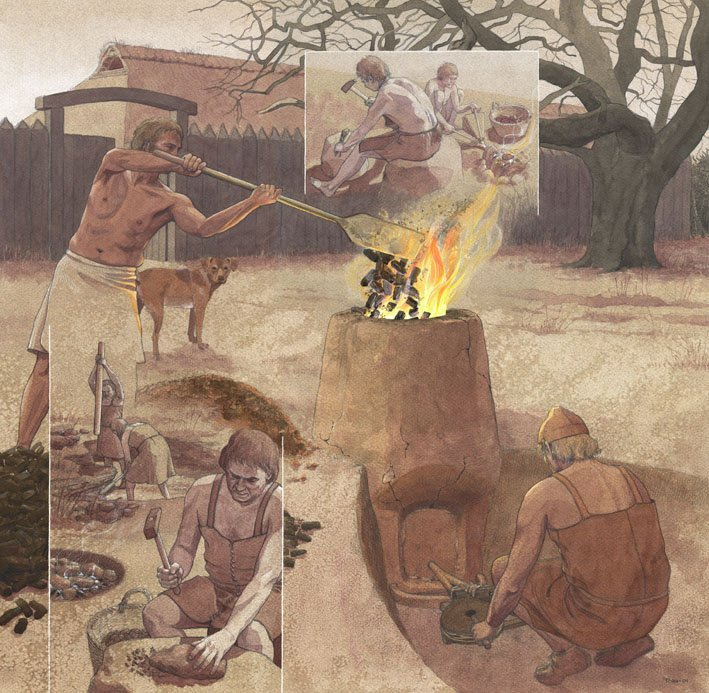
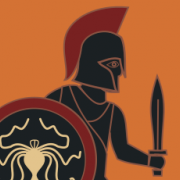
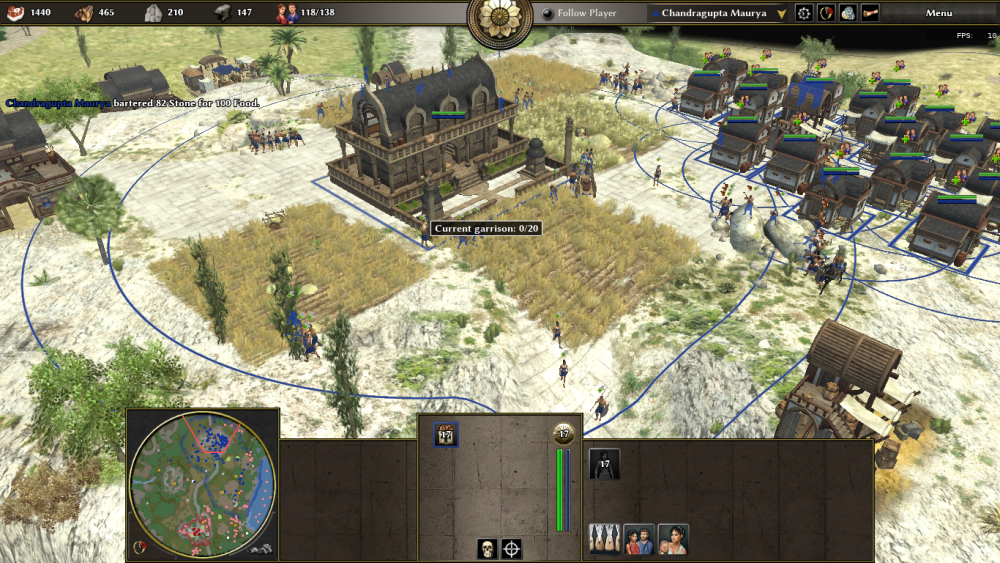
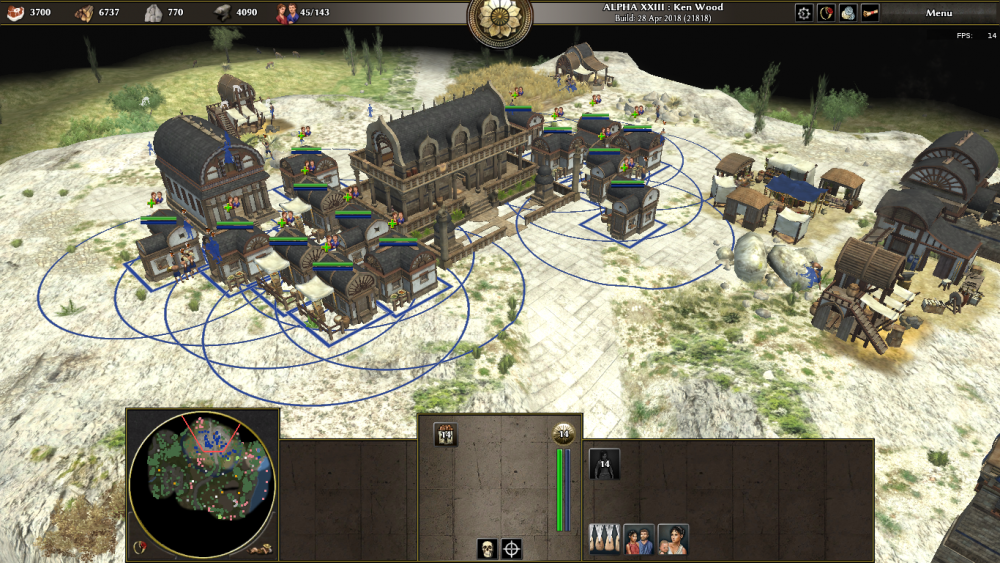
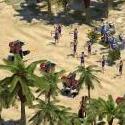


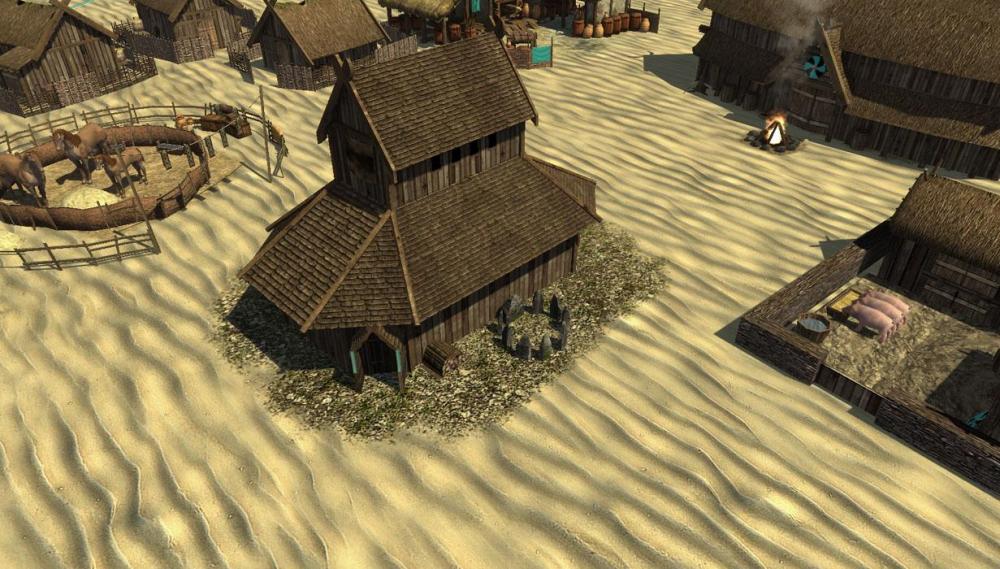
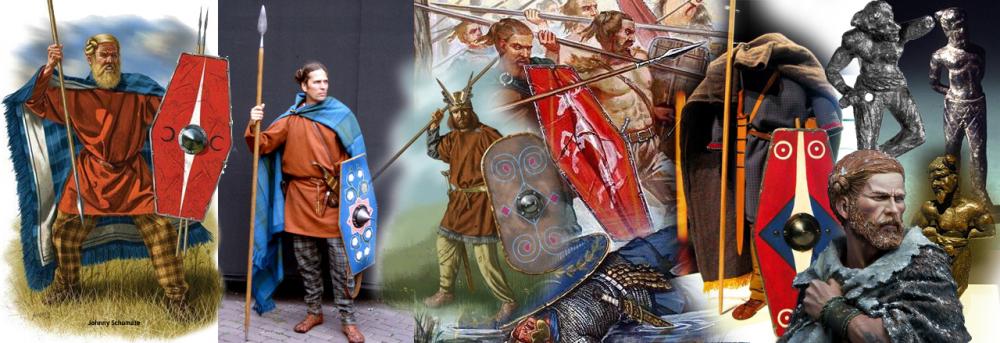
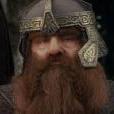
(1).thumb.gif.b5909d3df98a8ec15dc452423f219bc5.gif)

